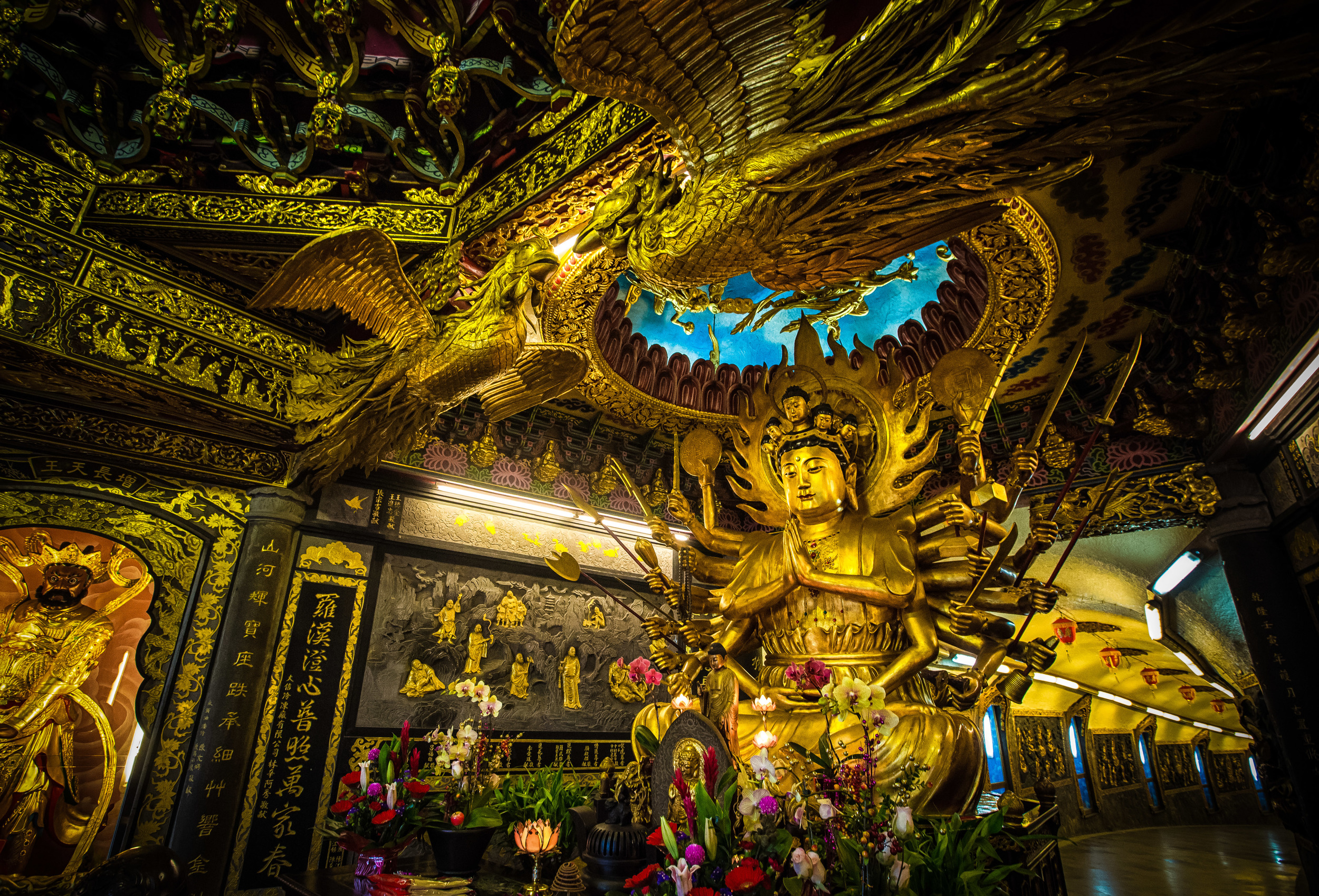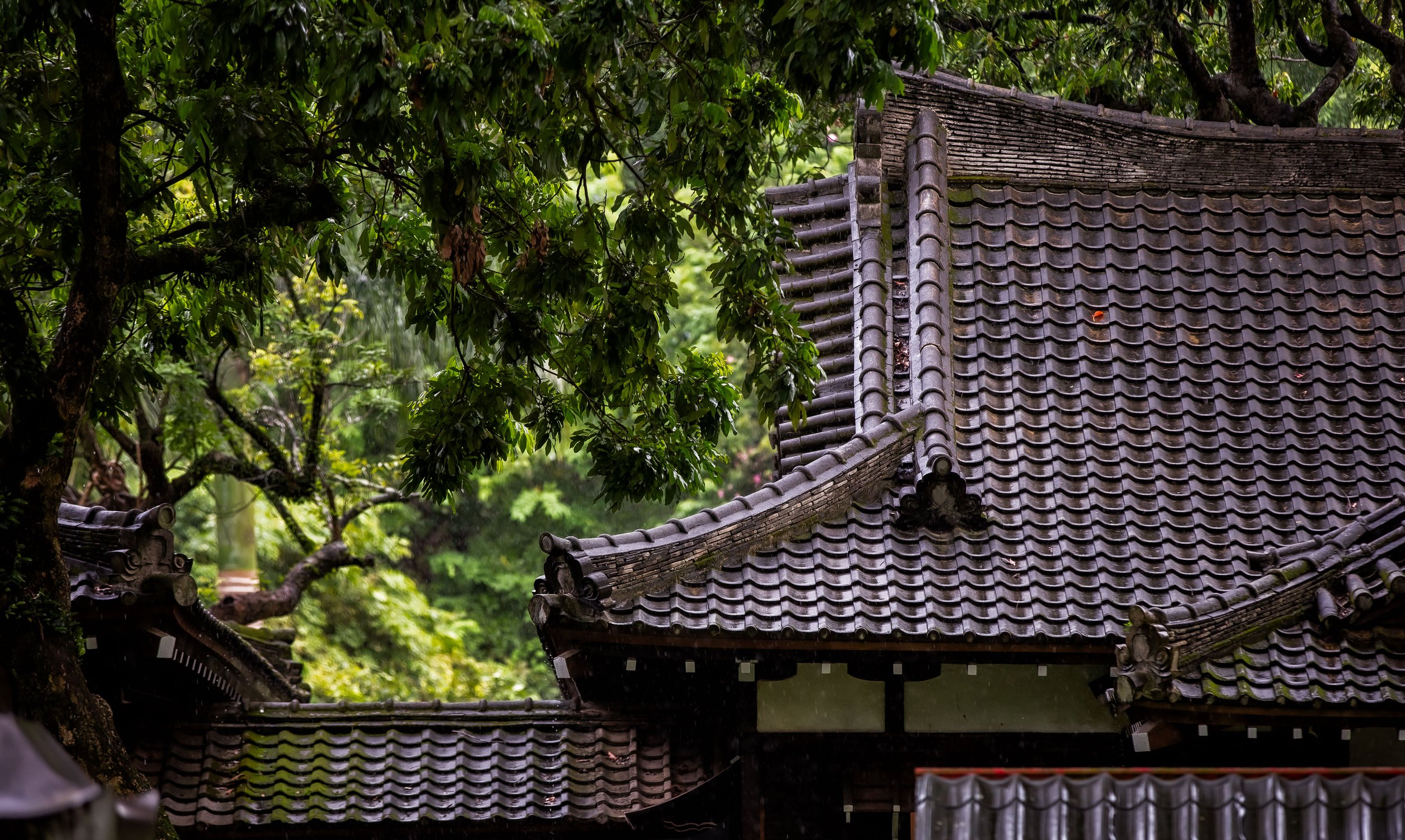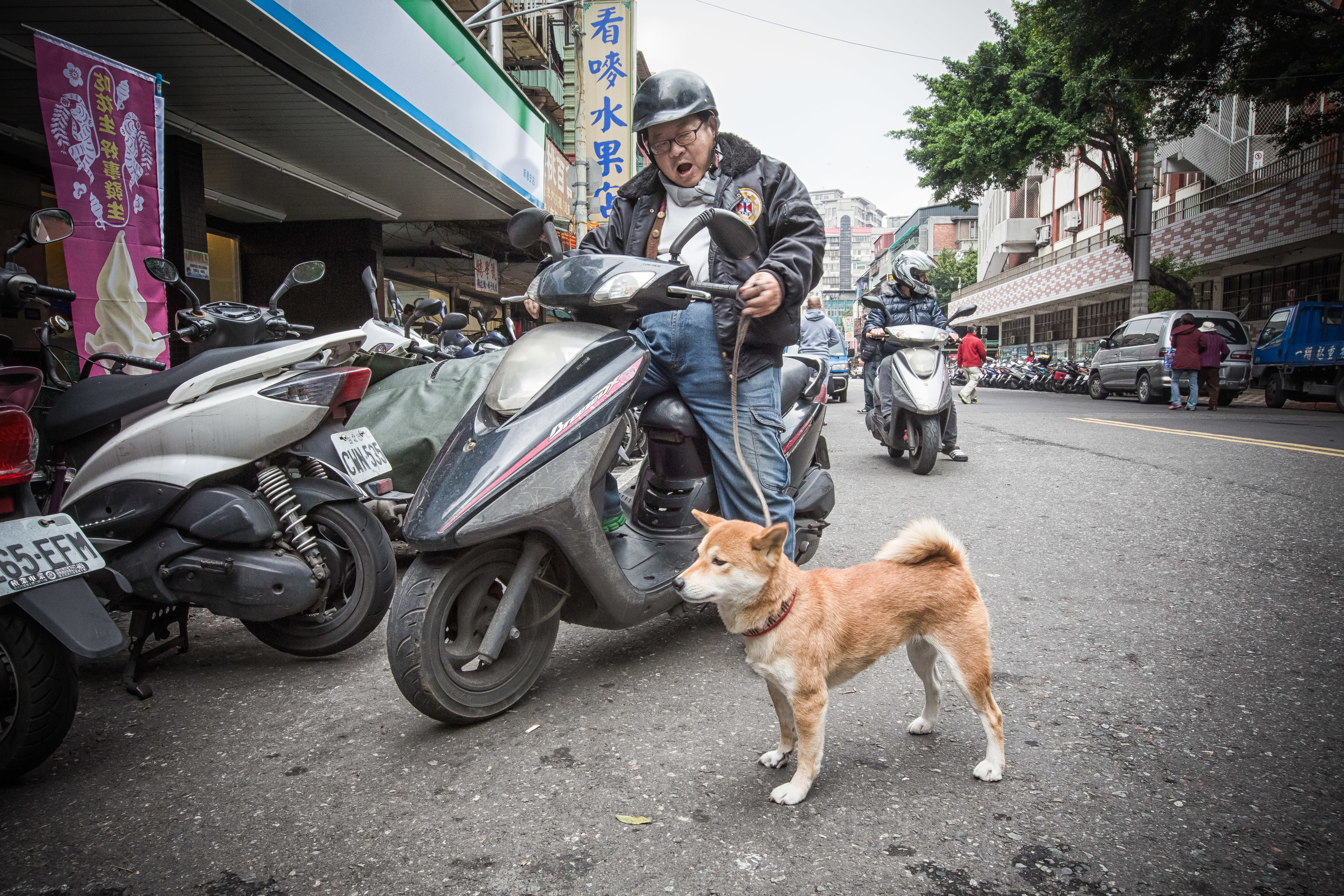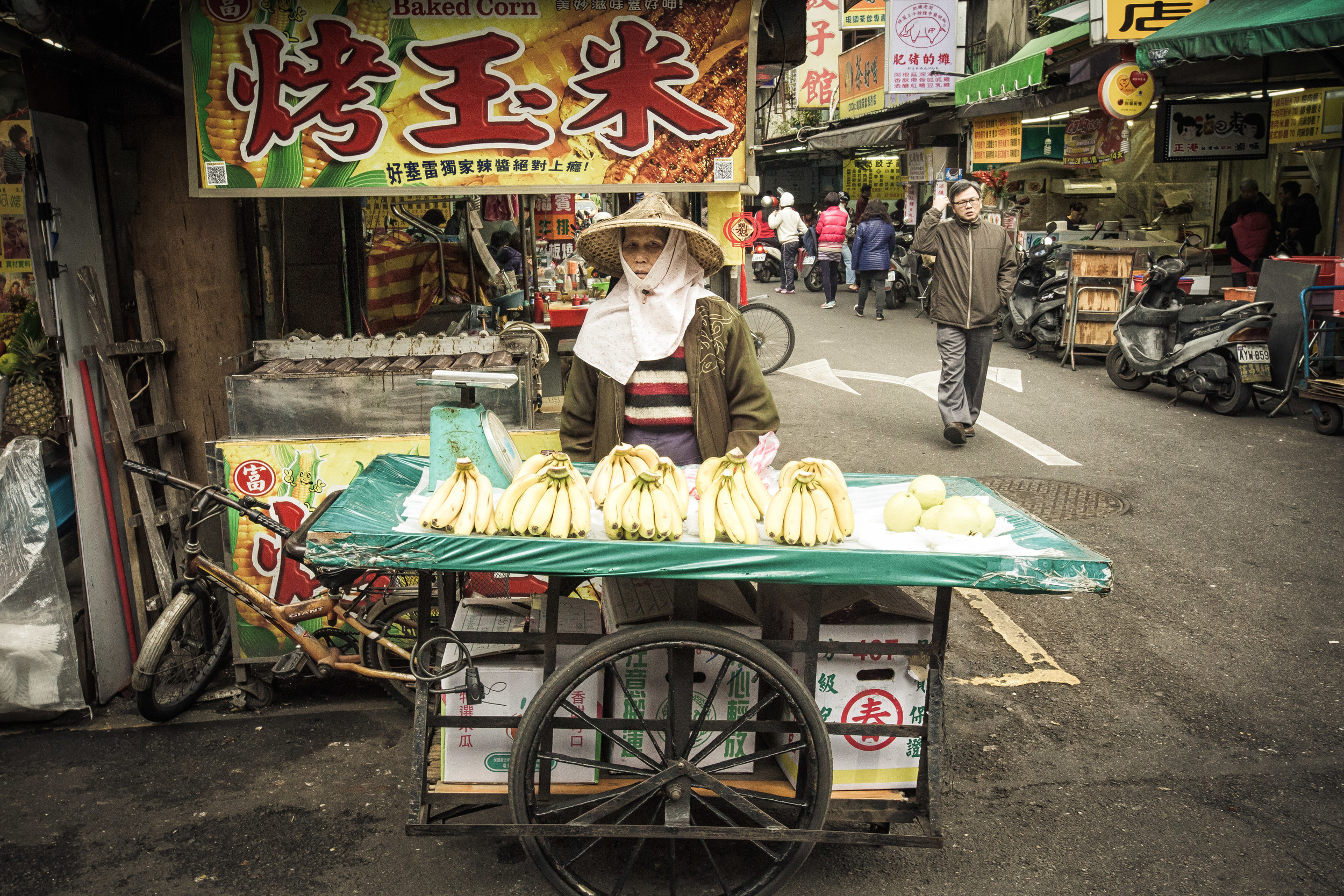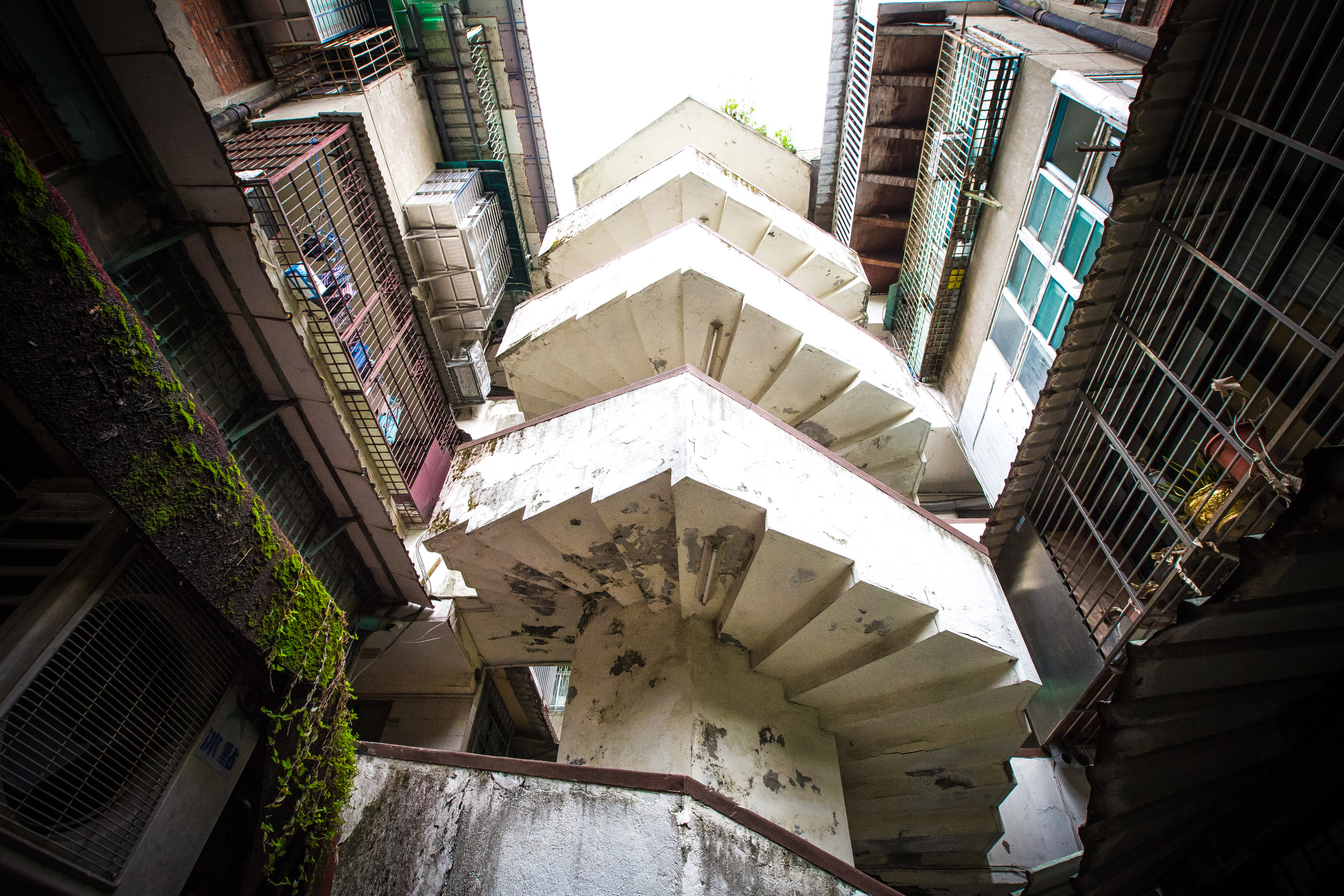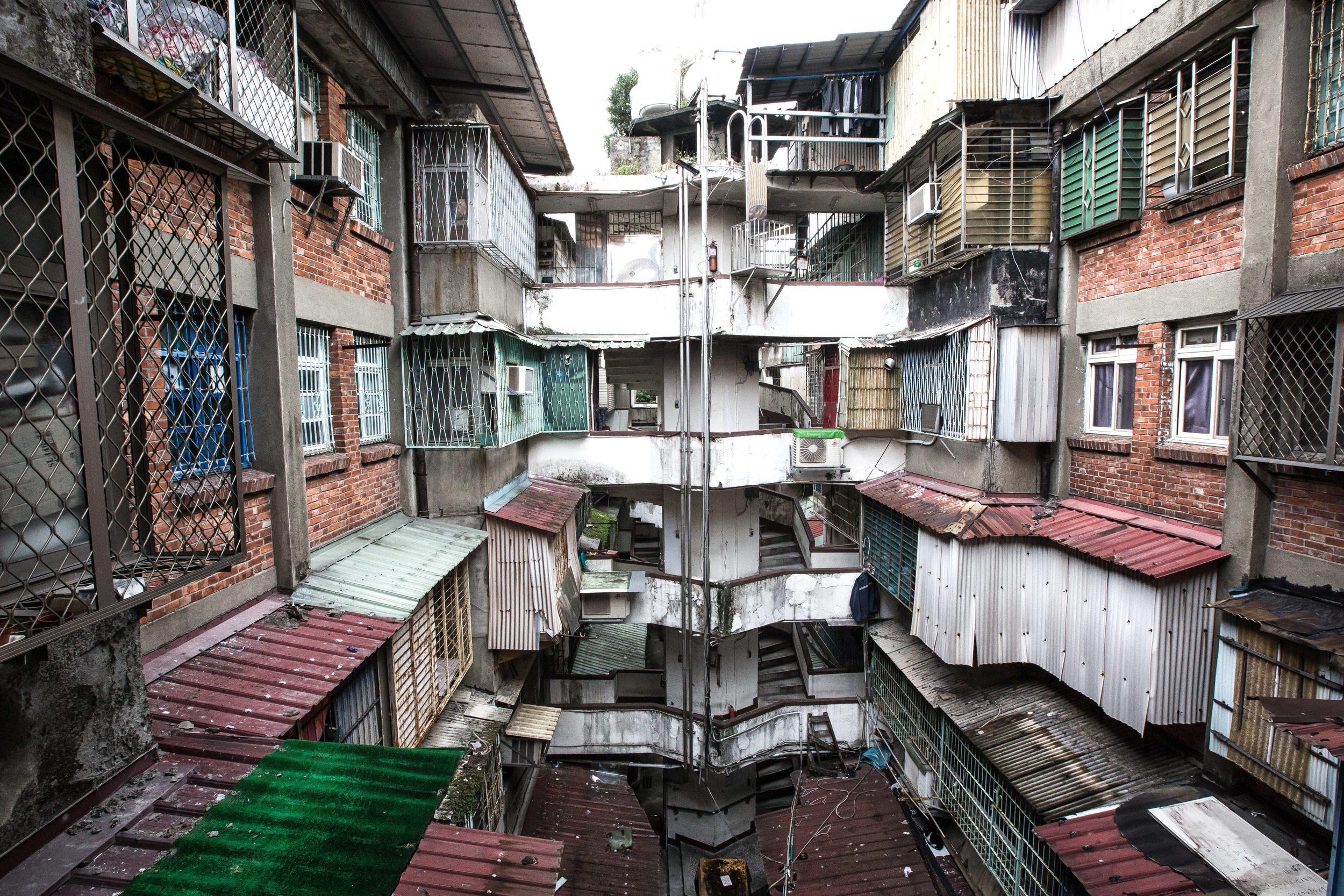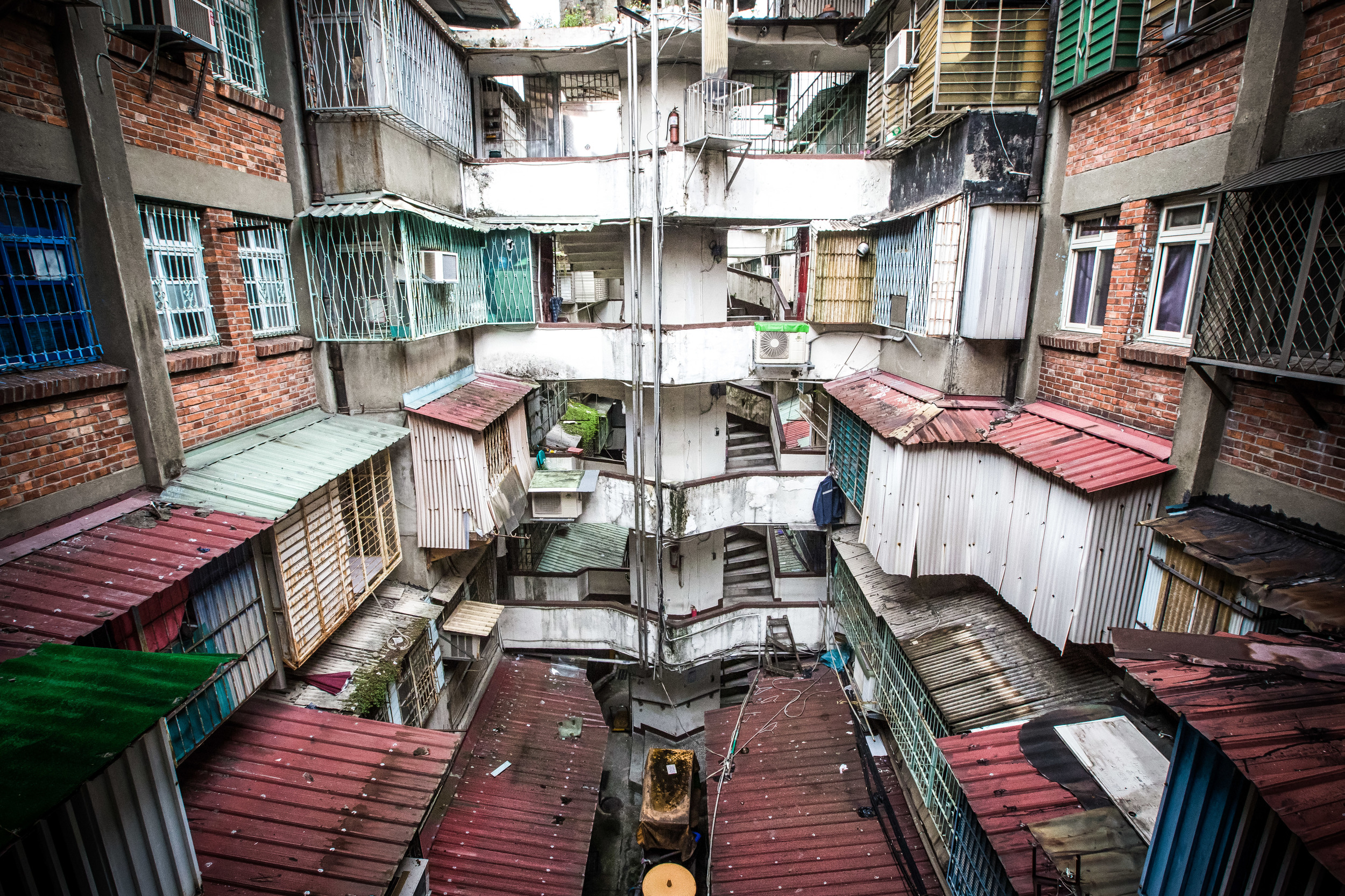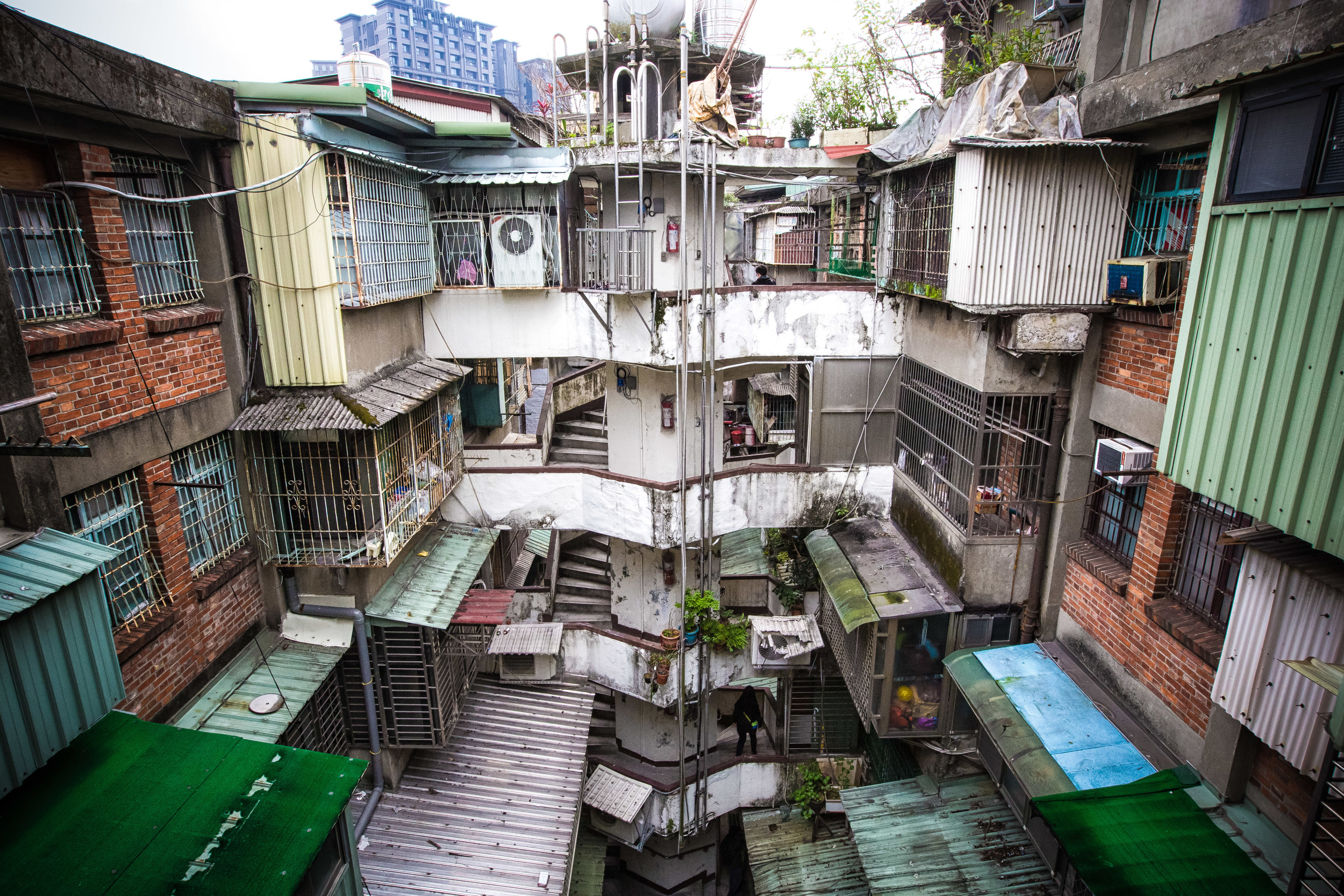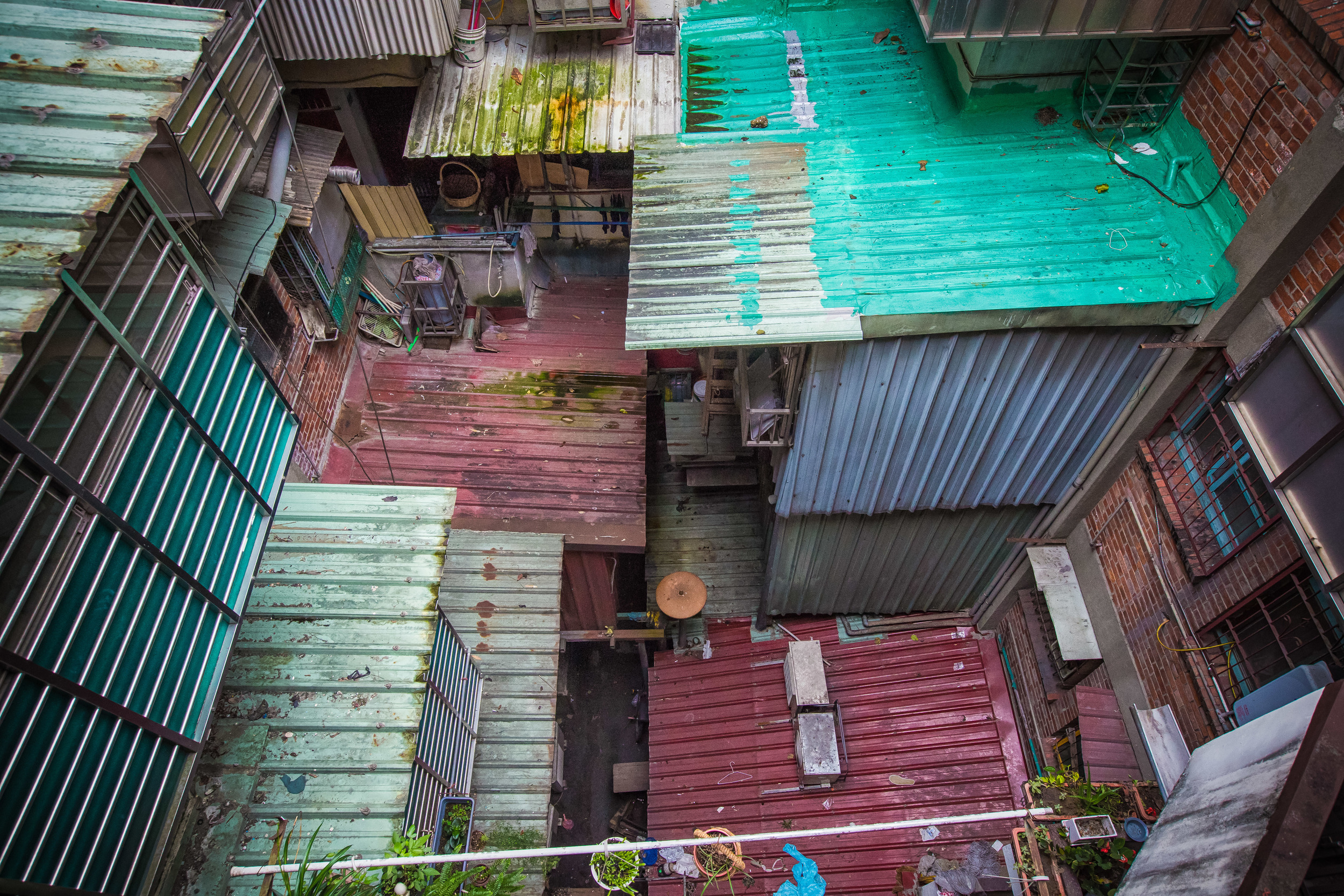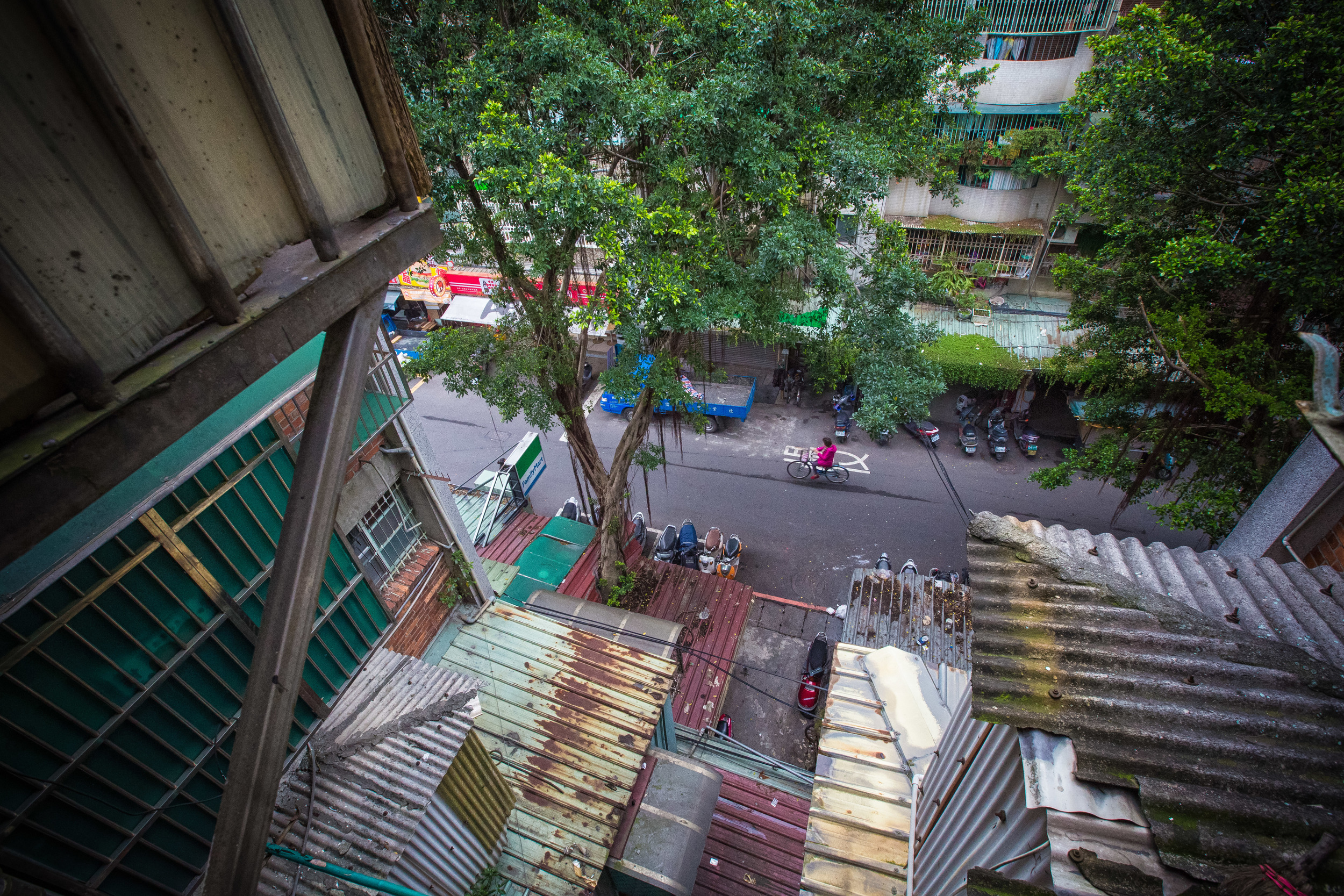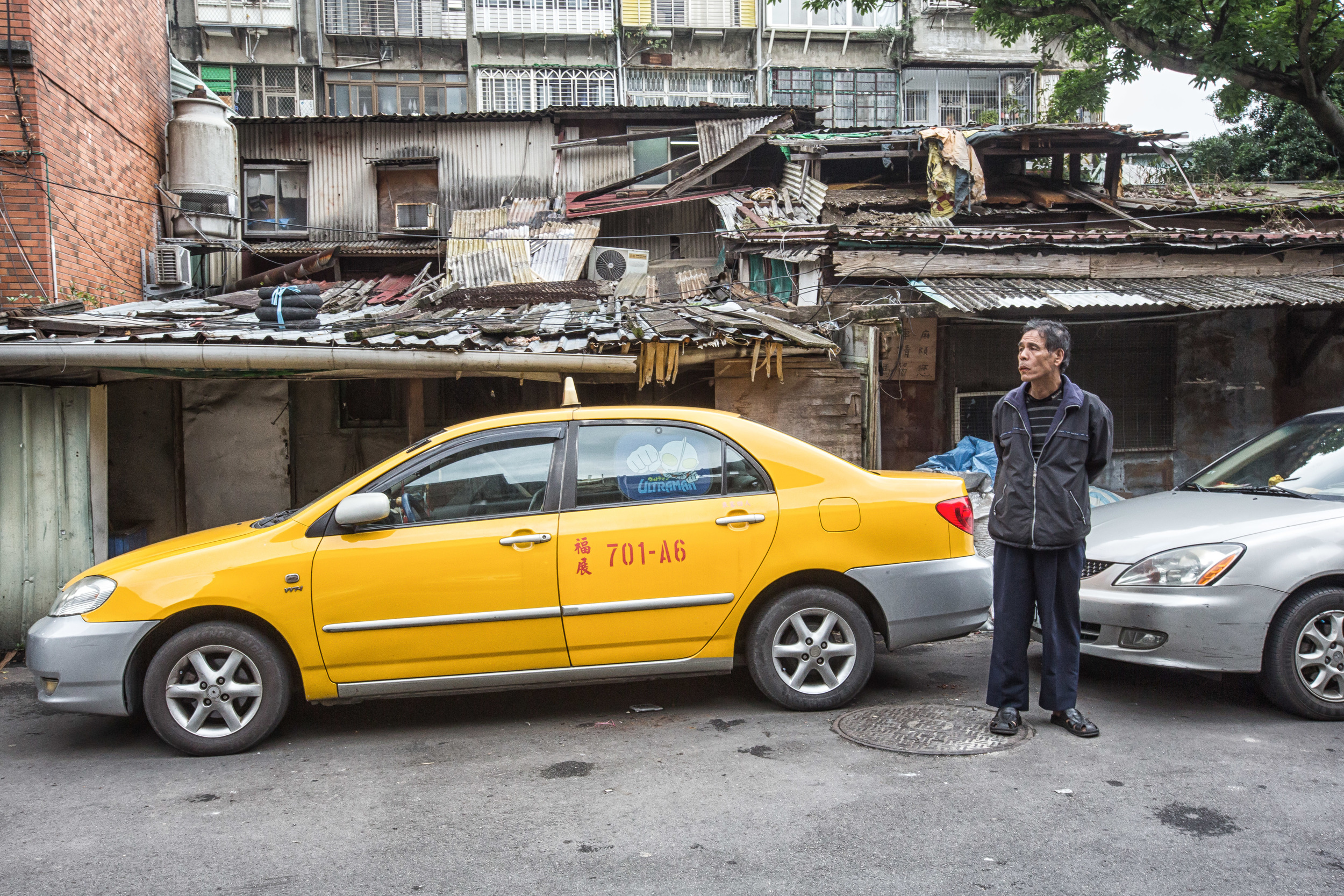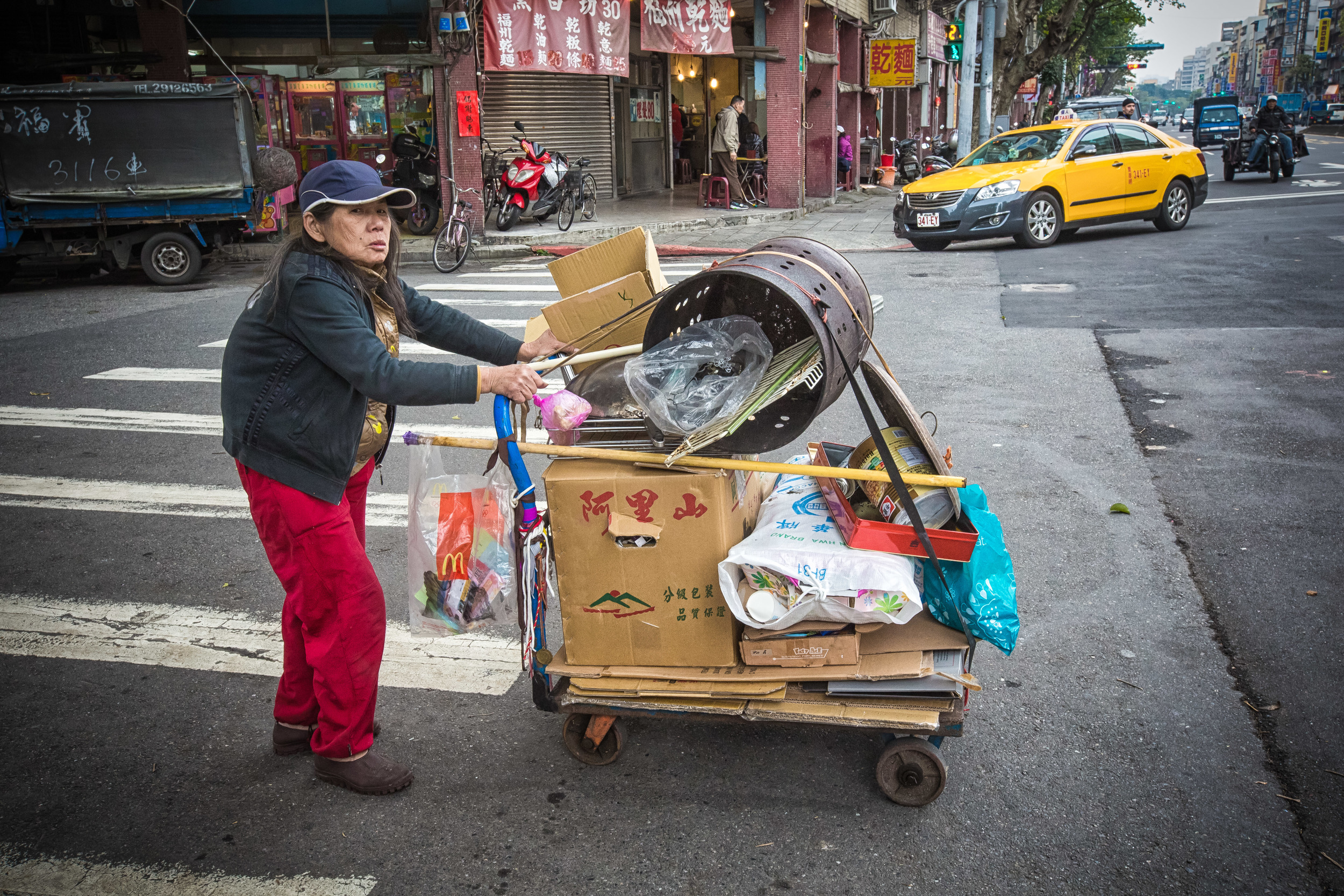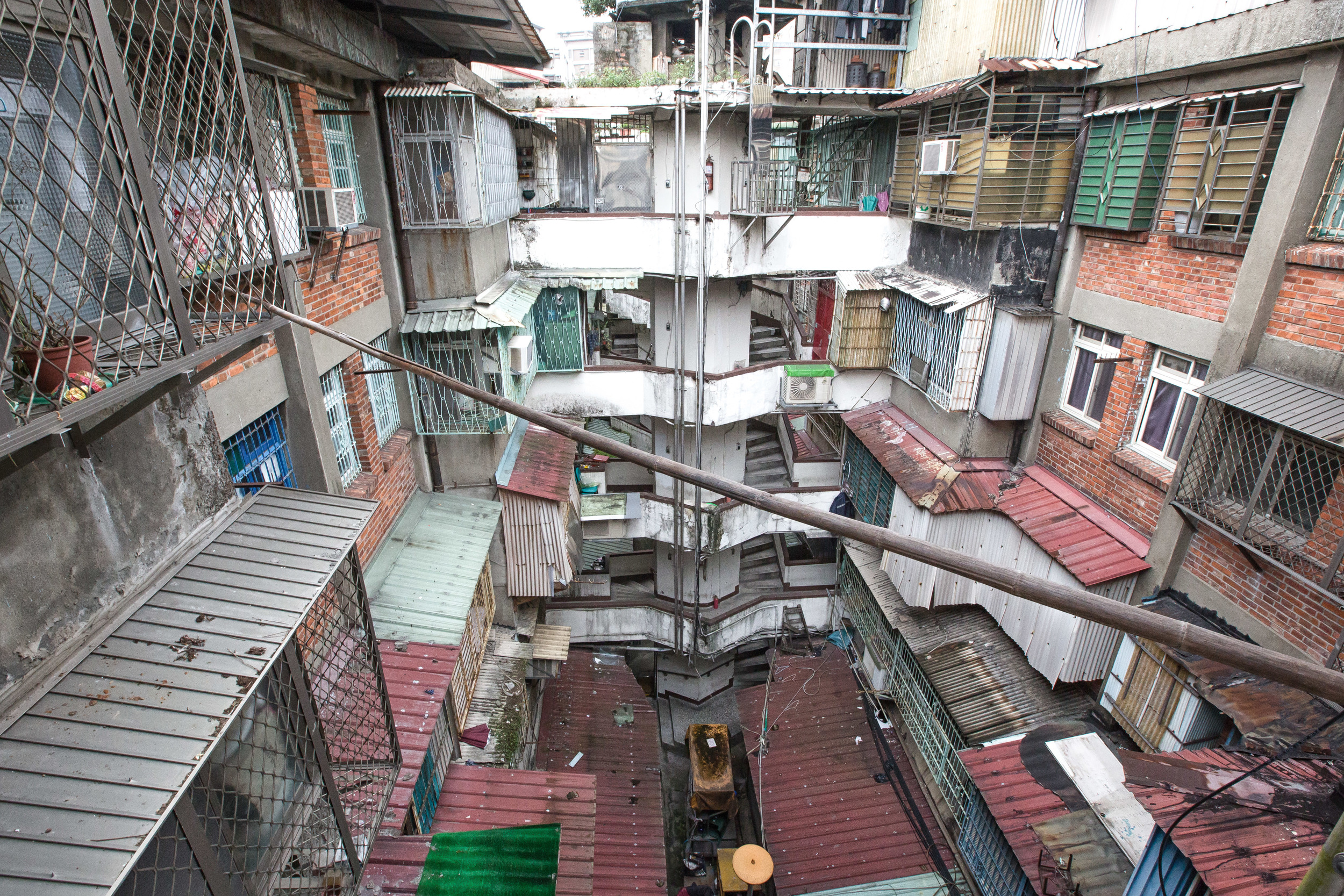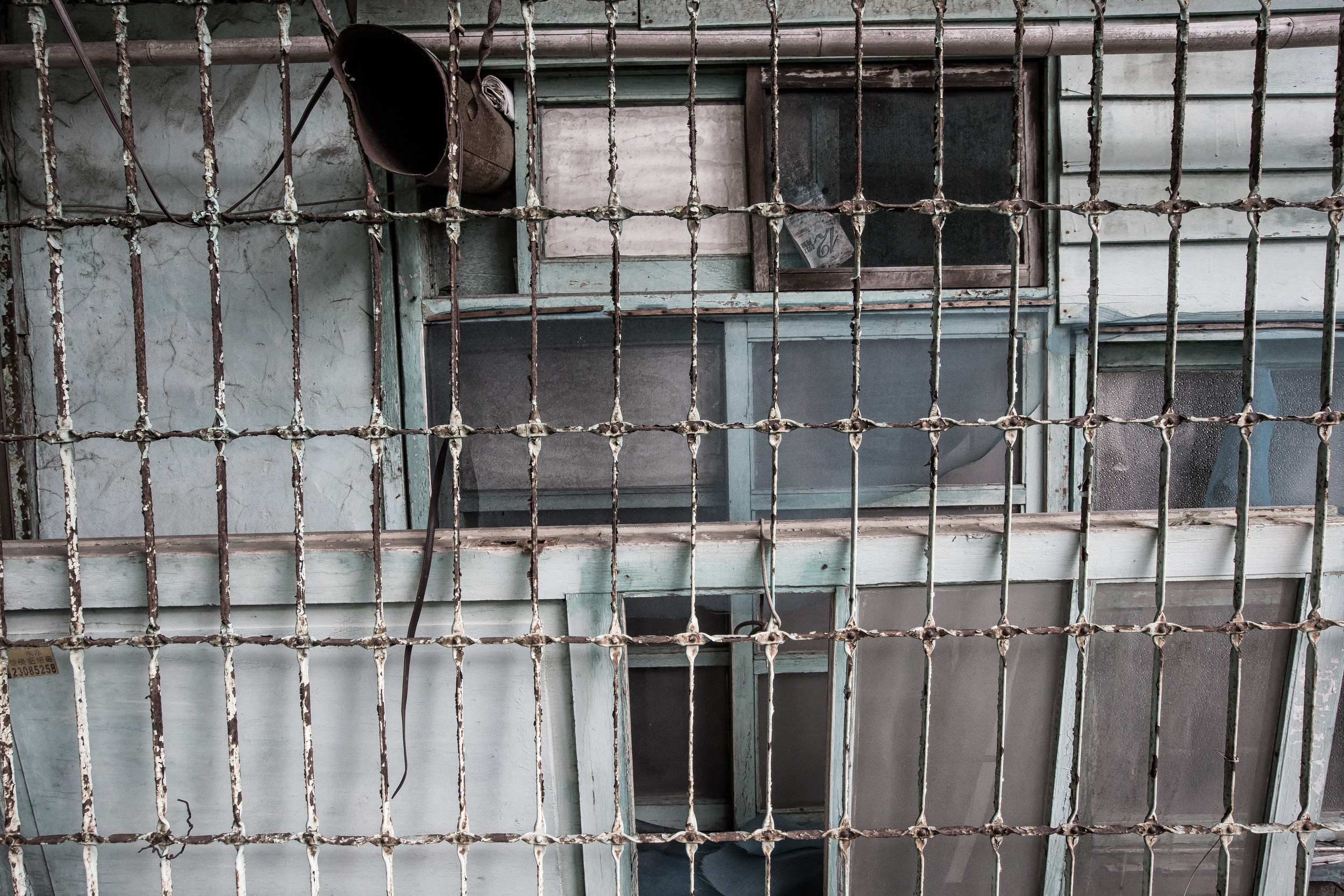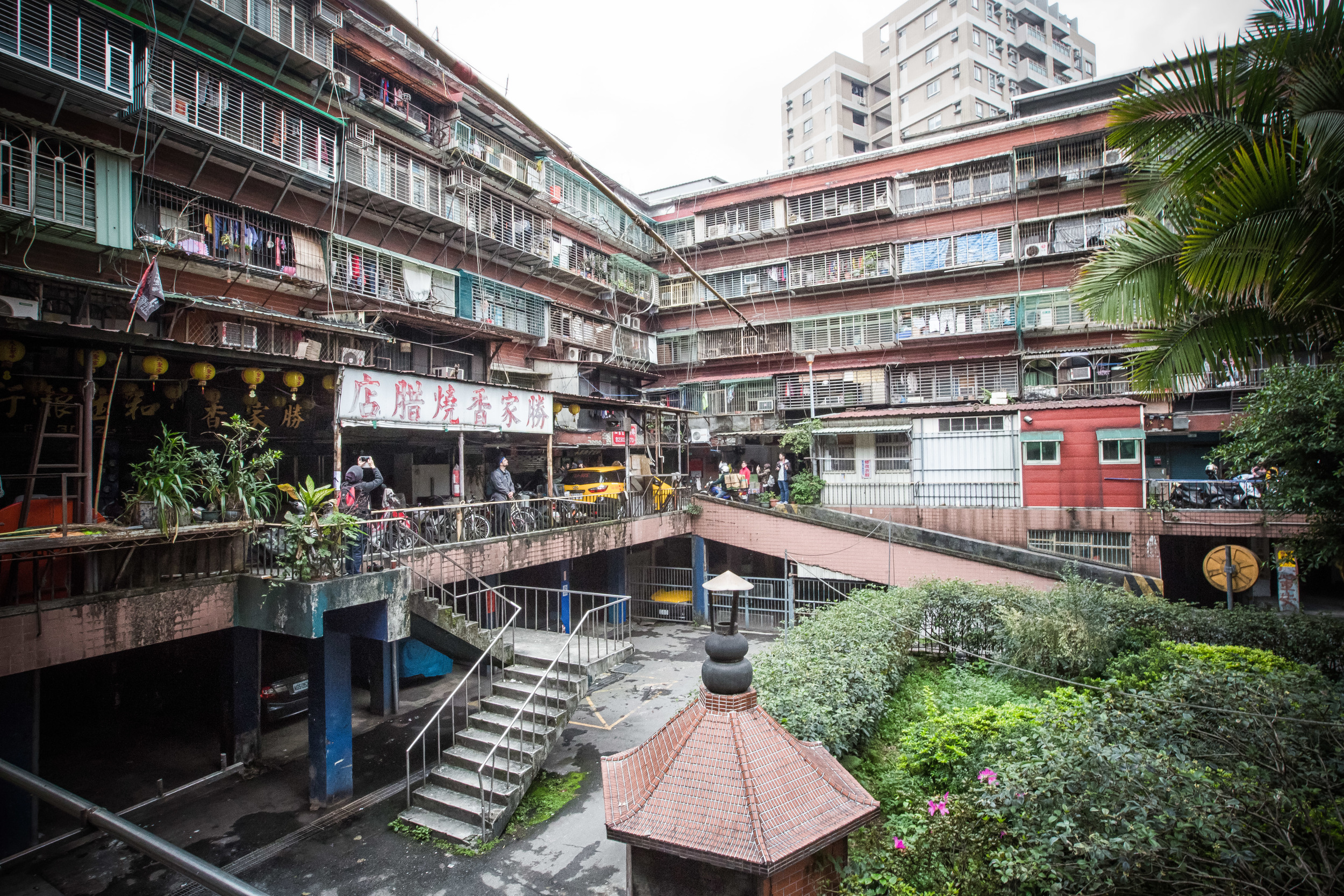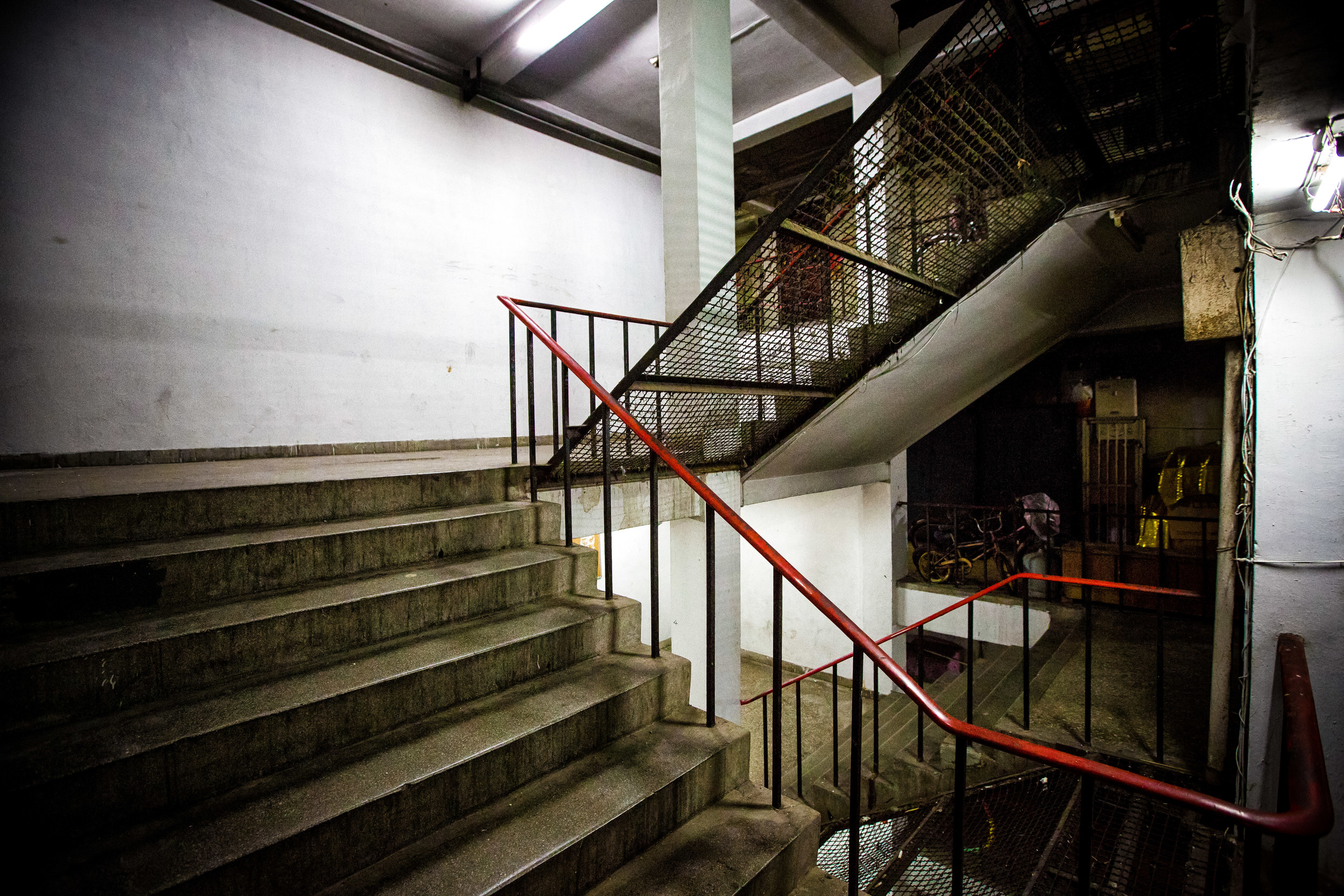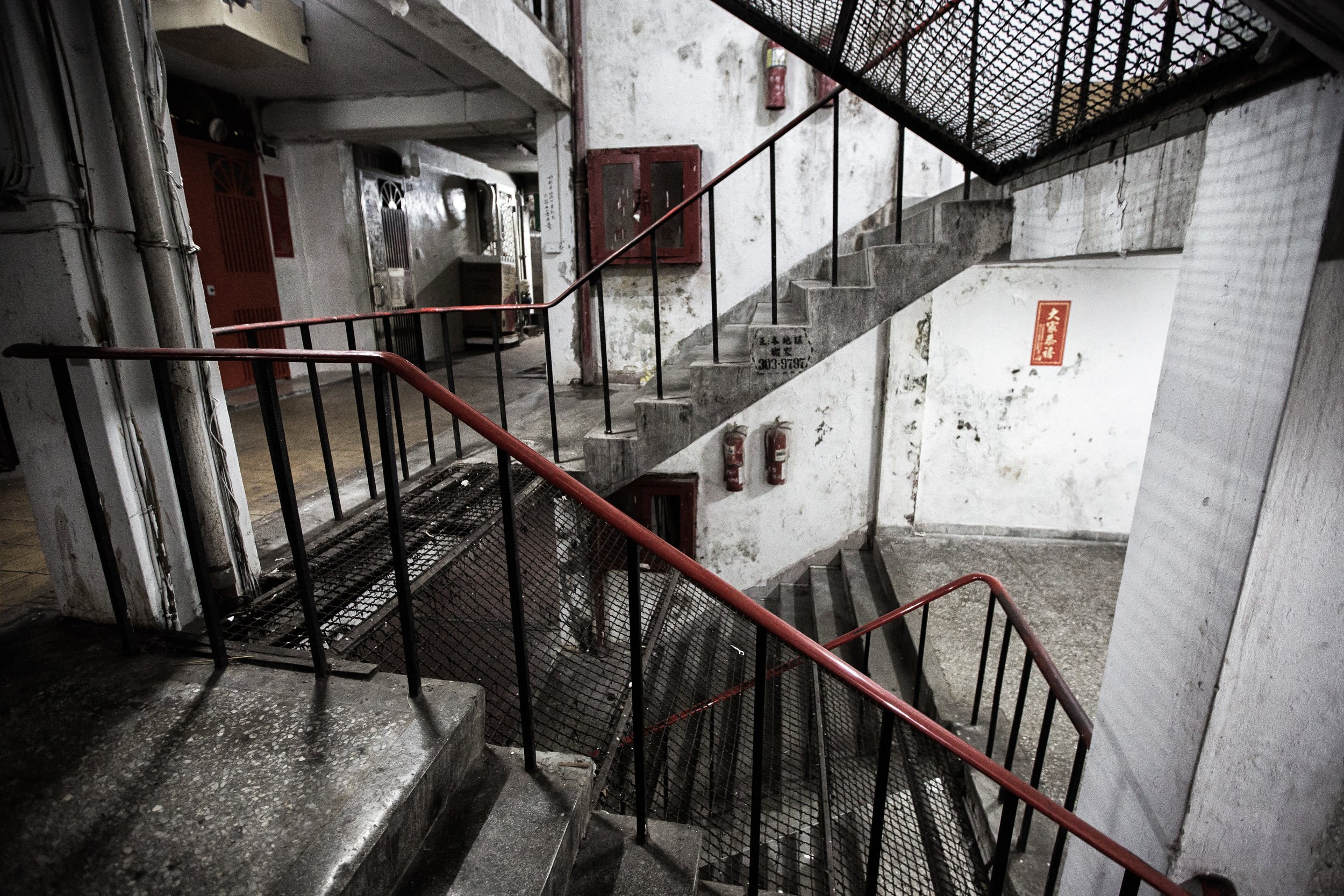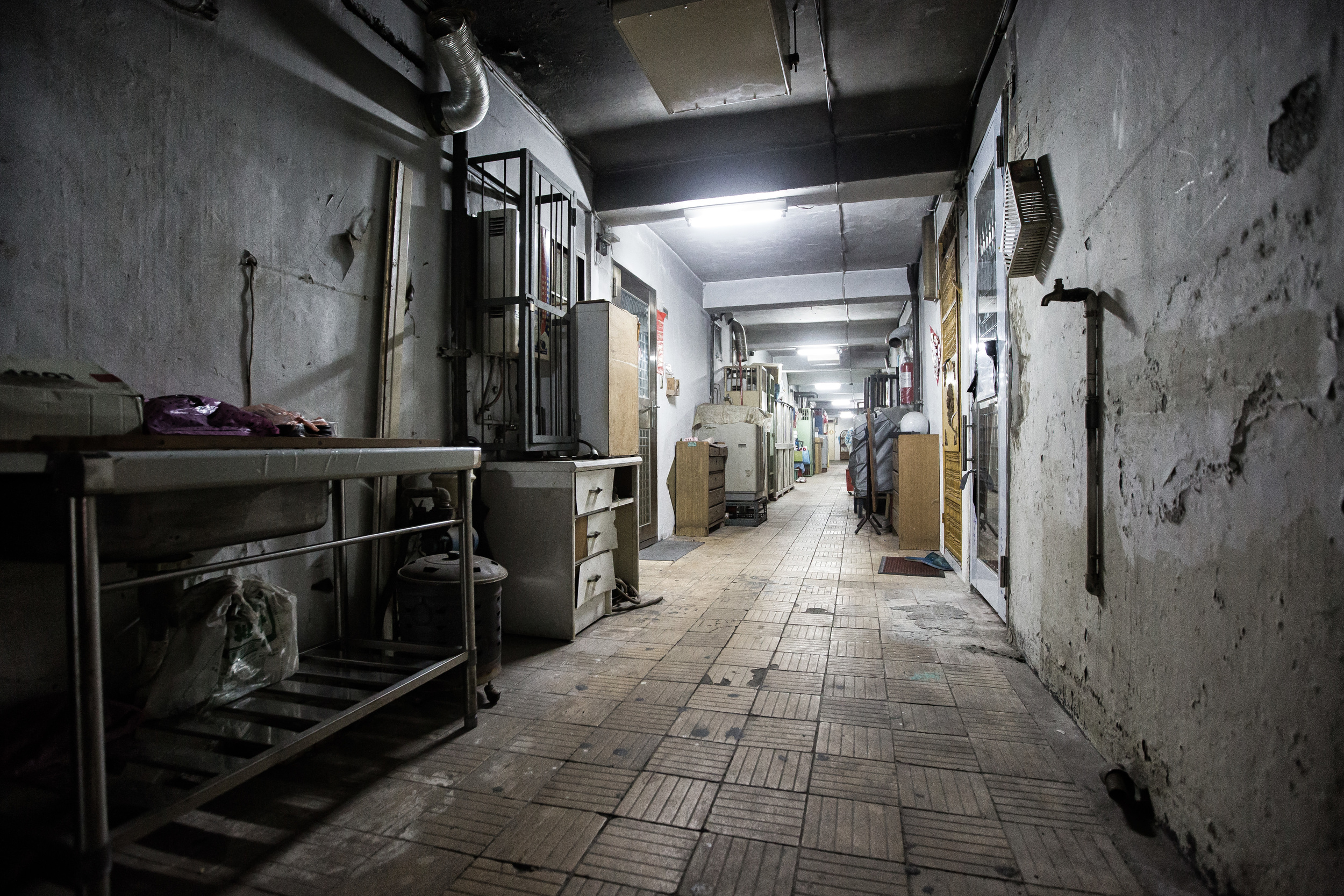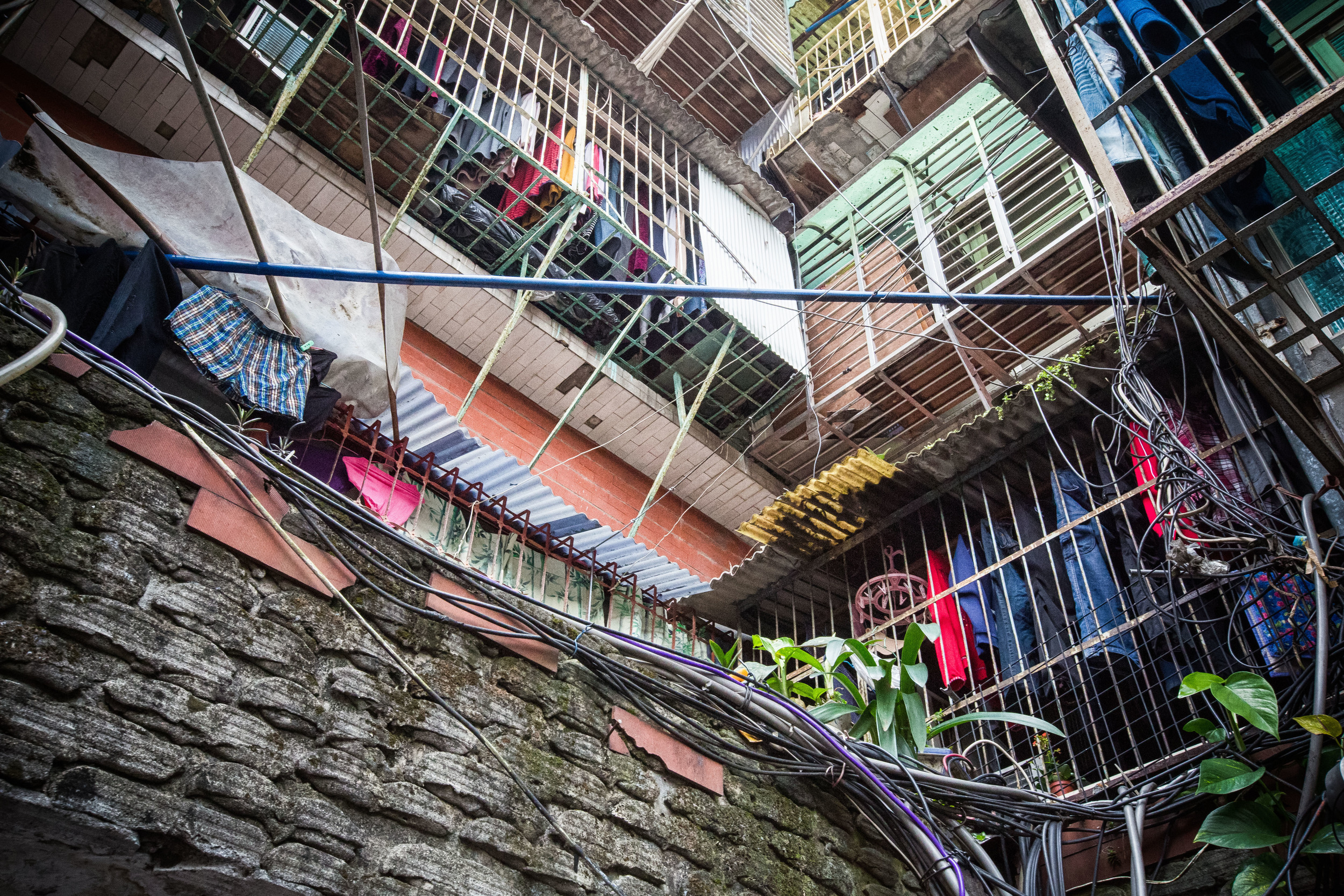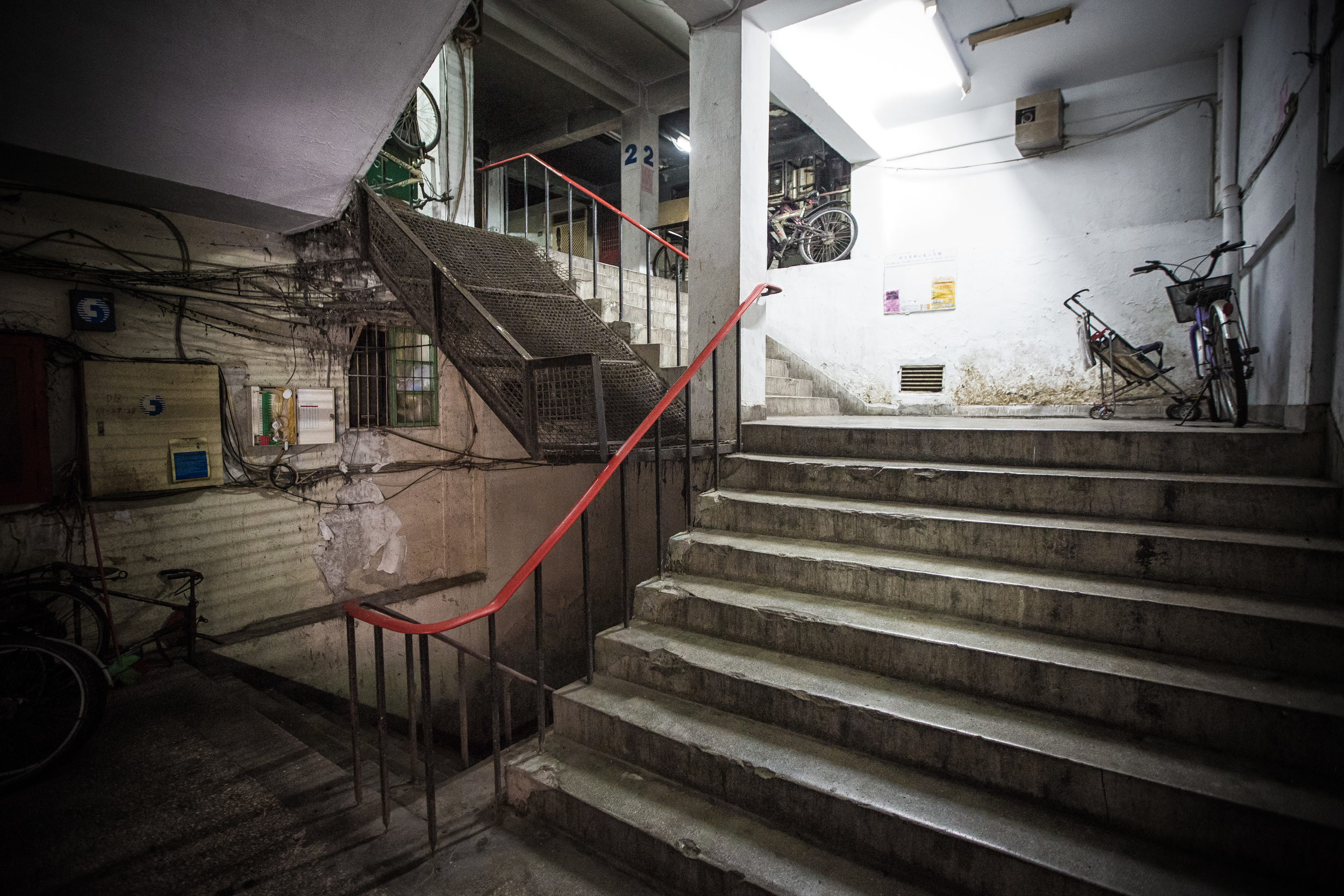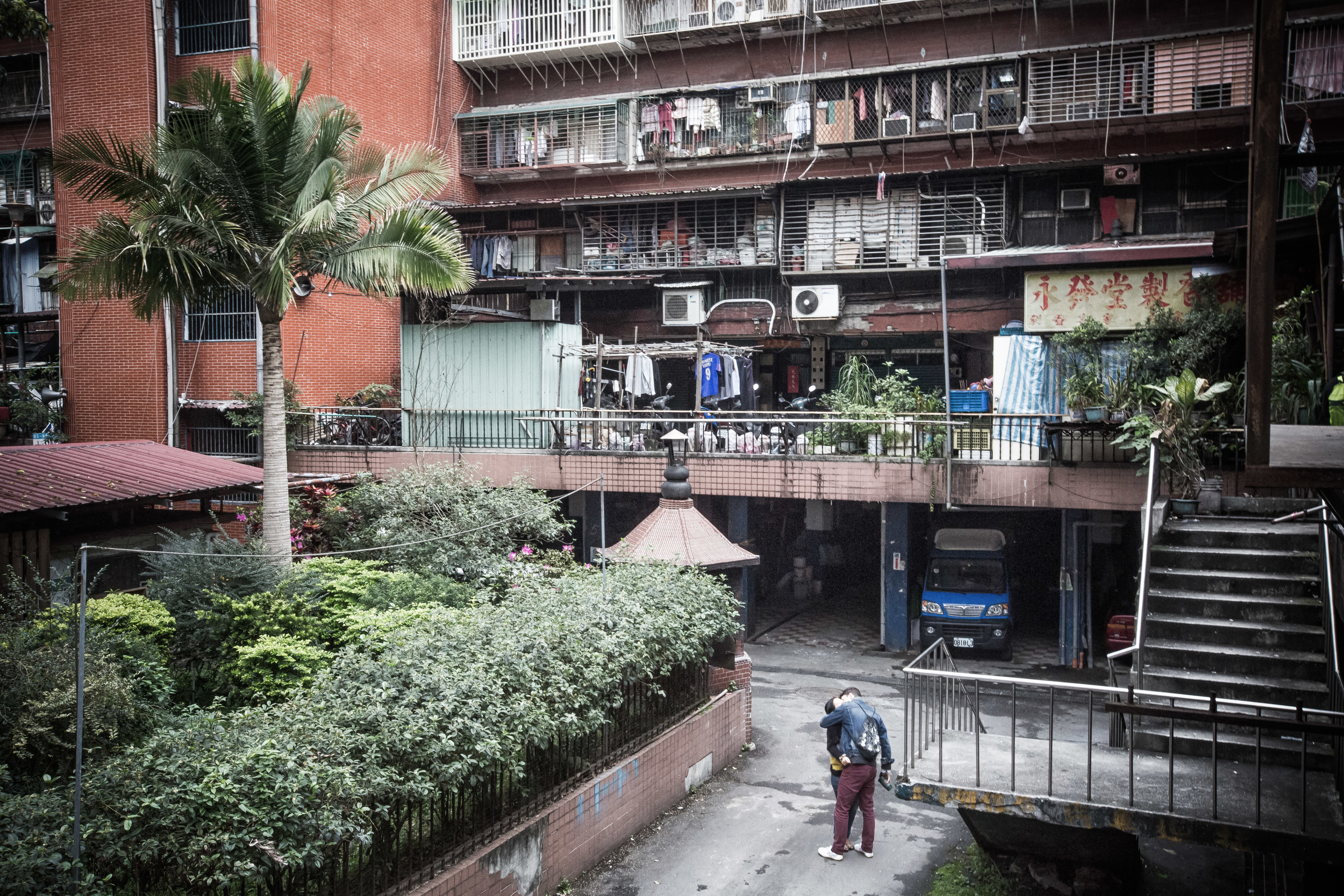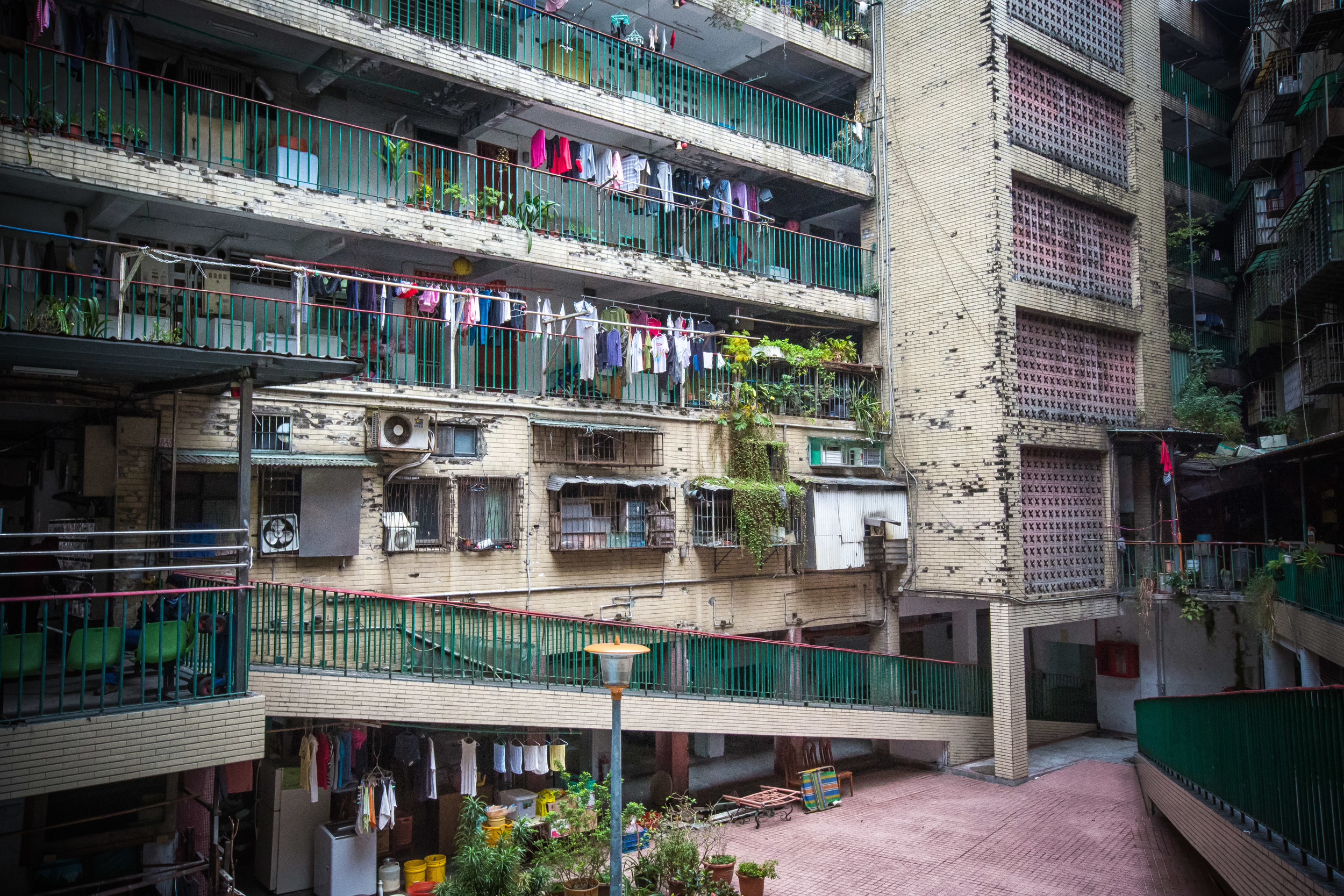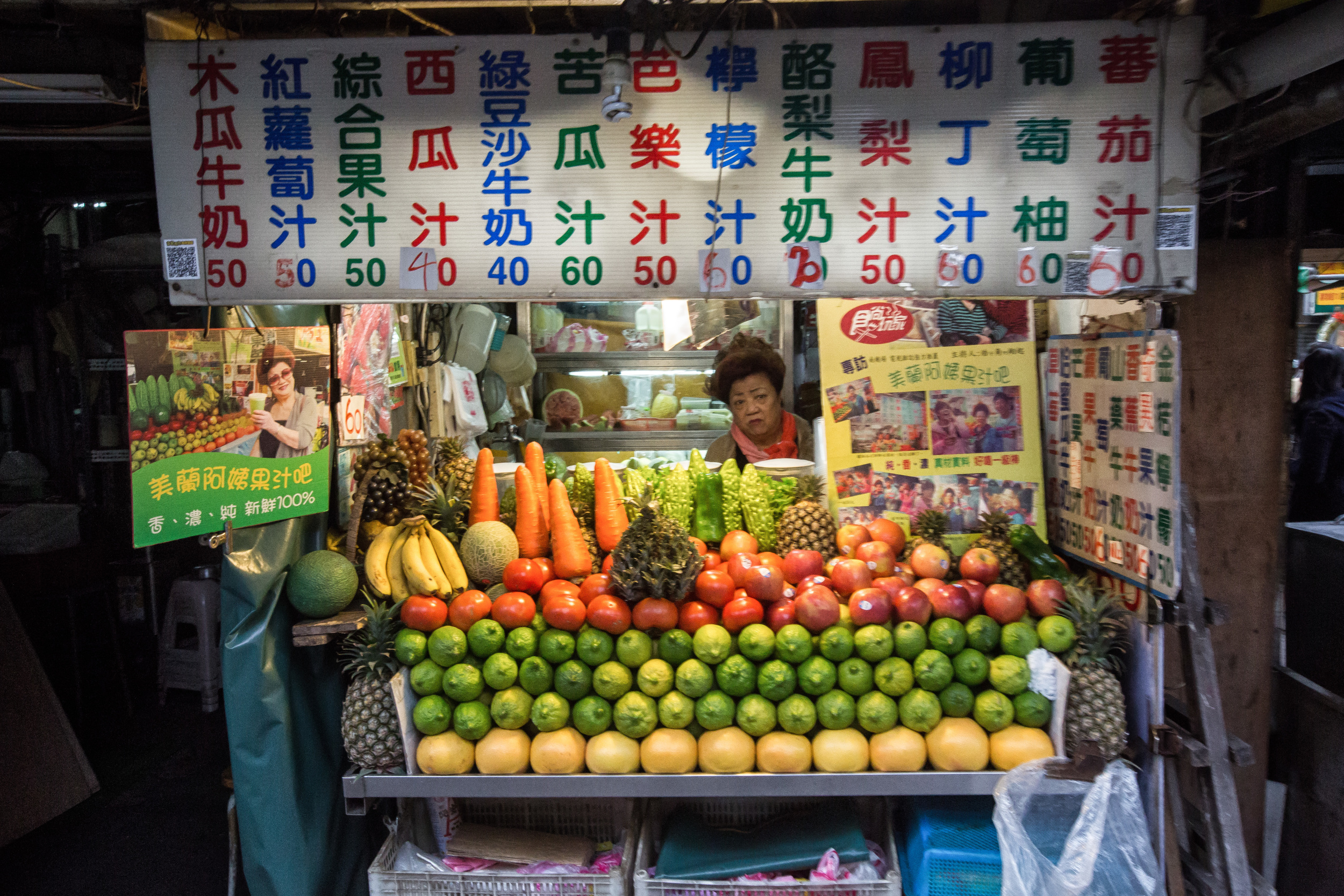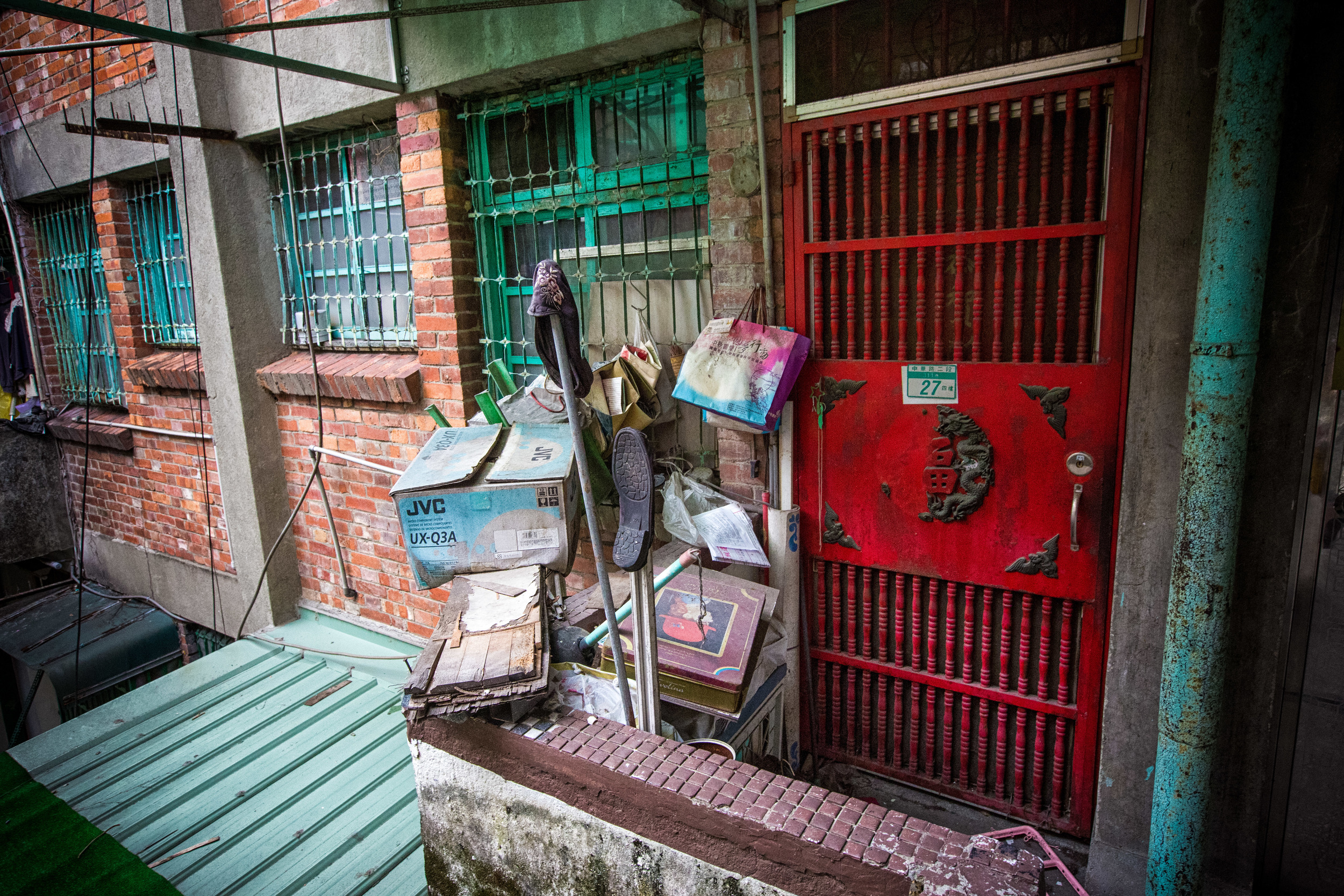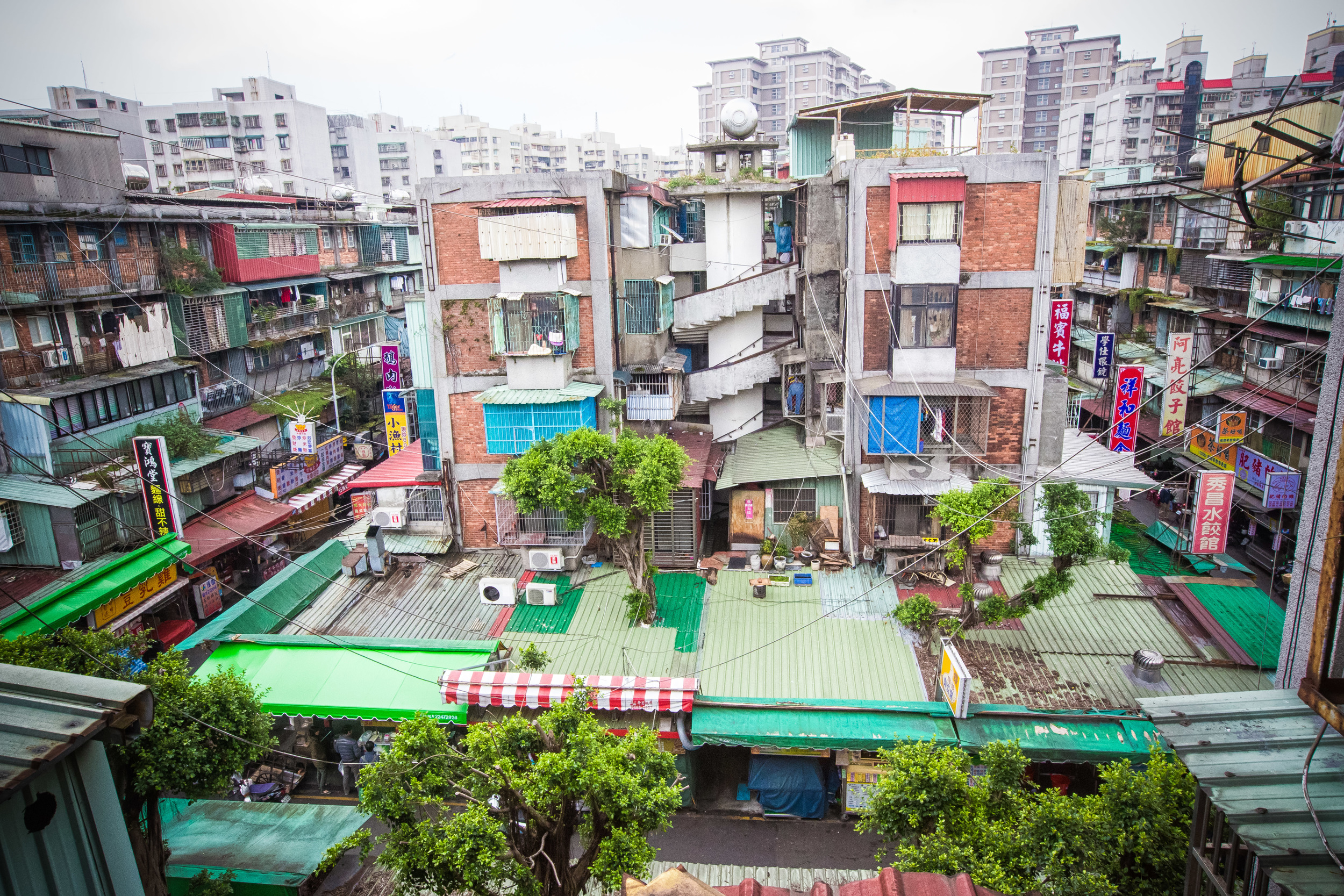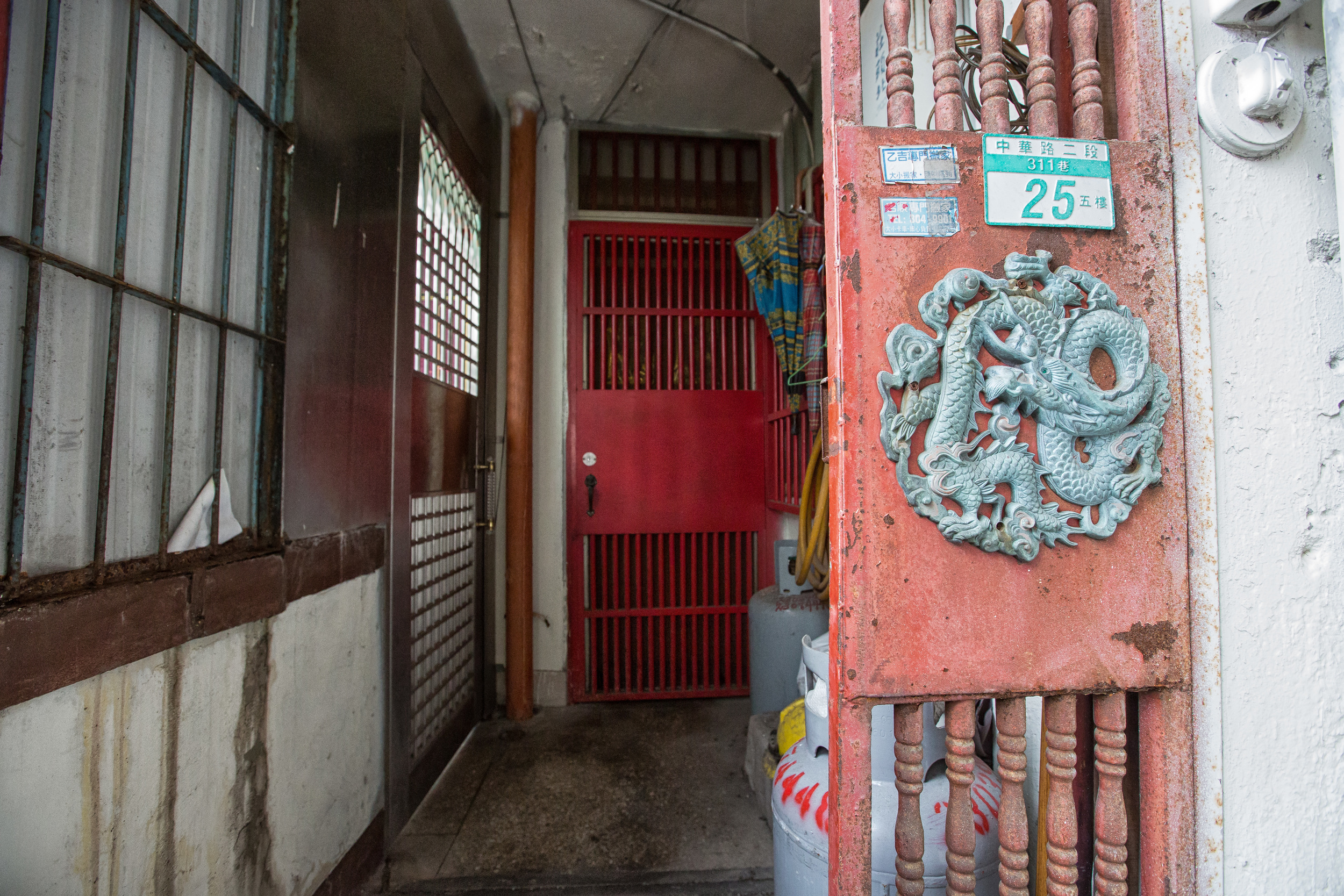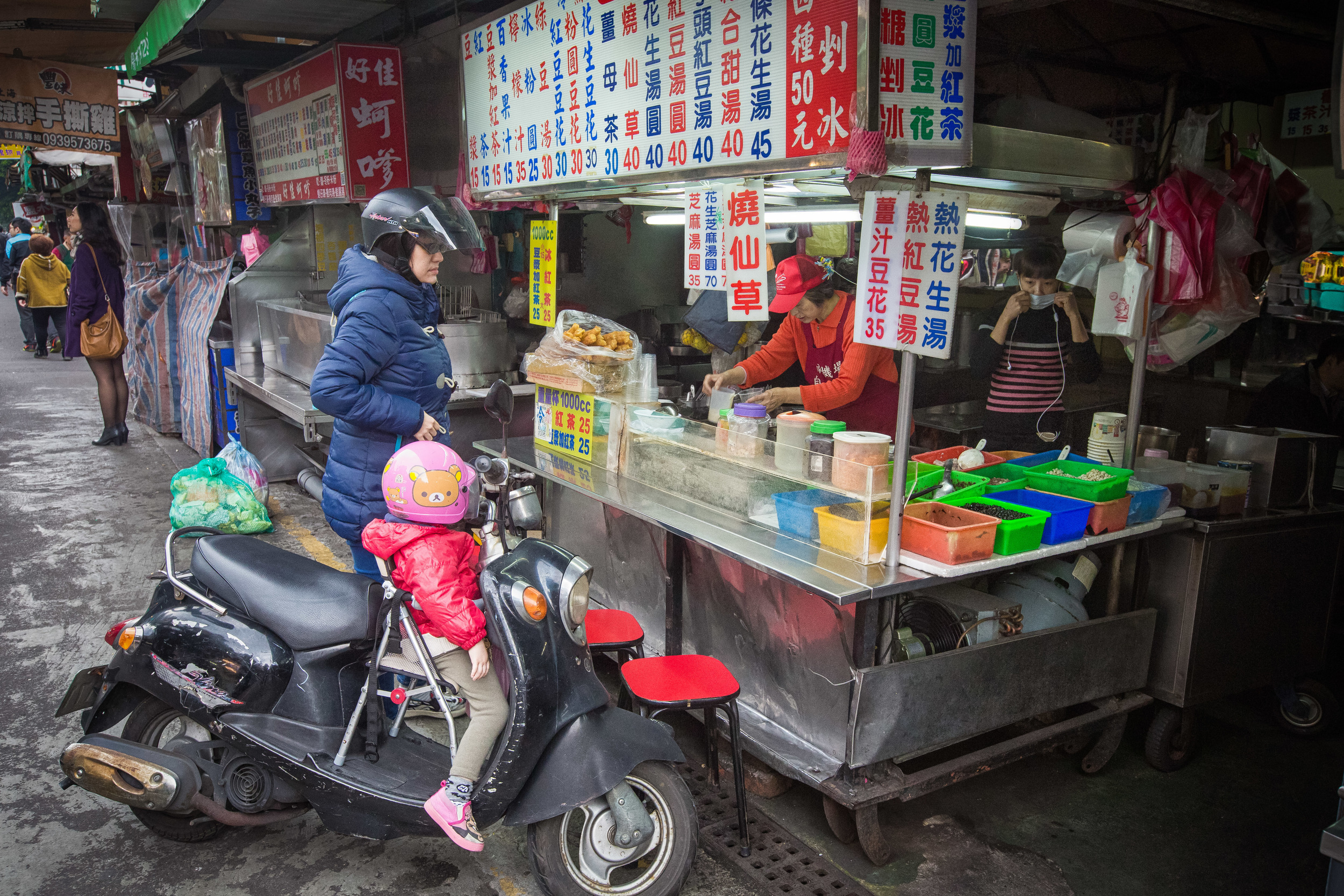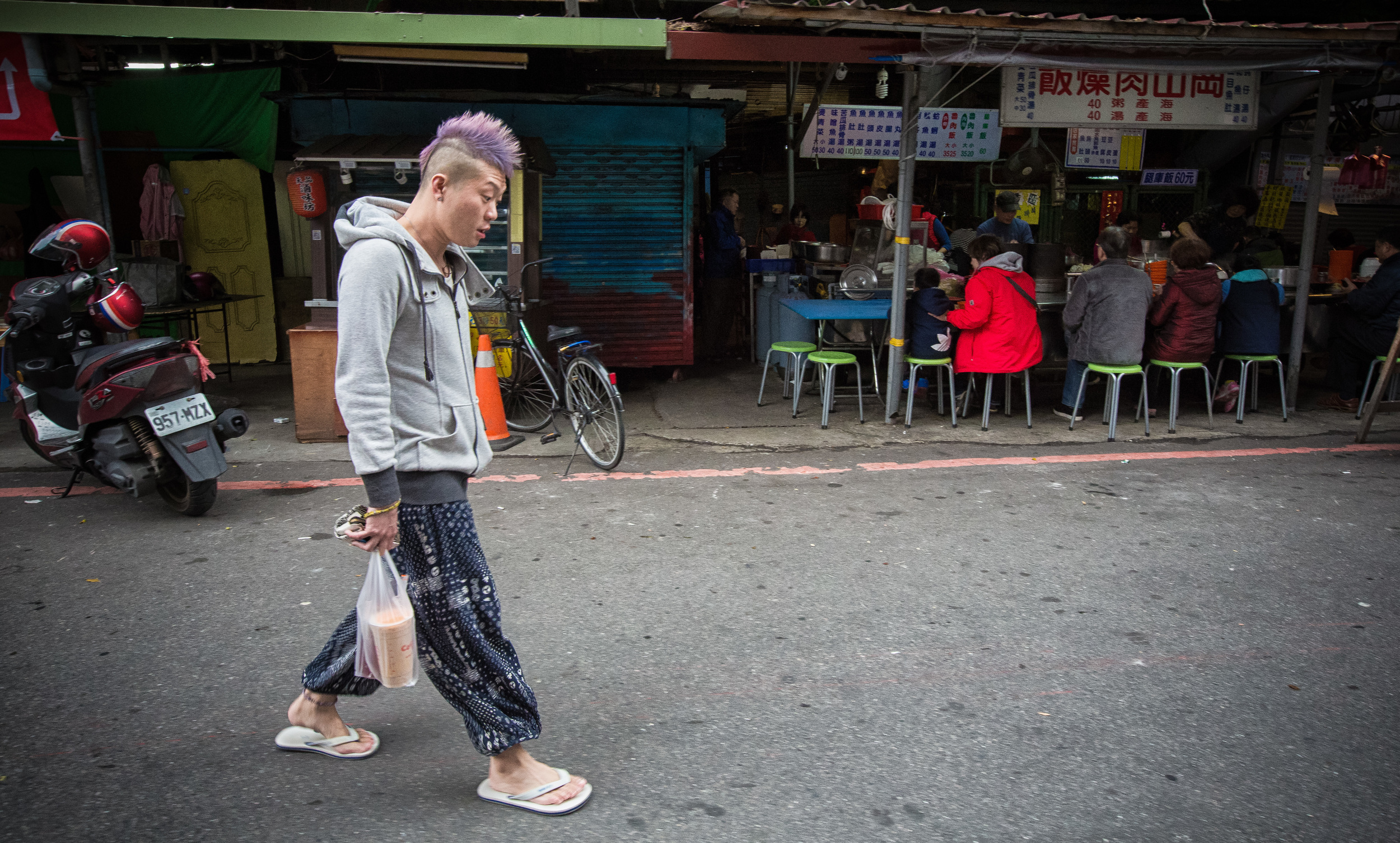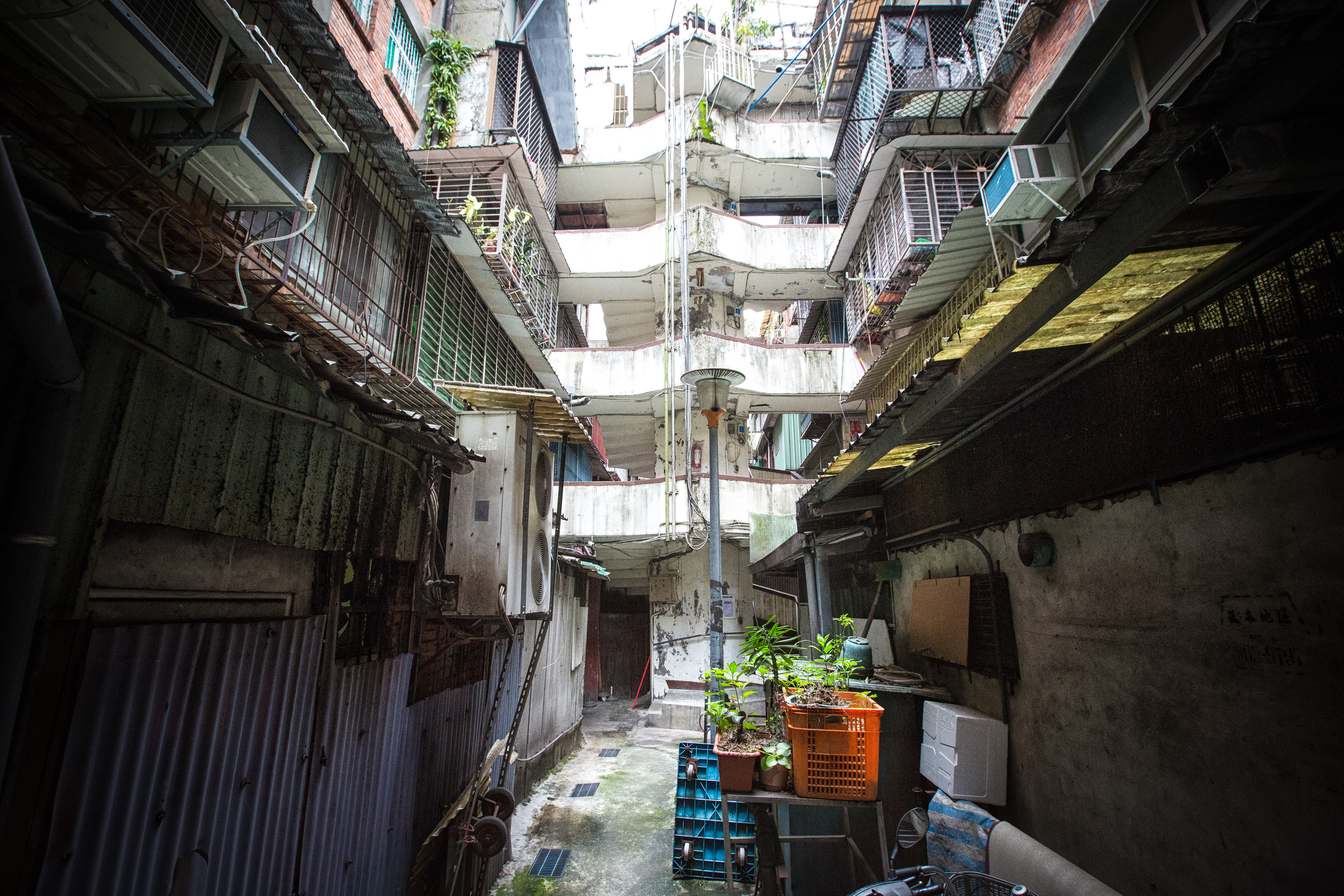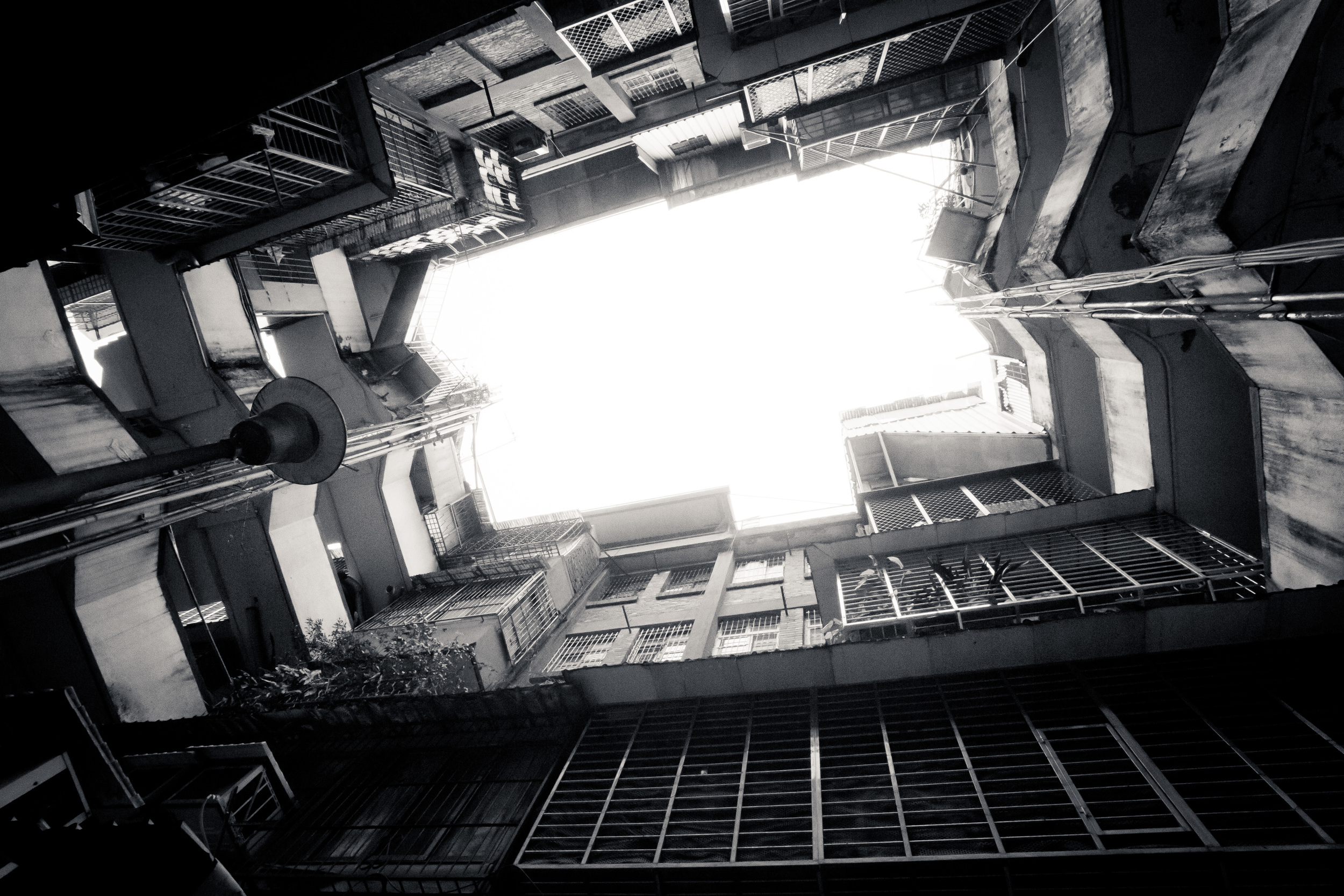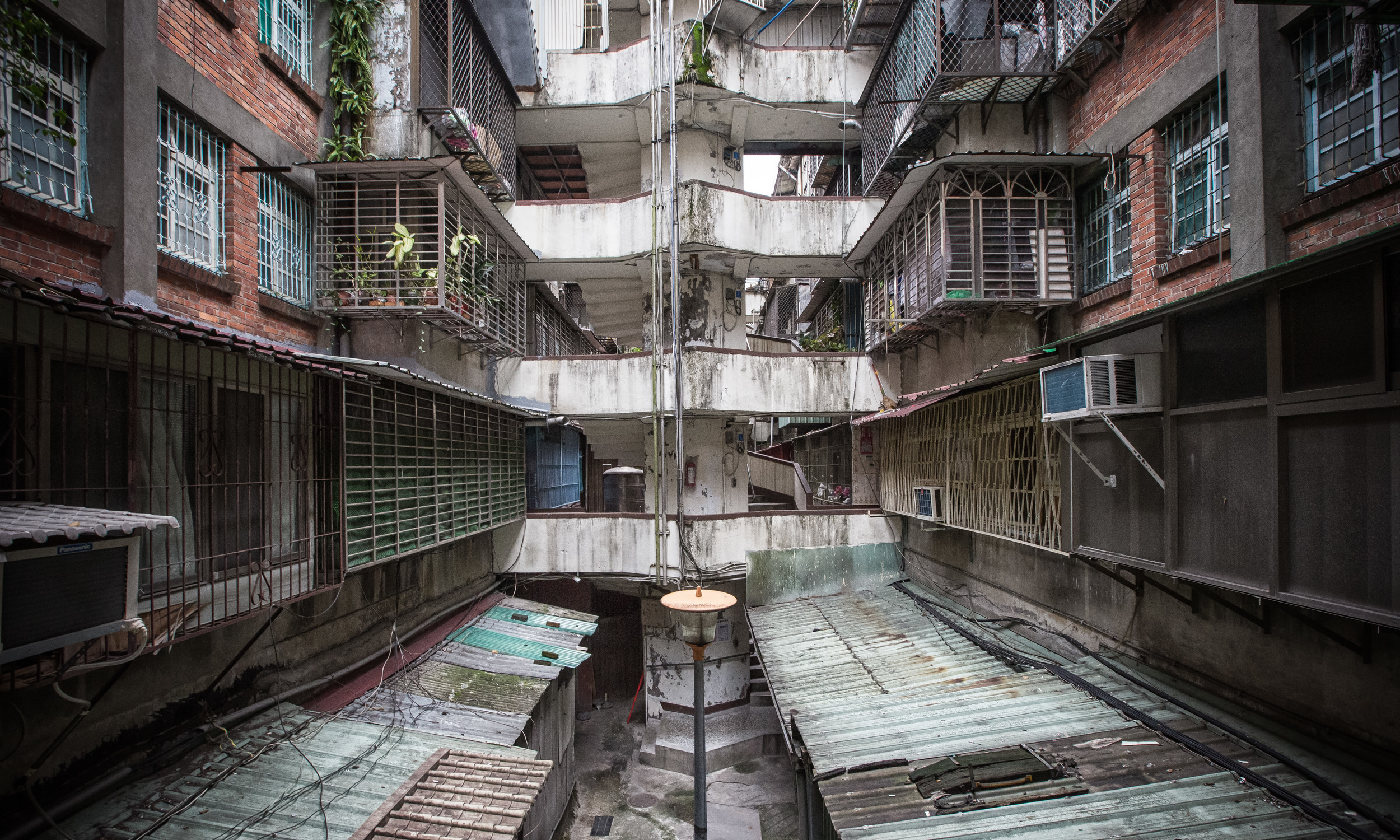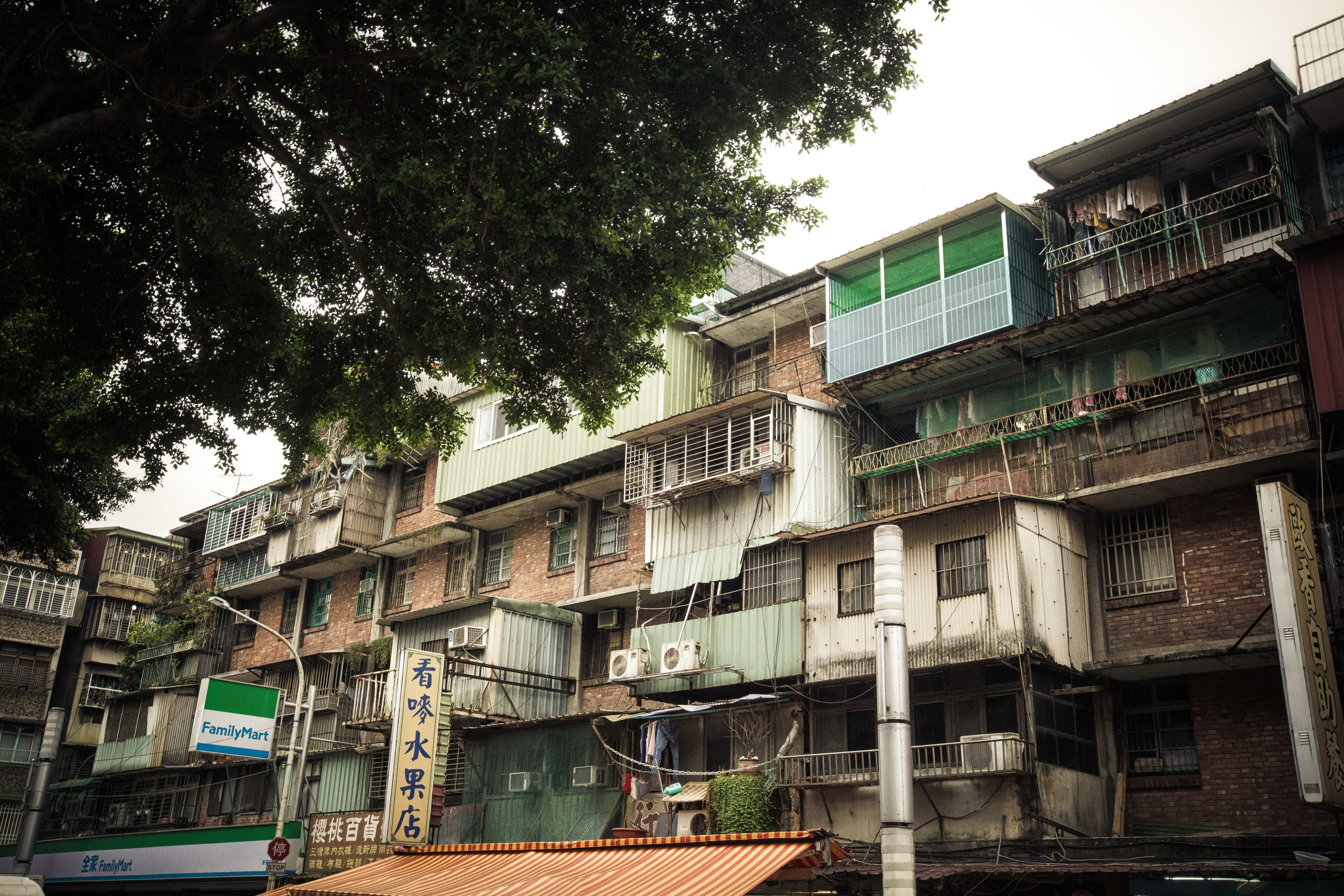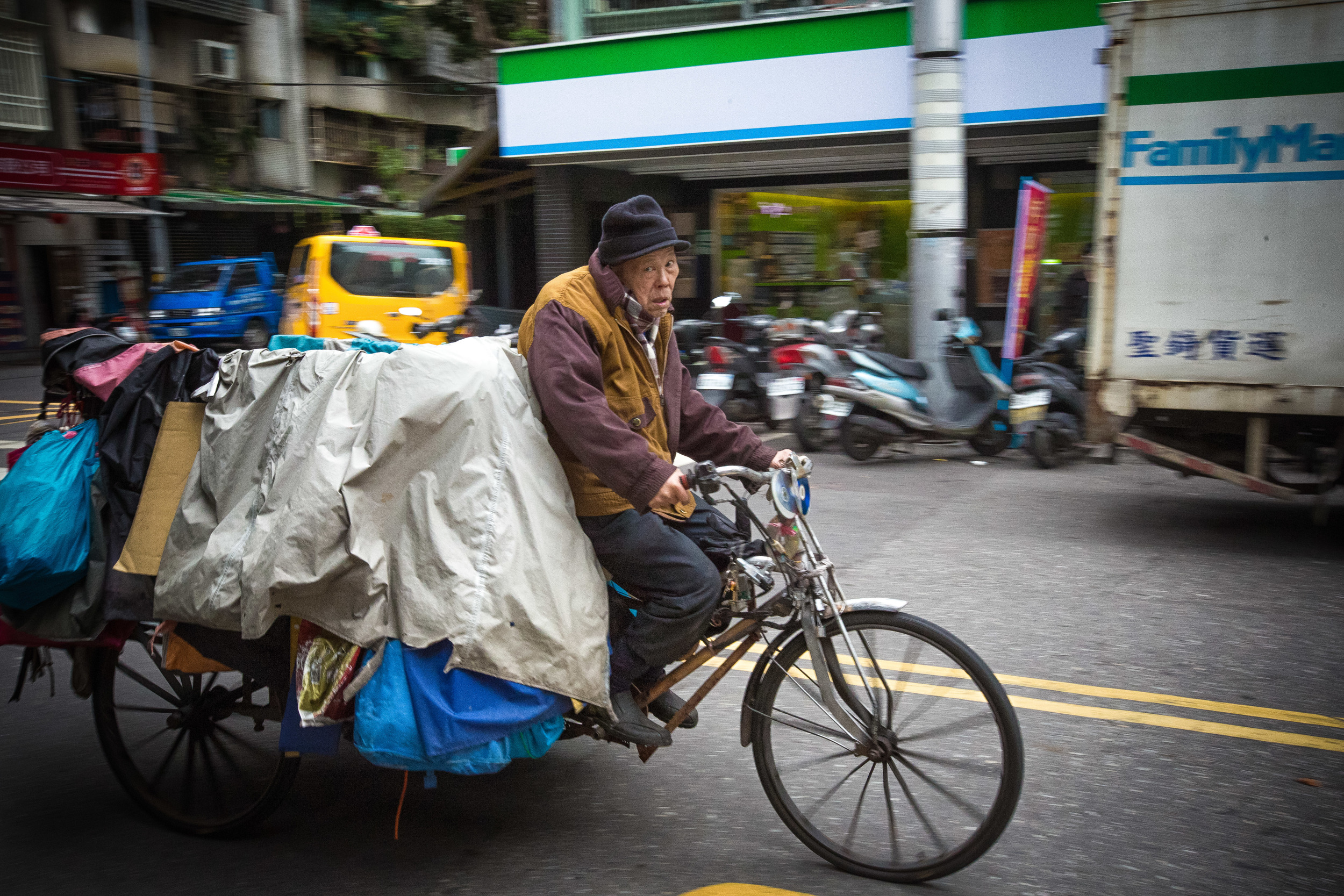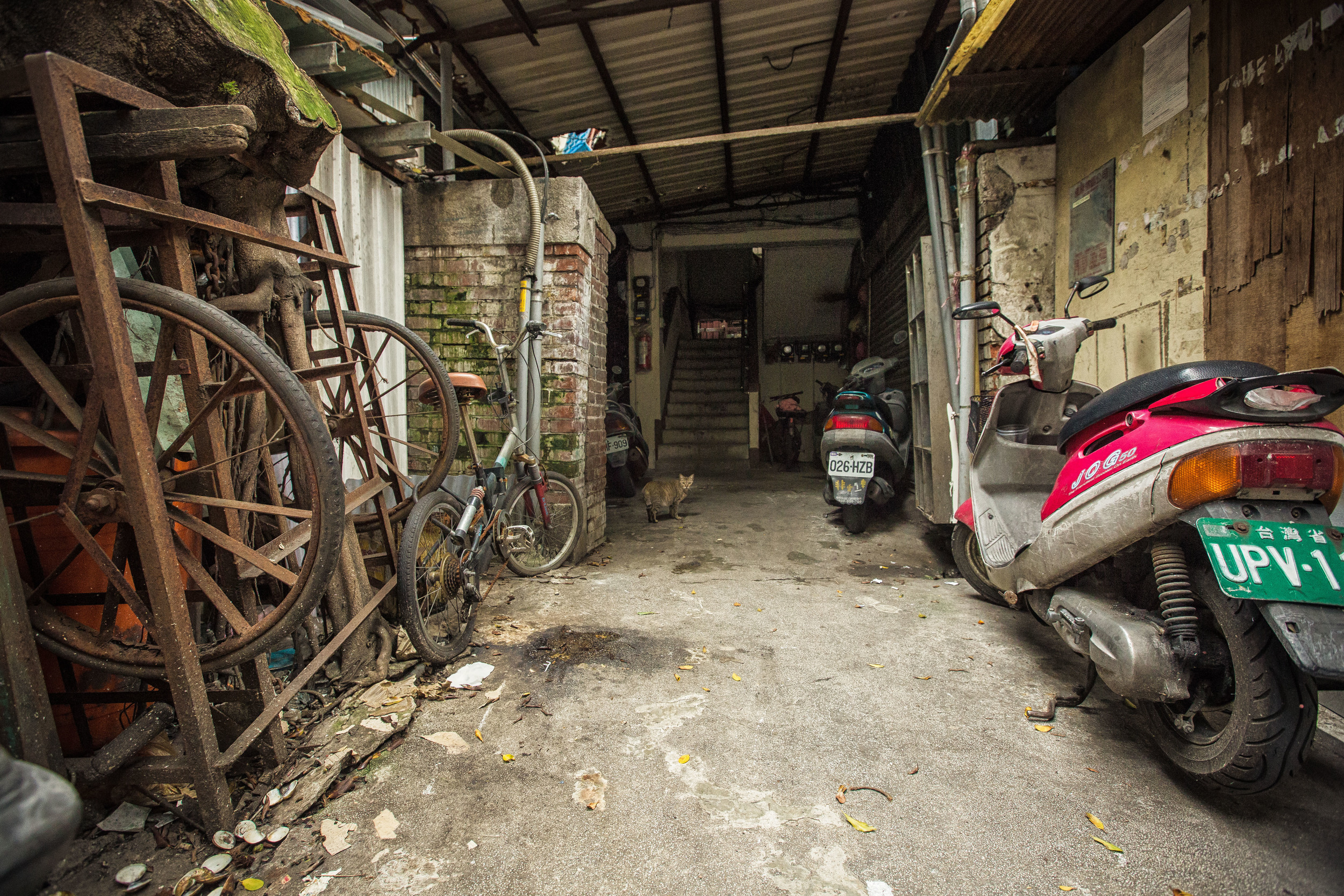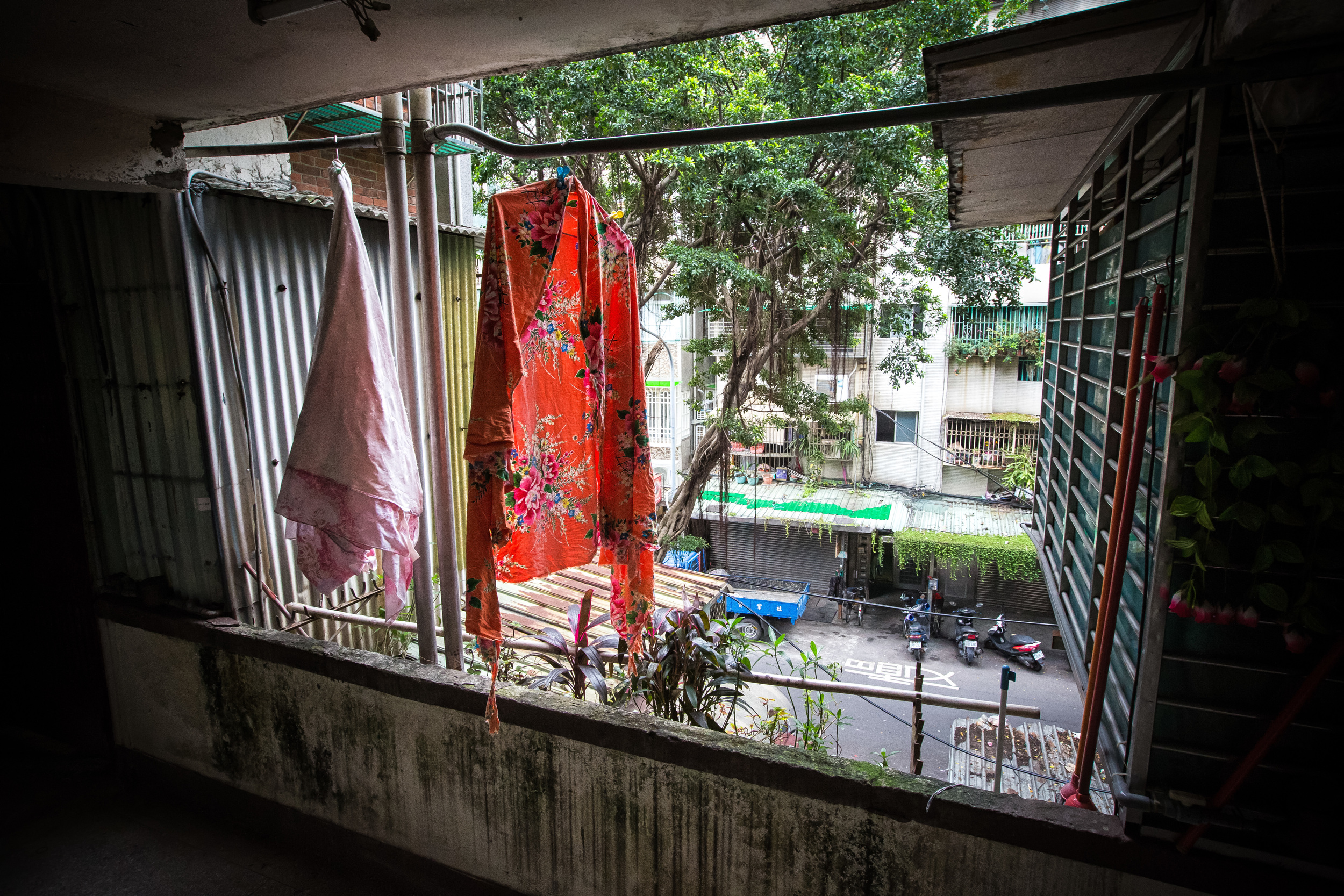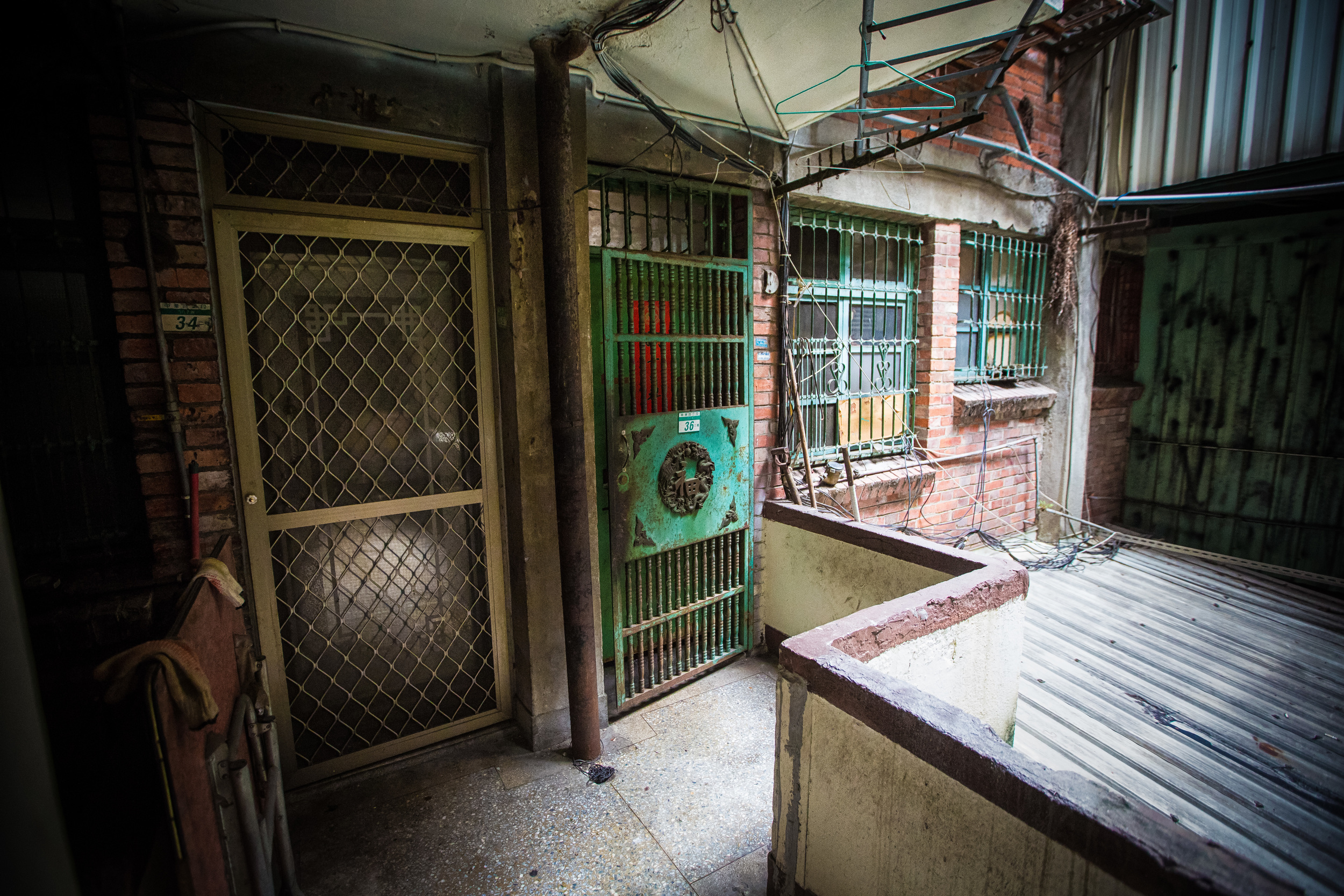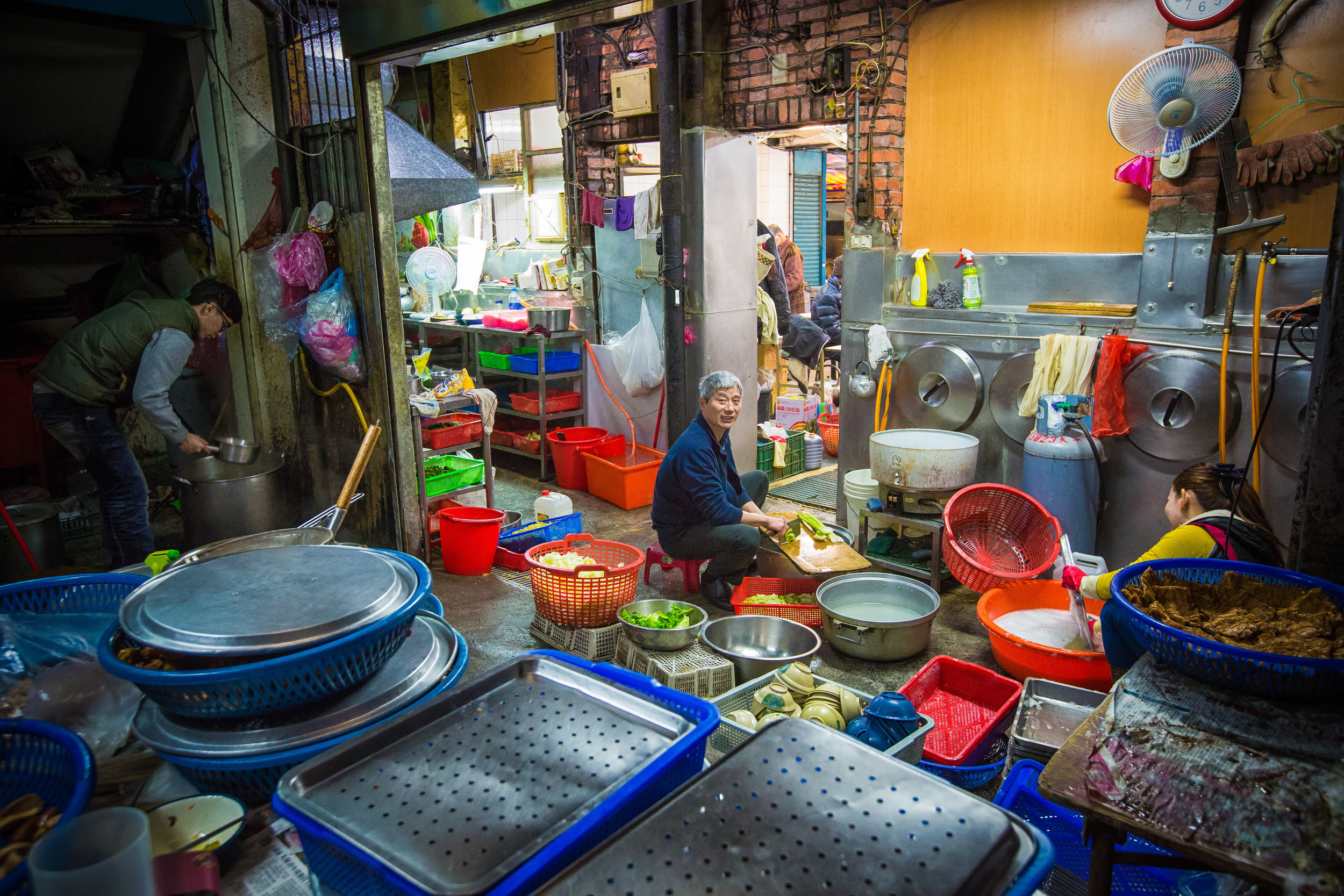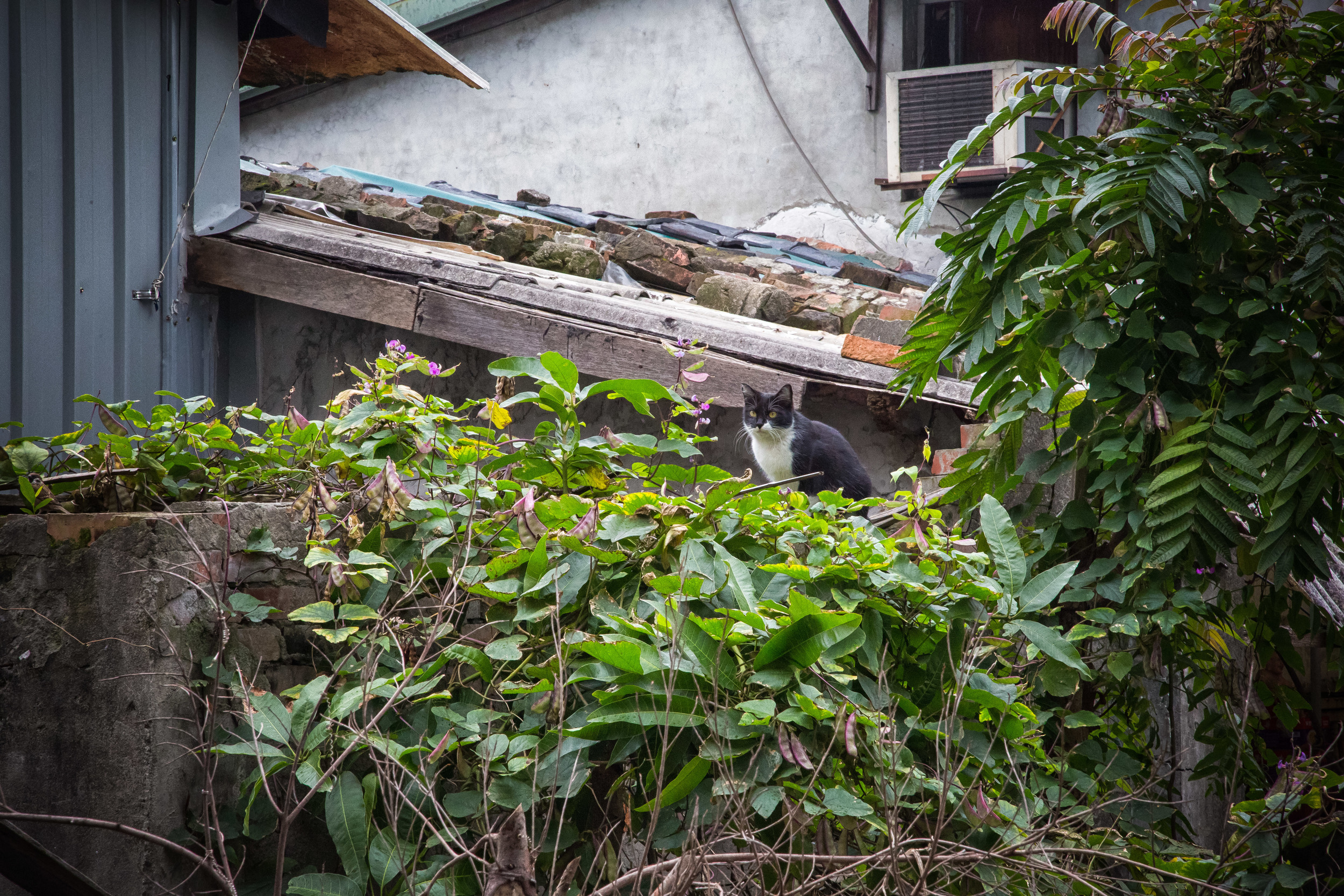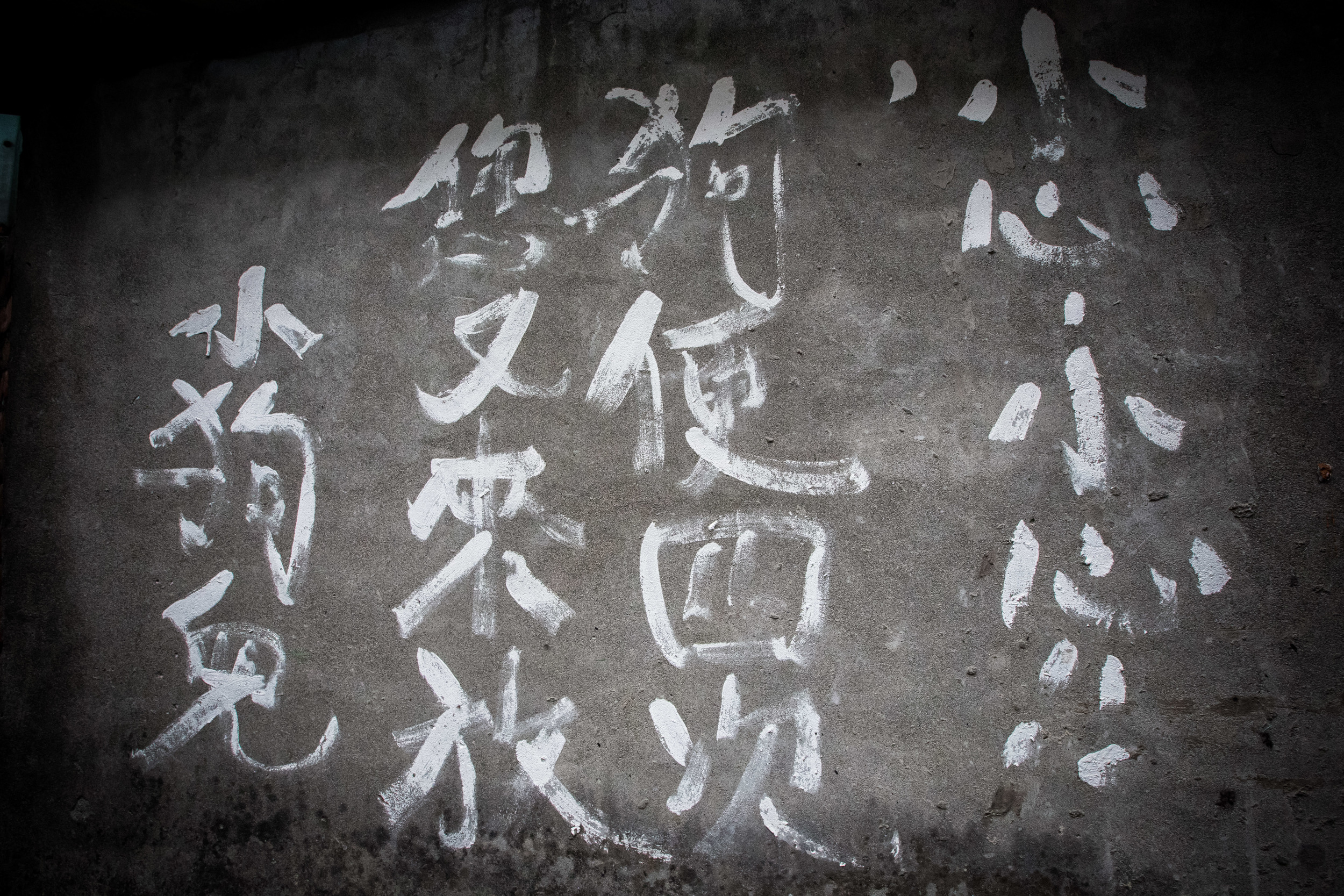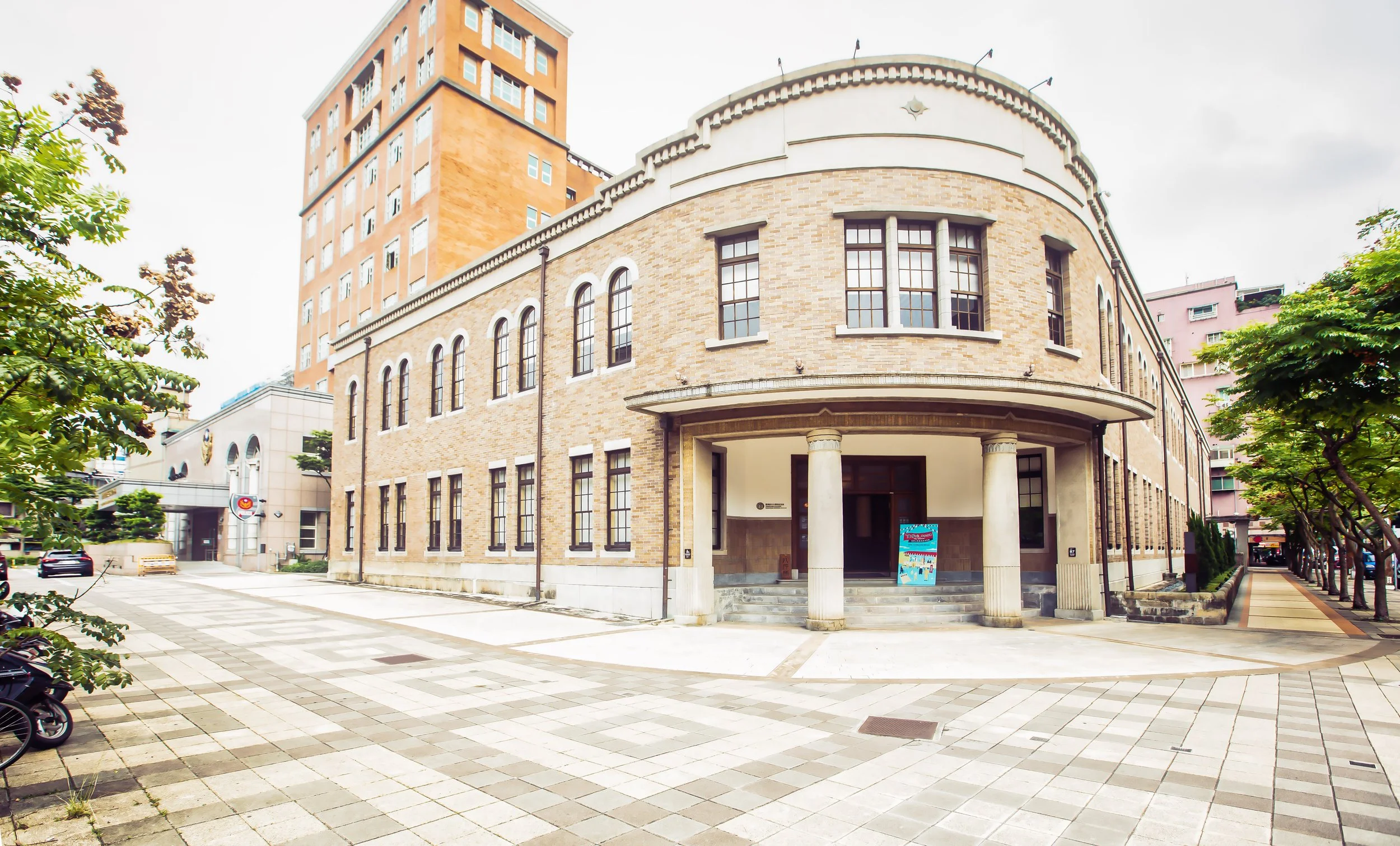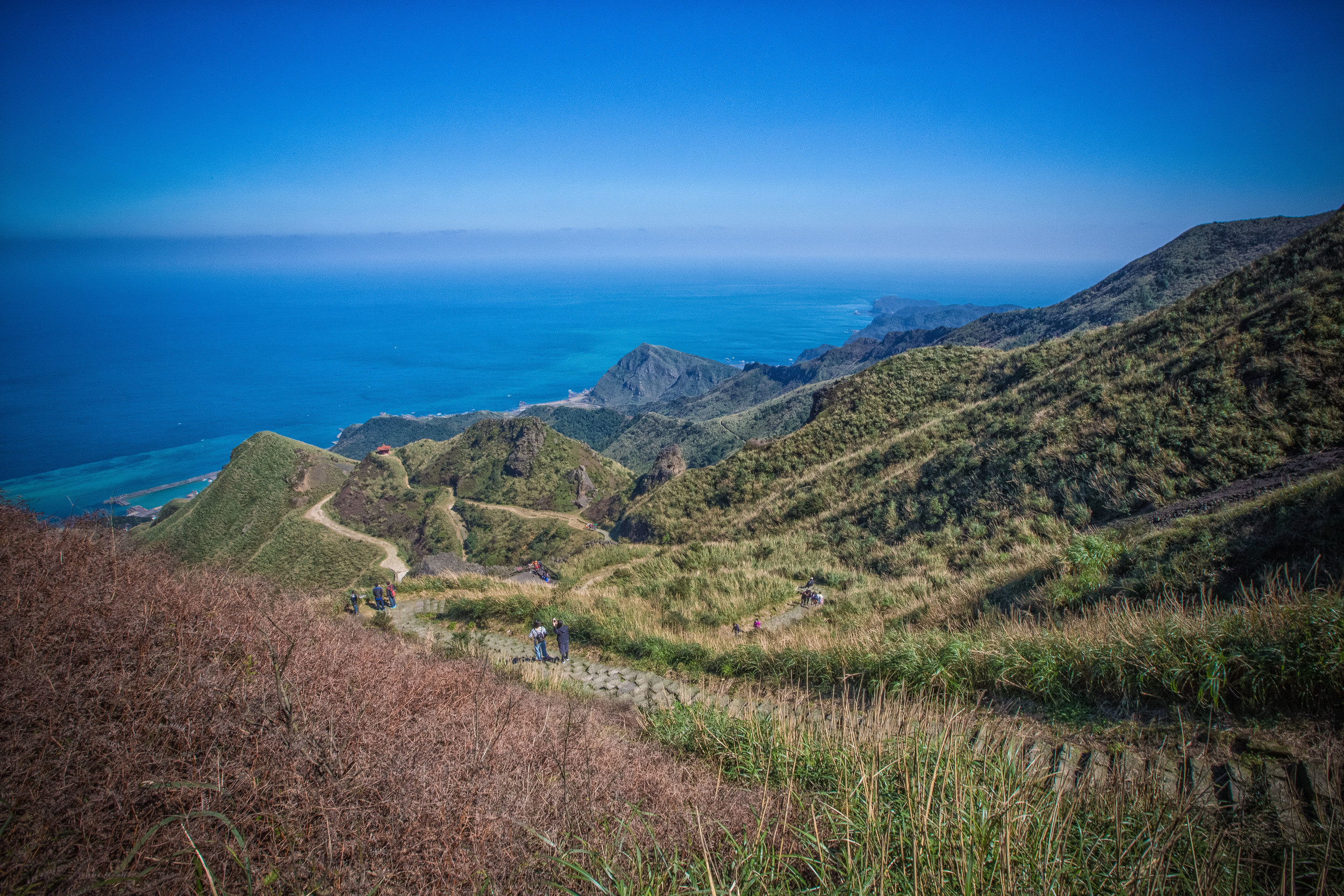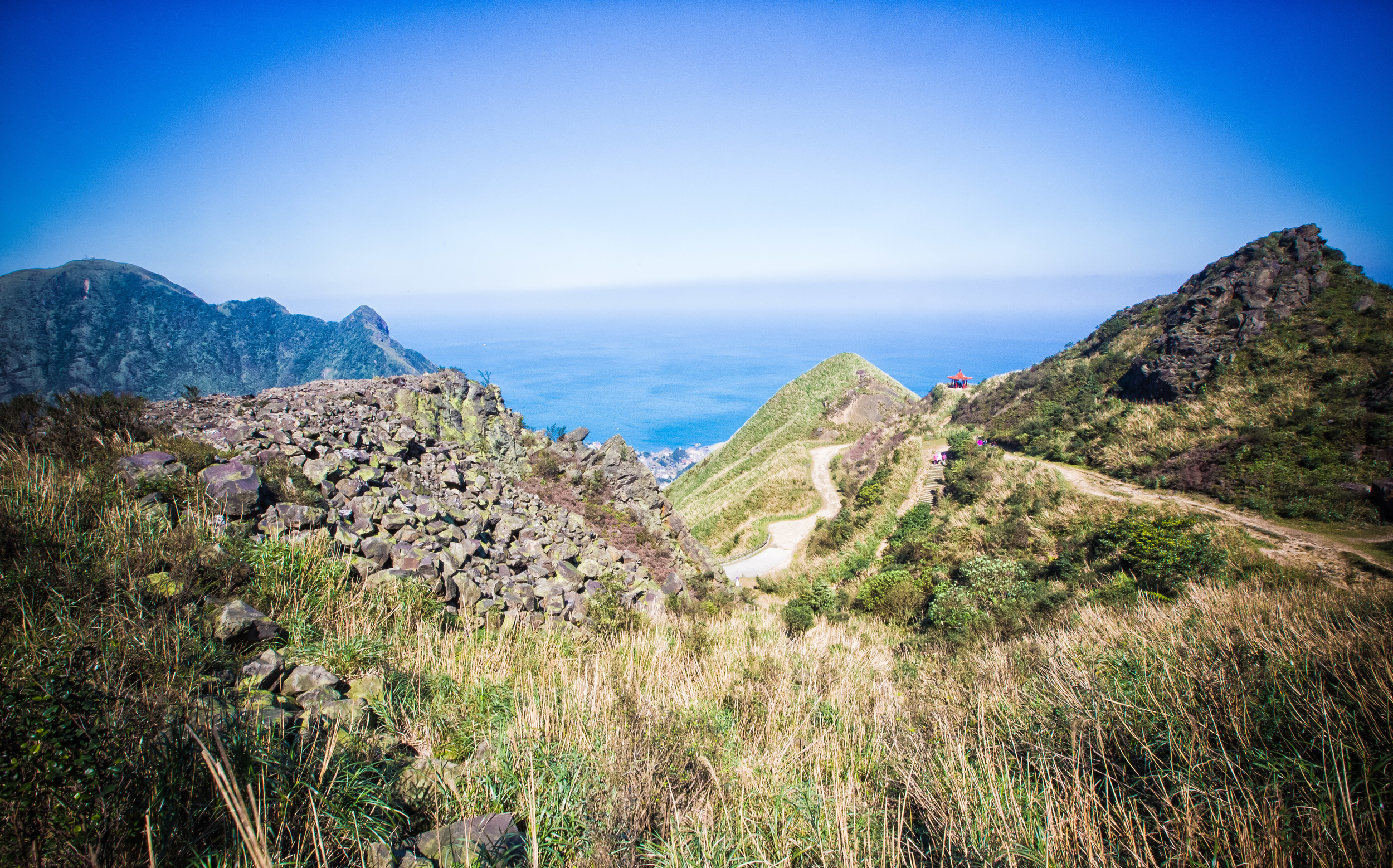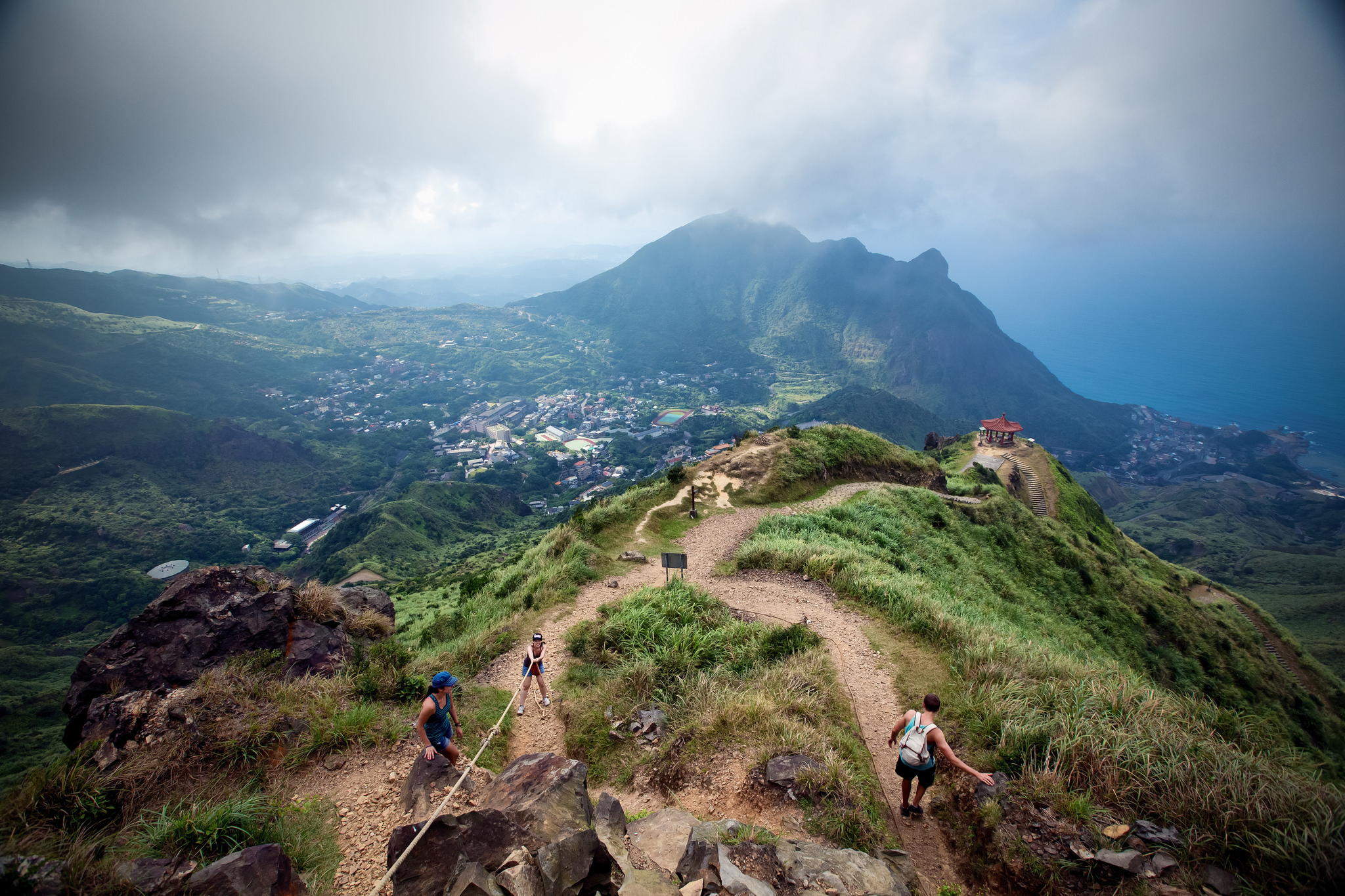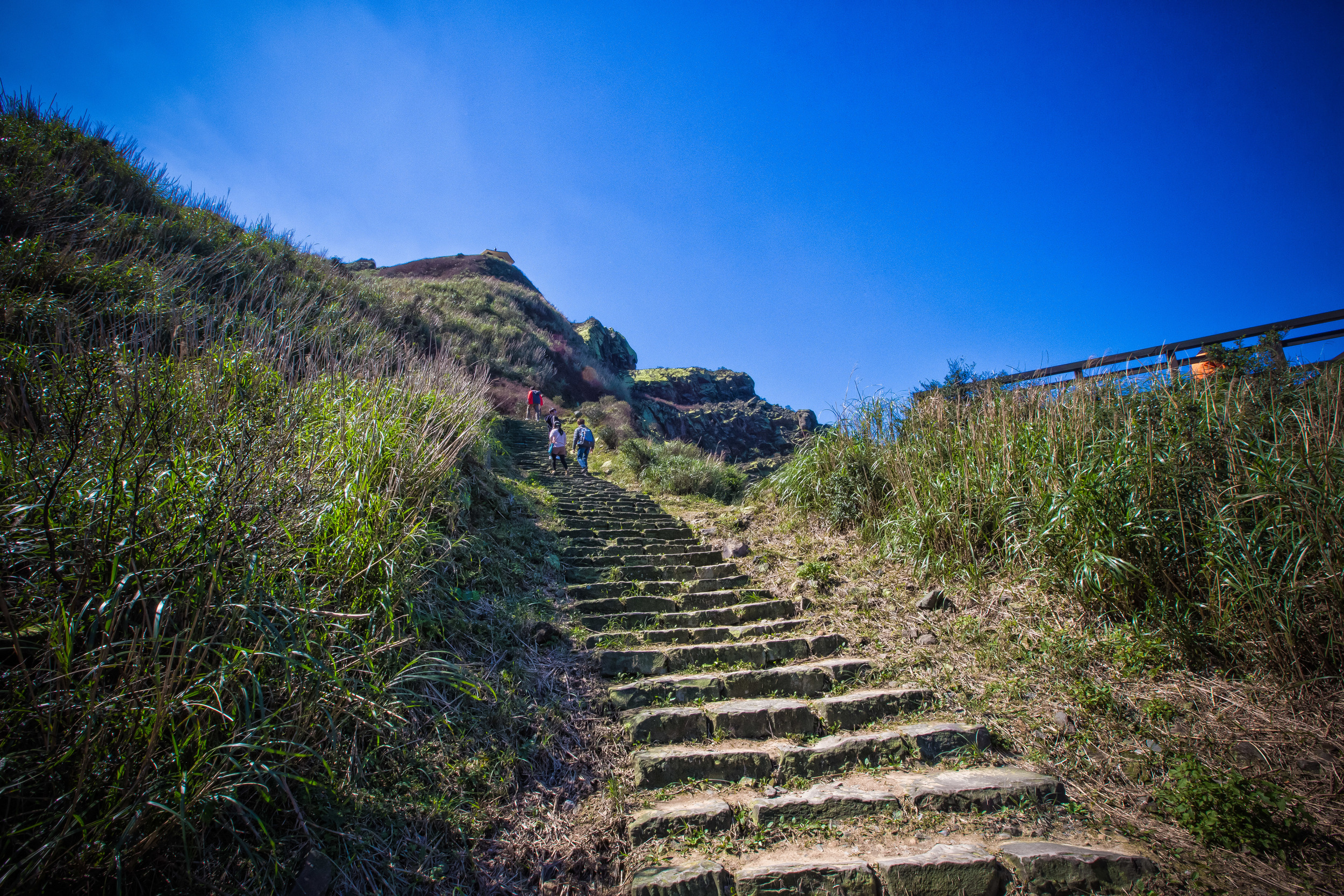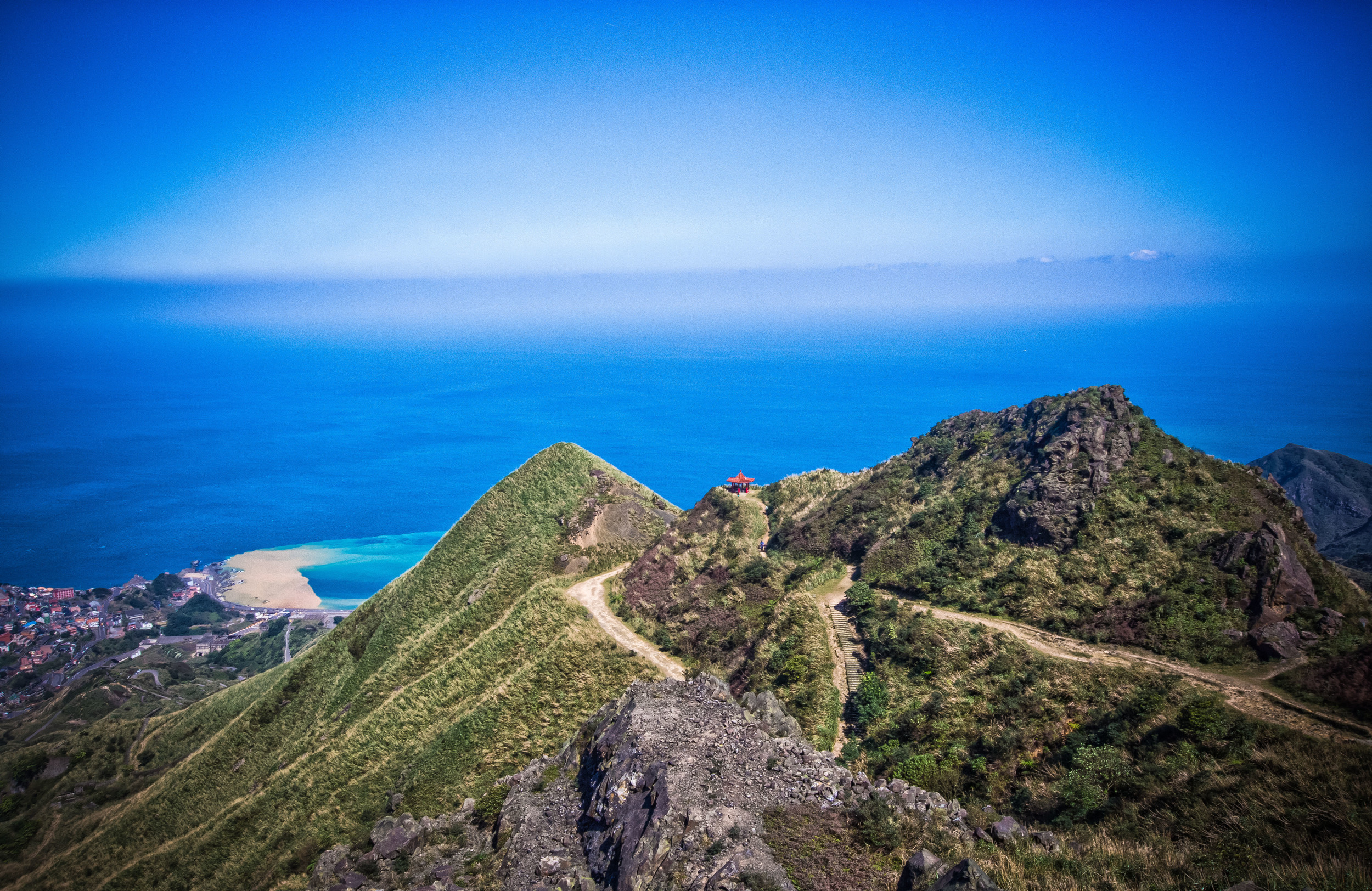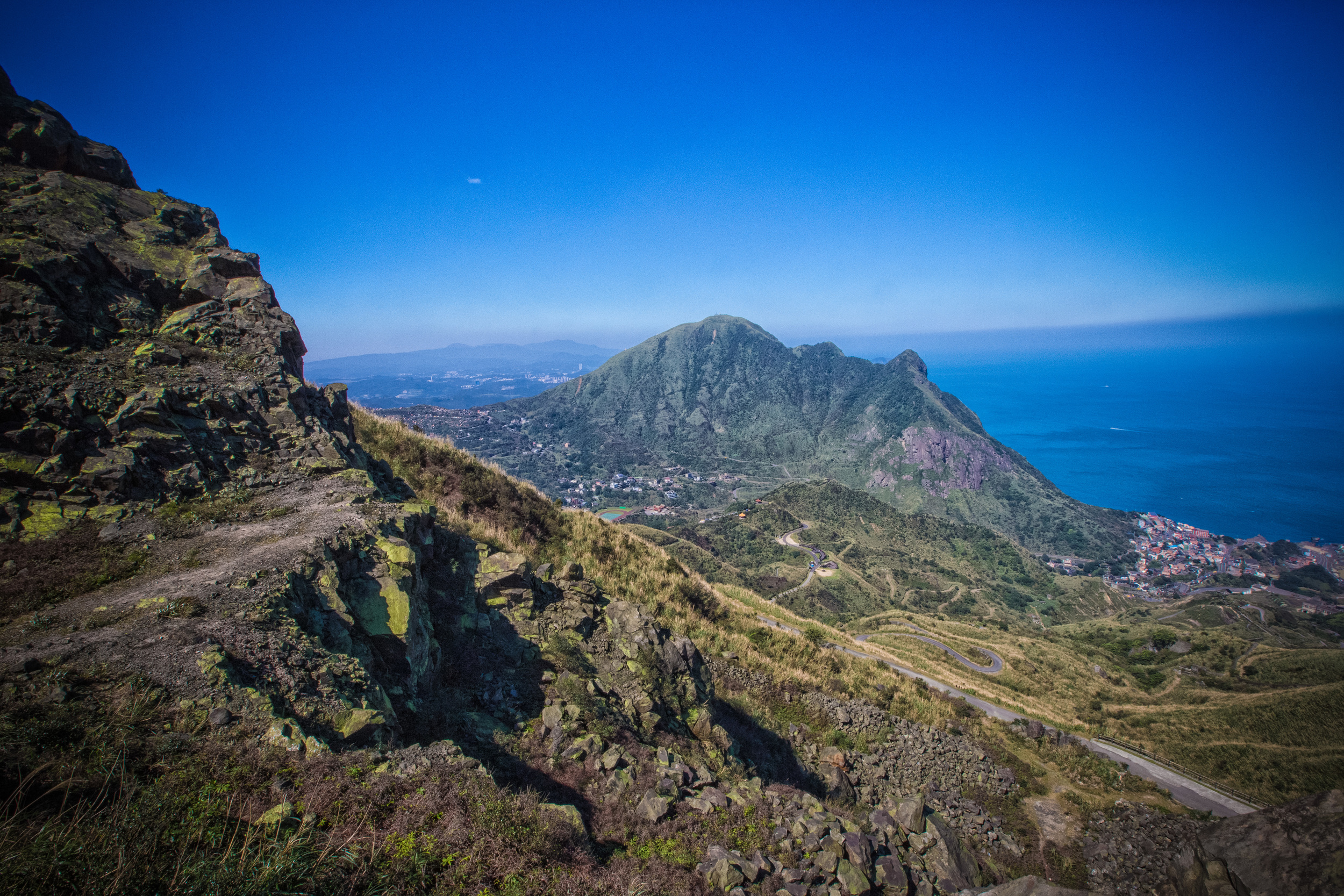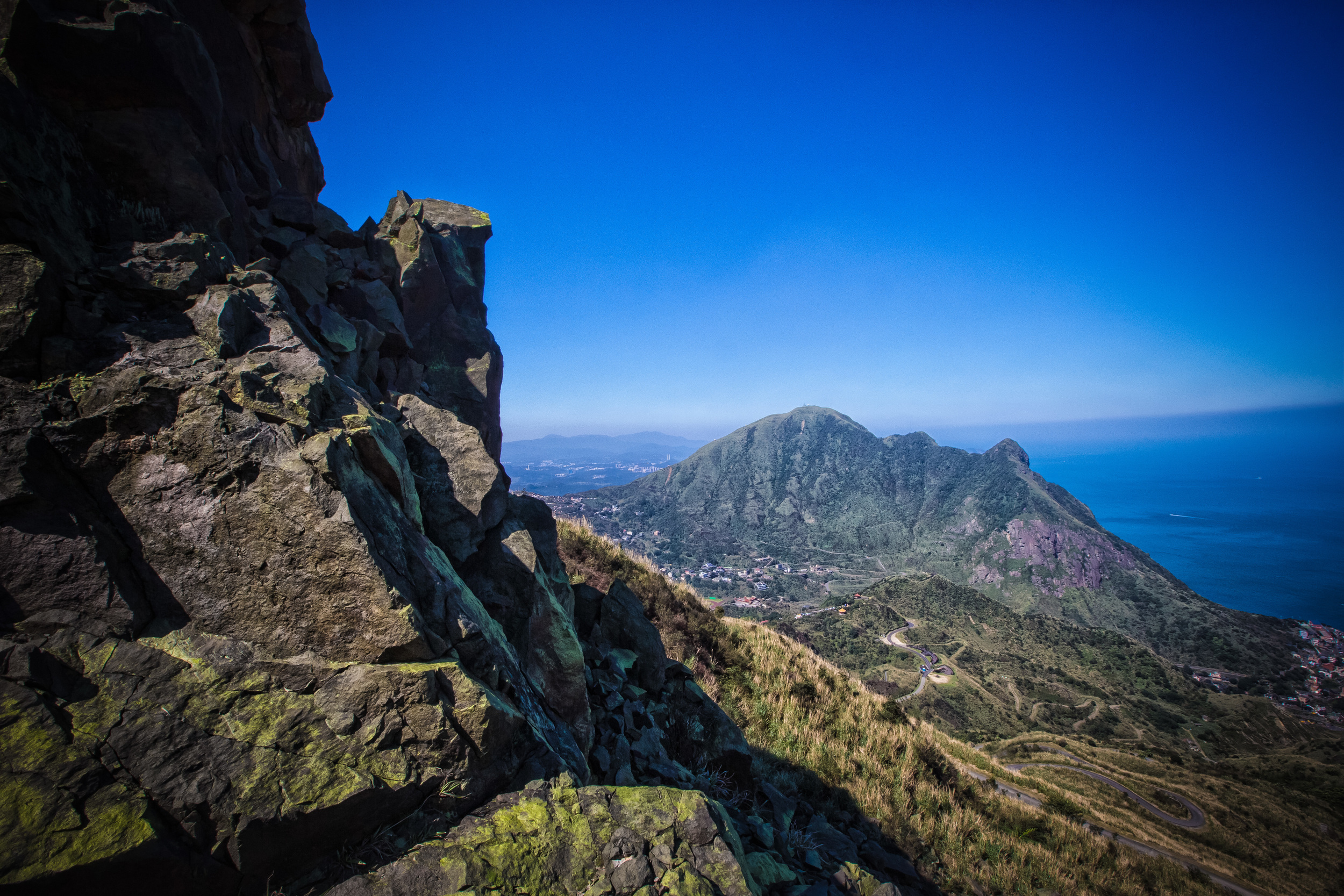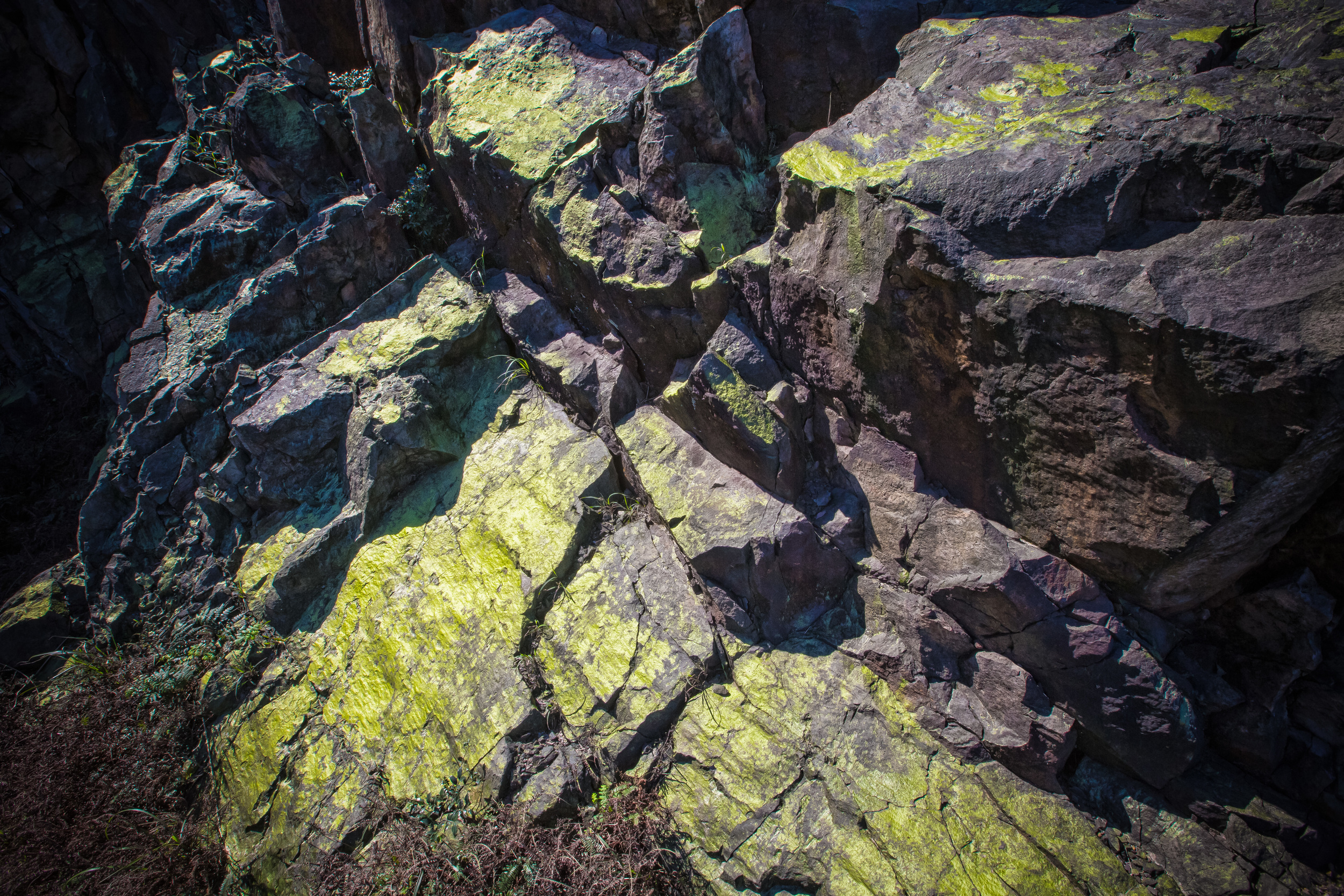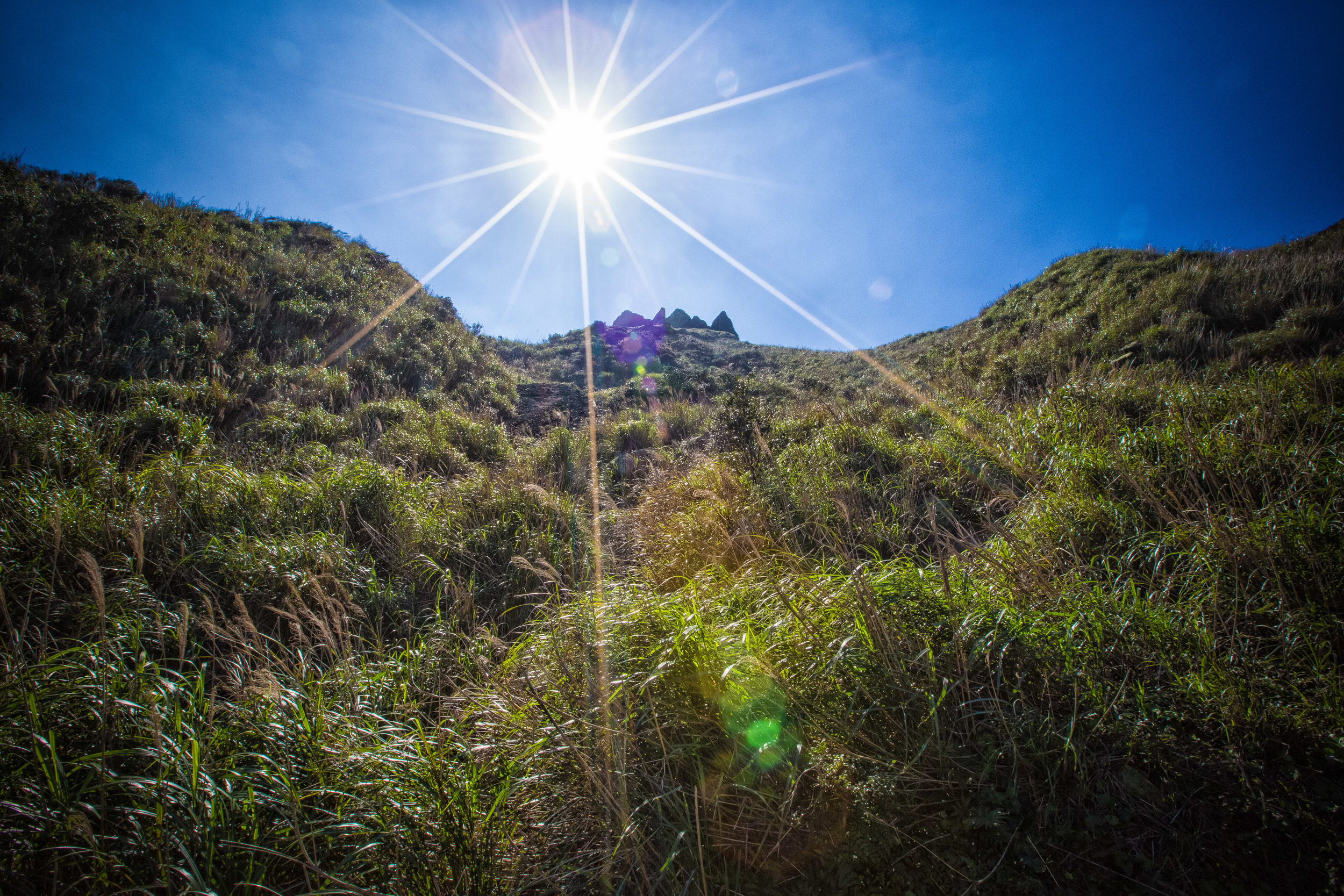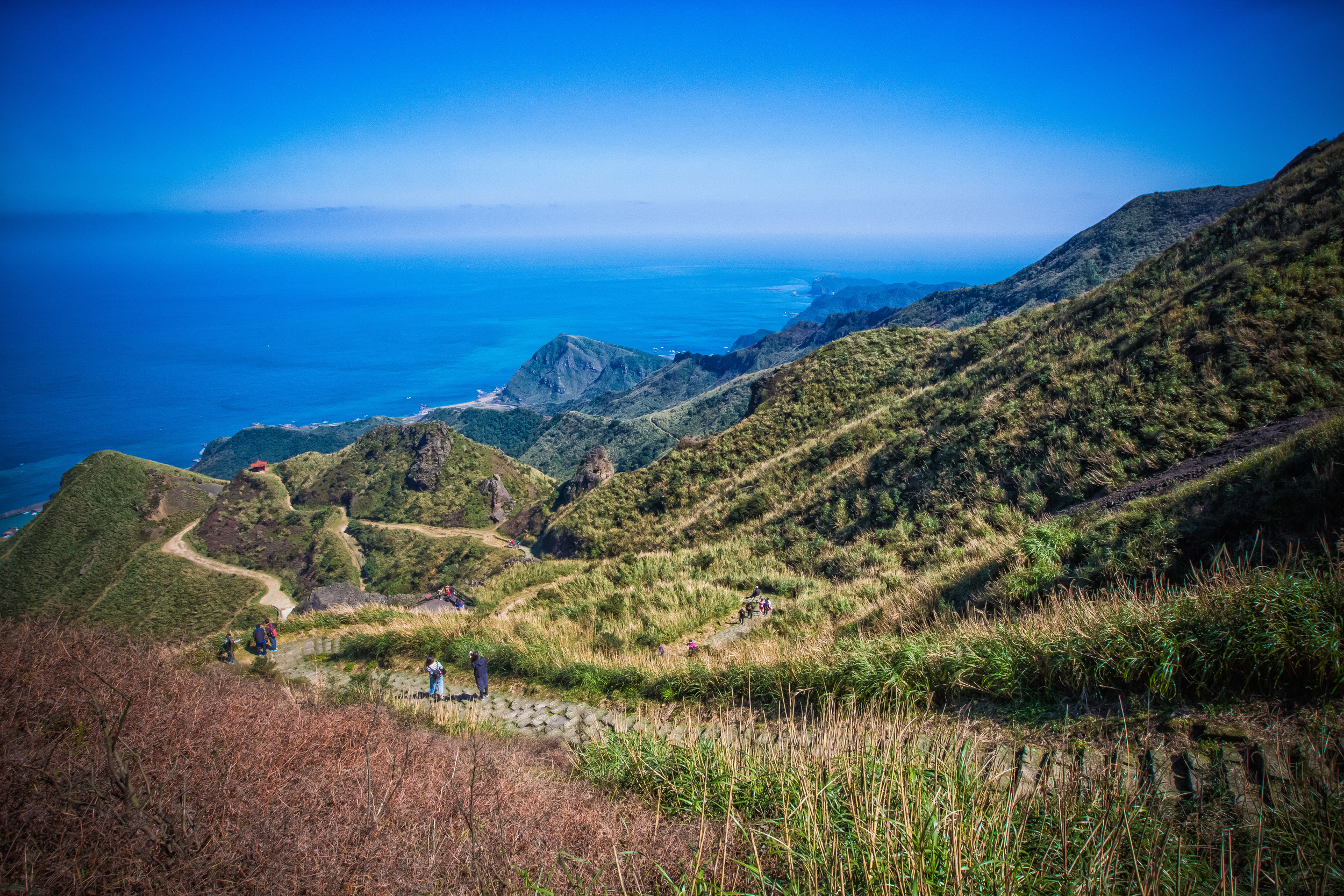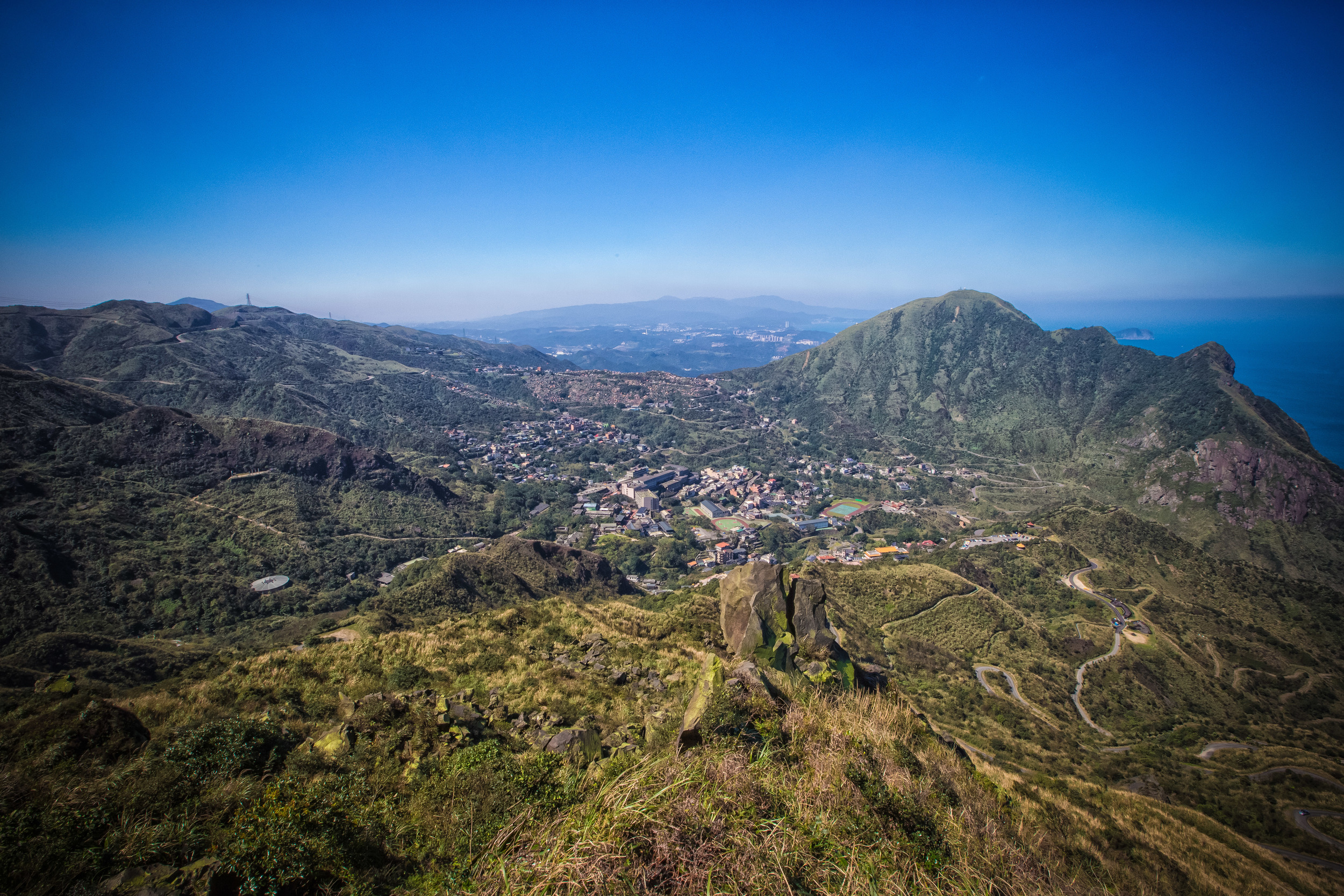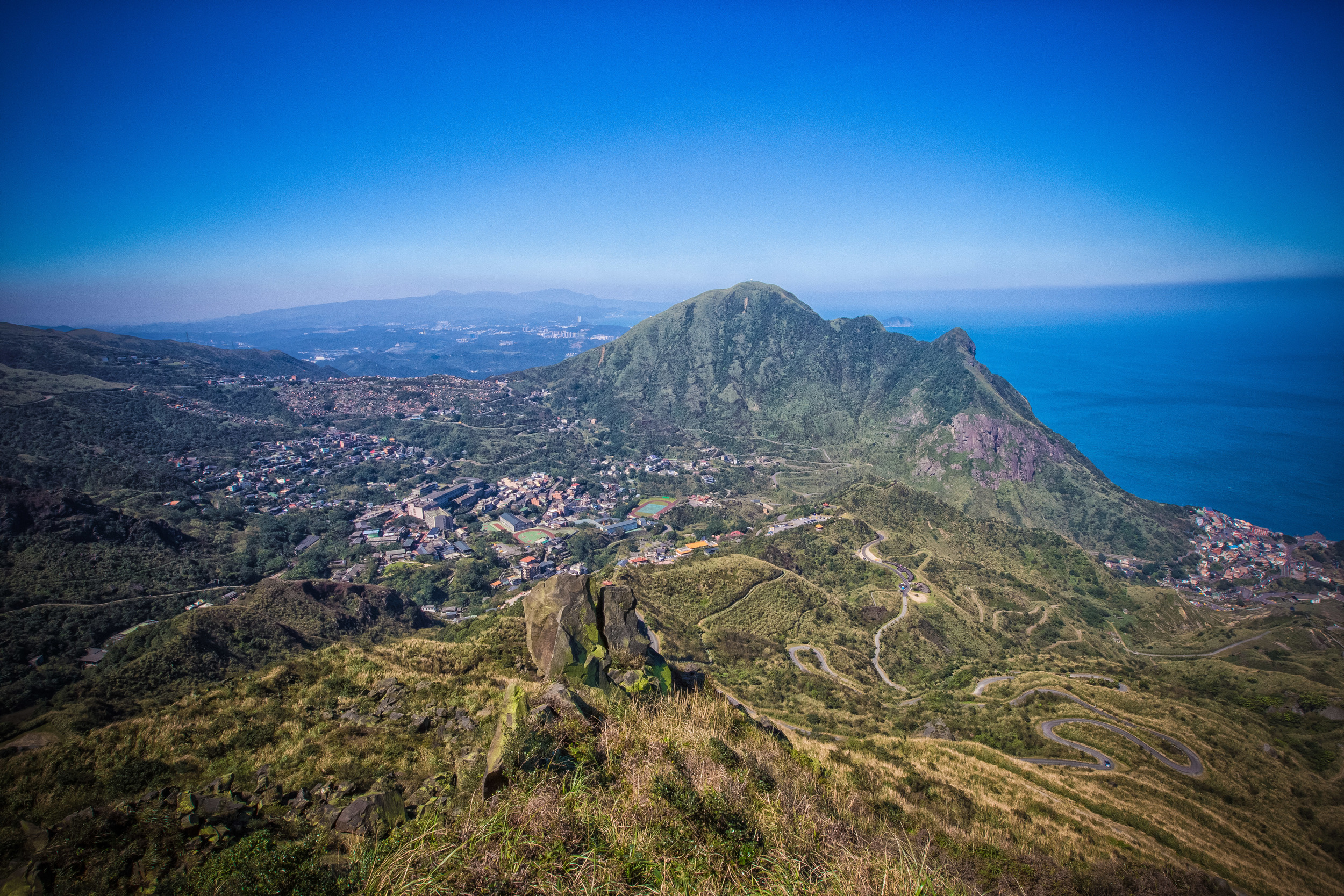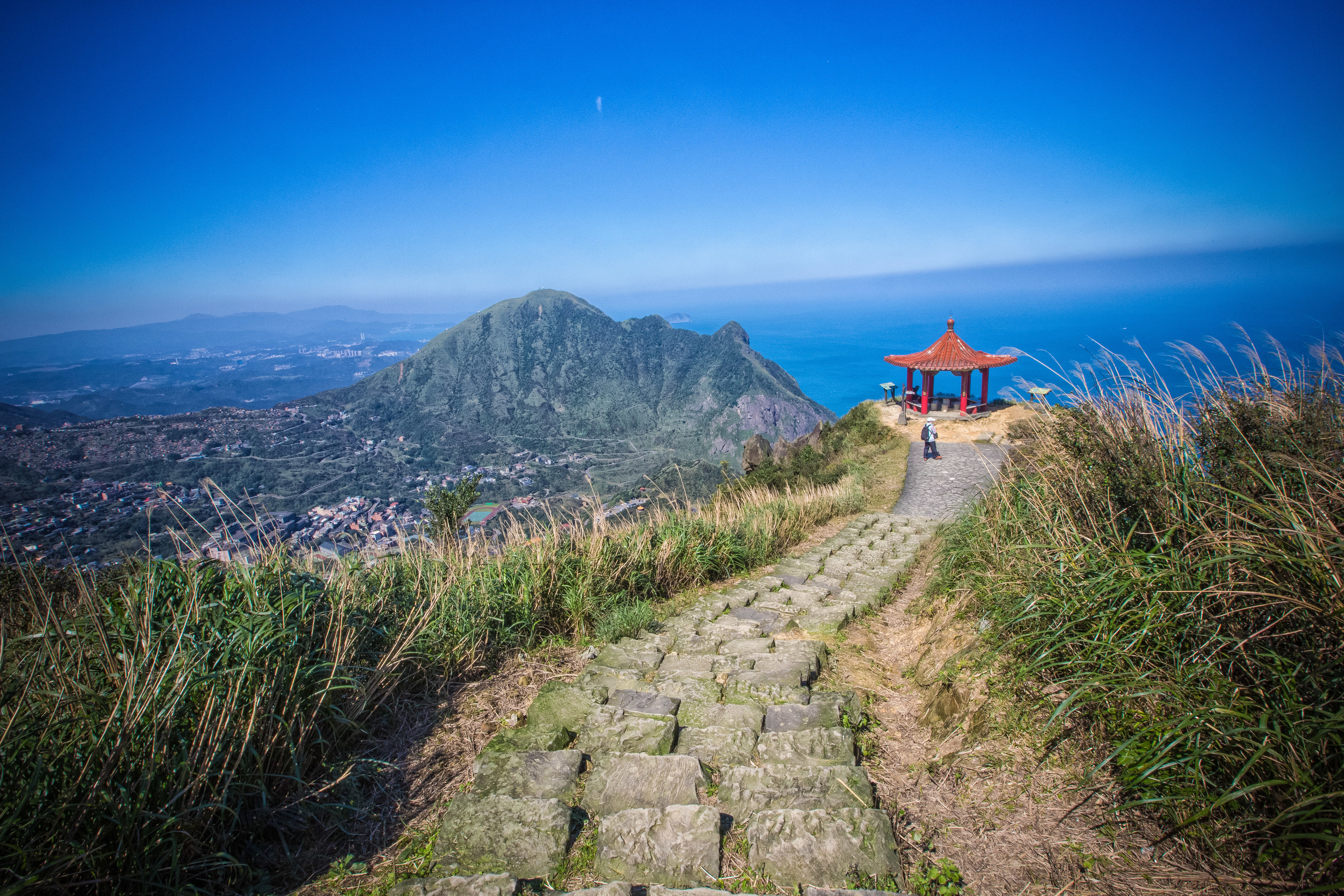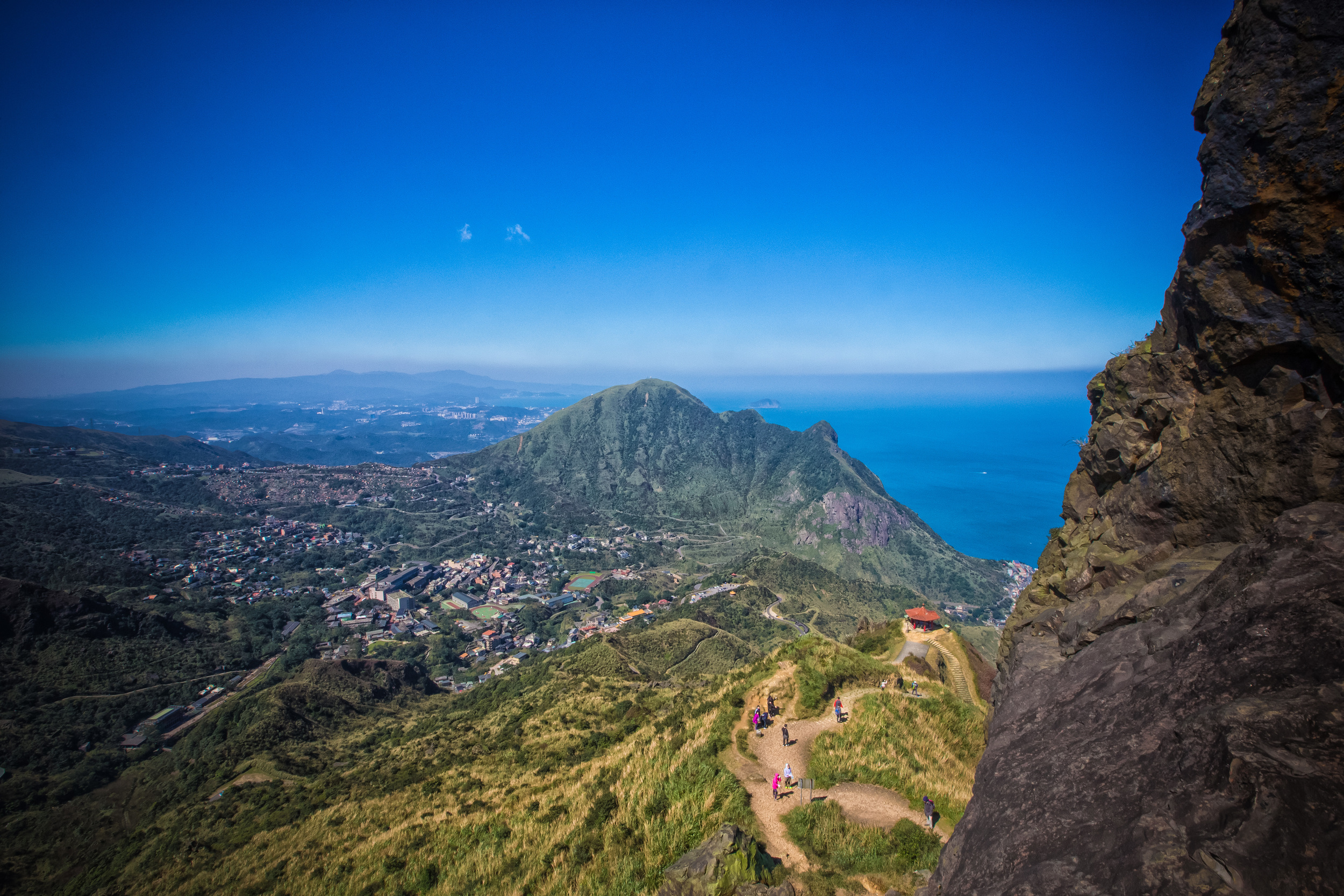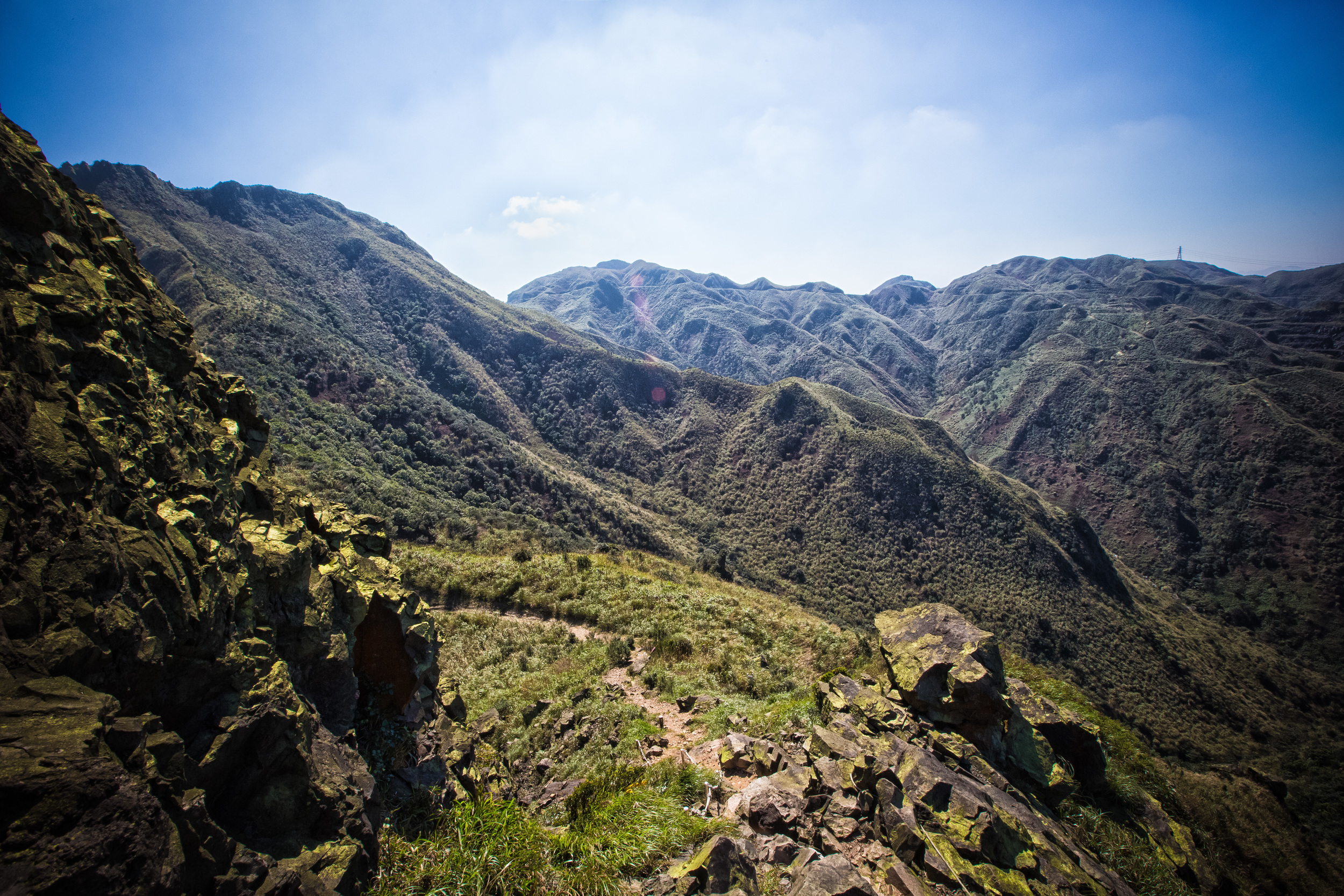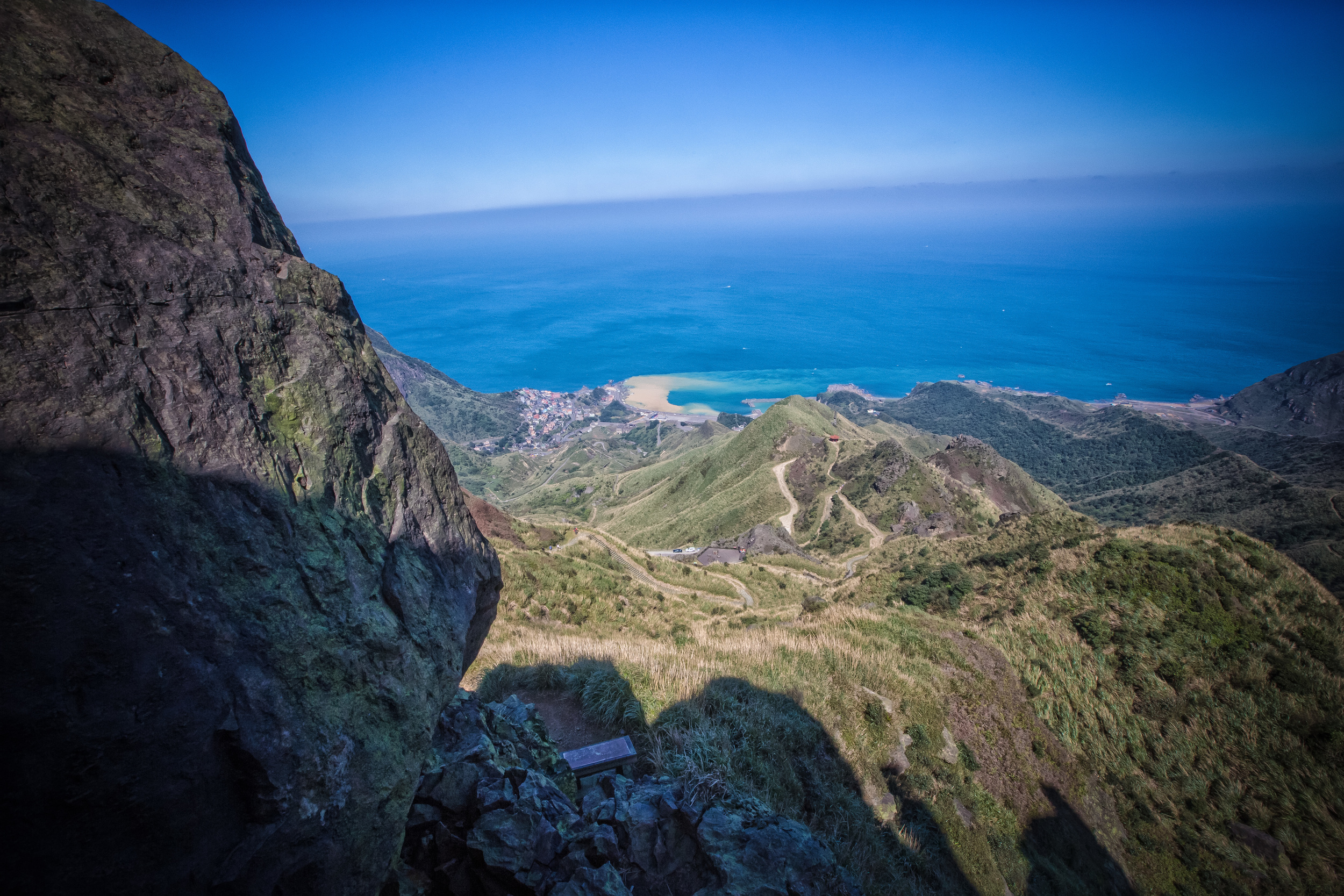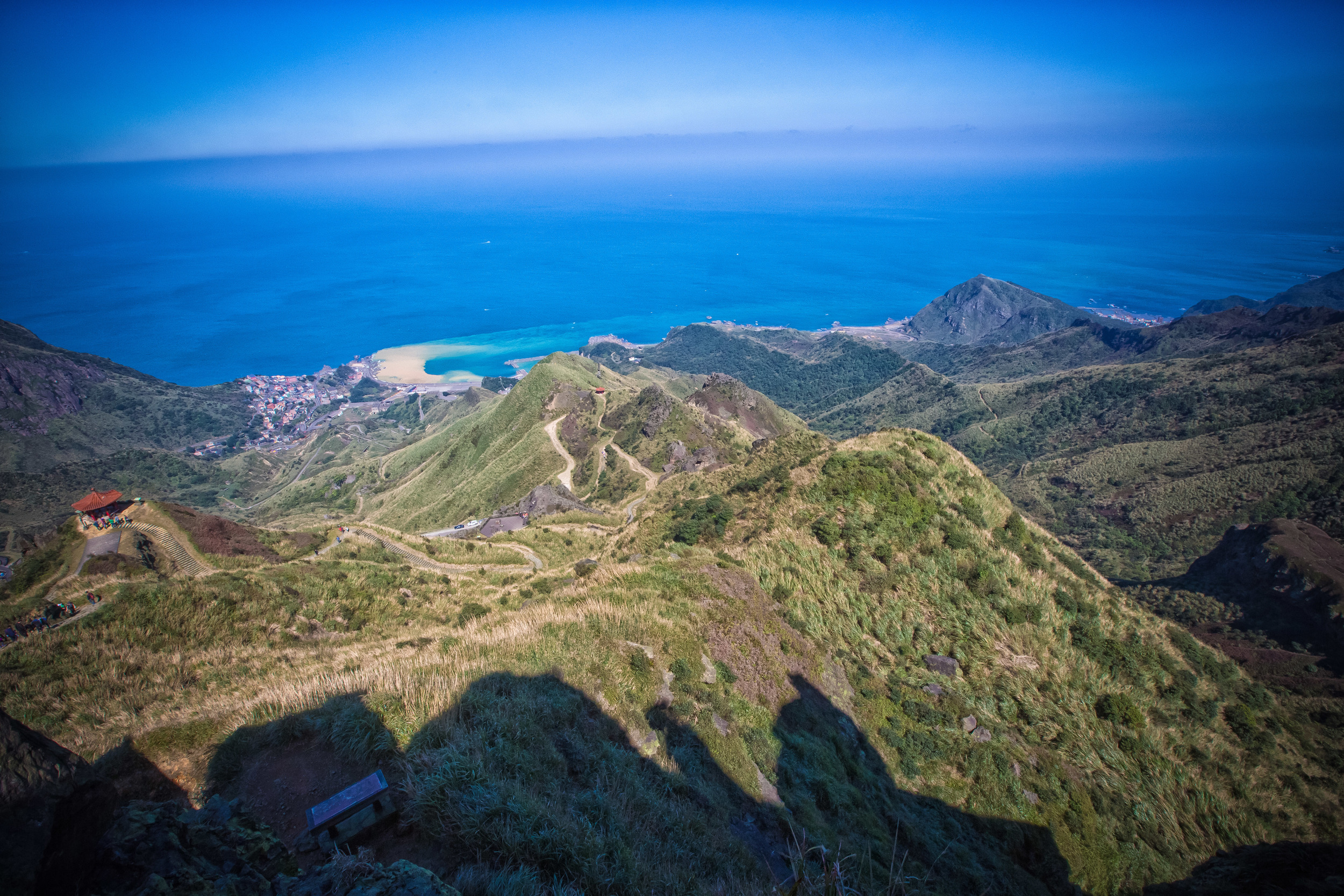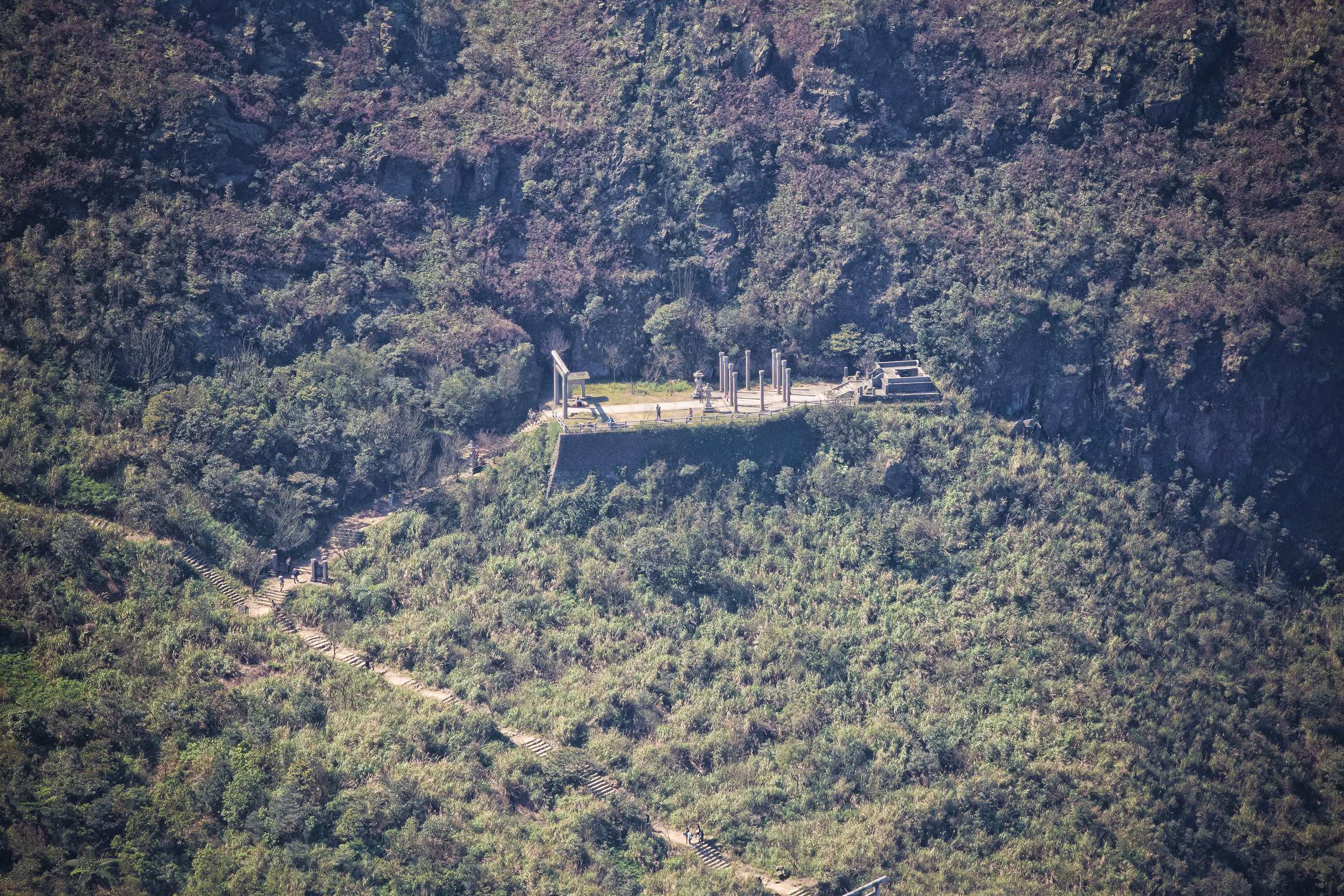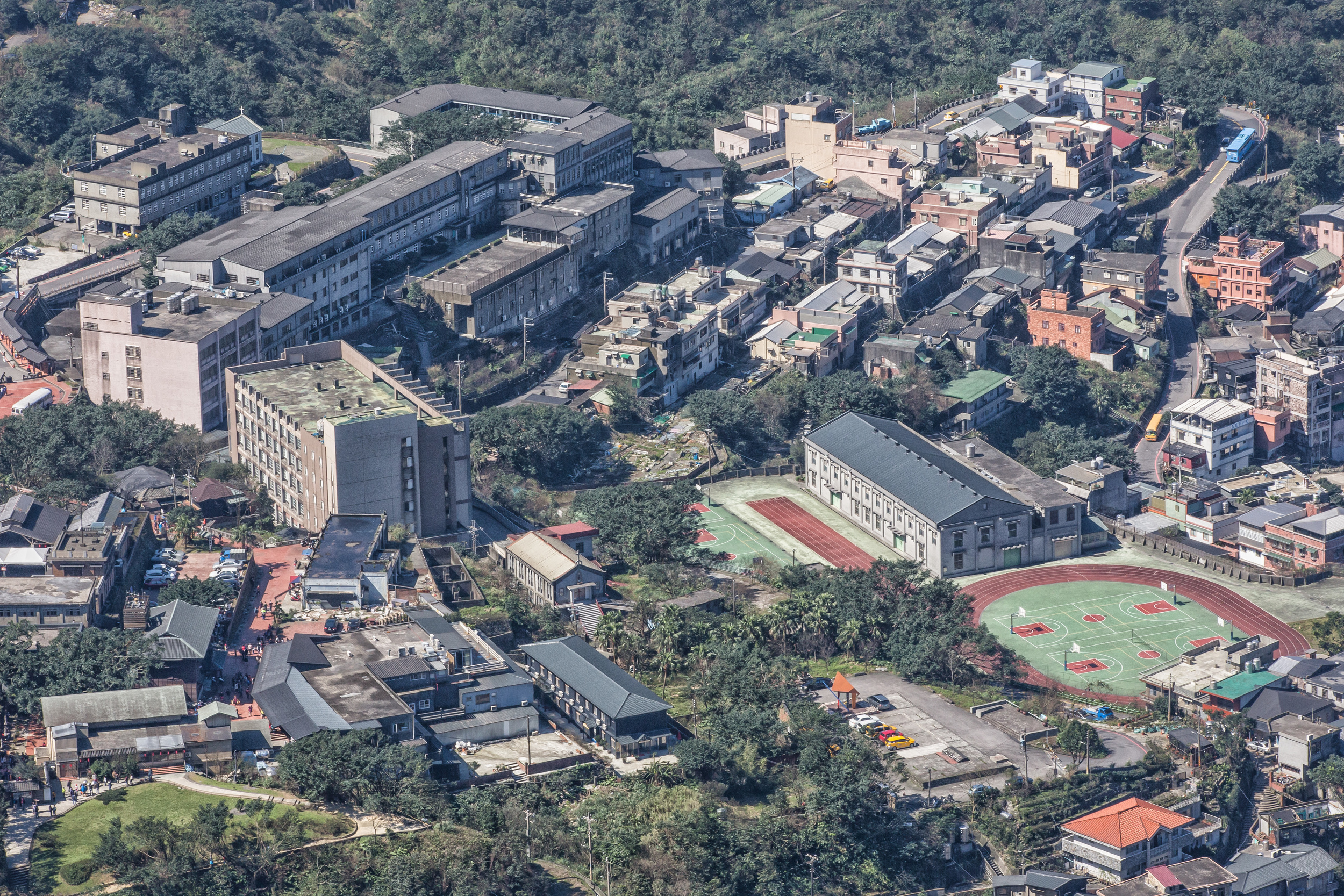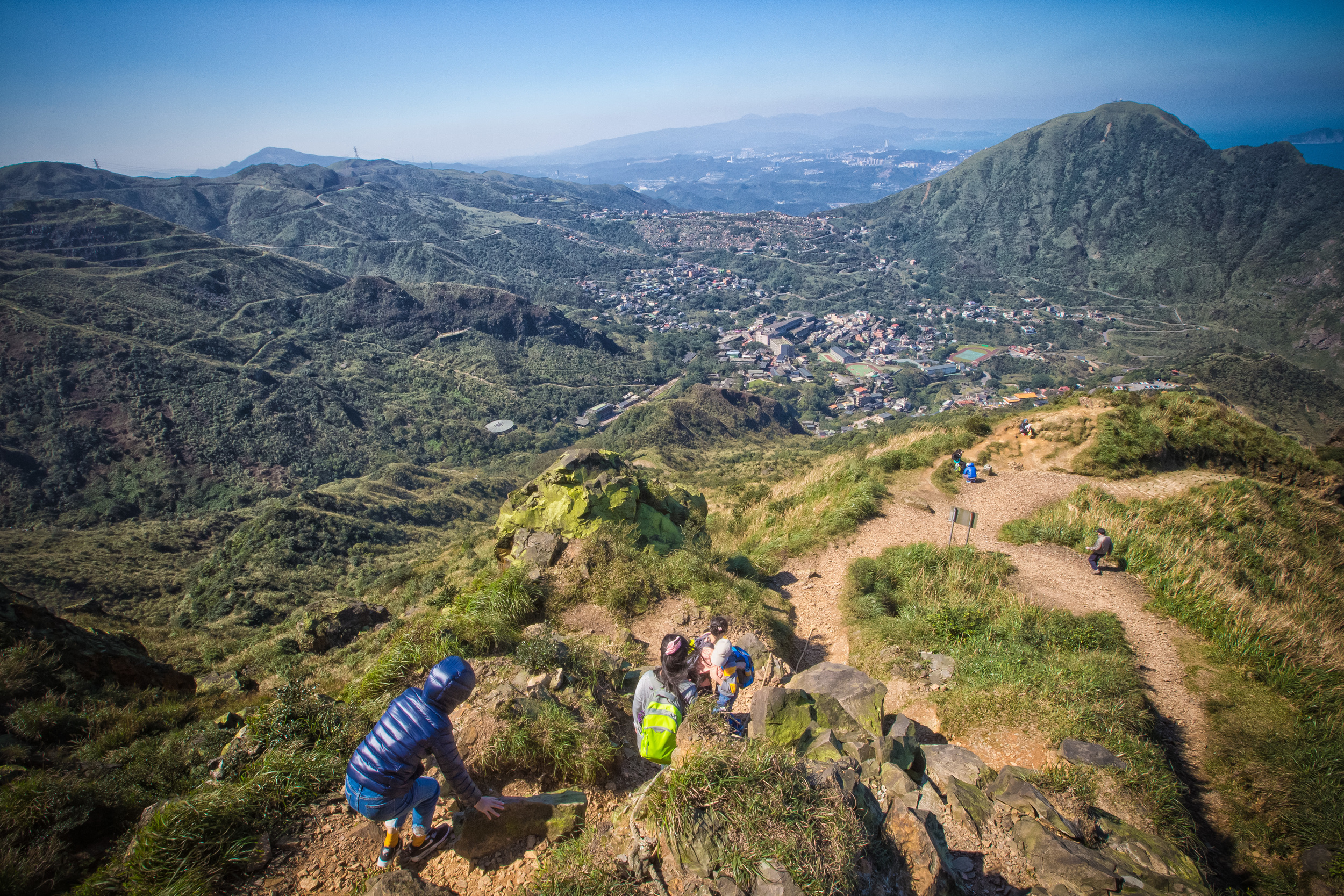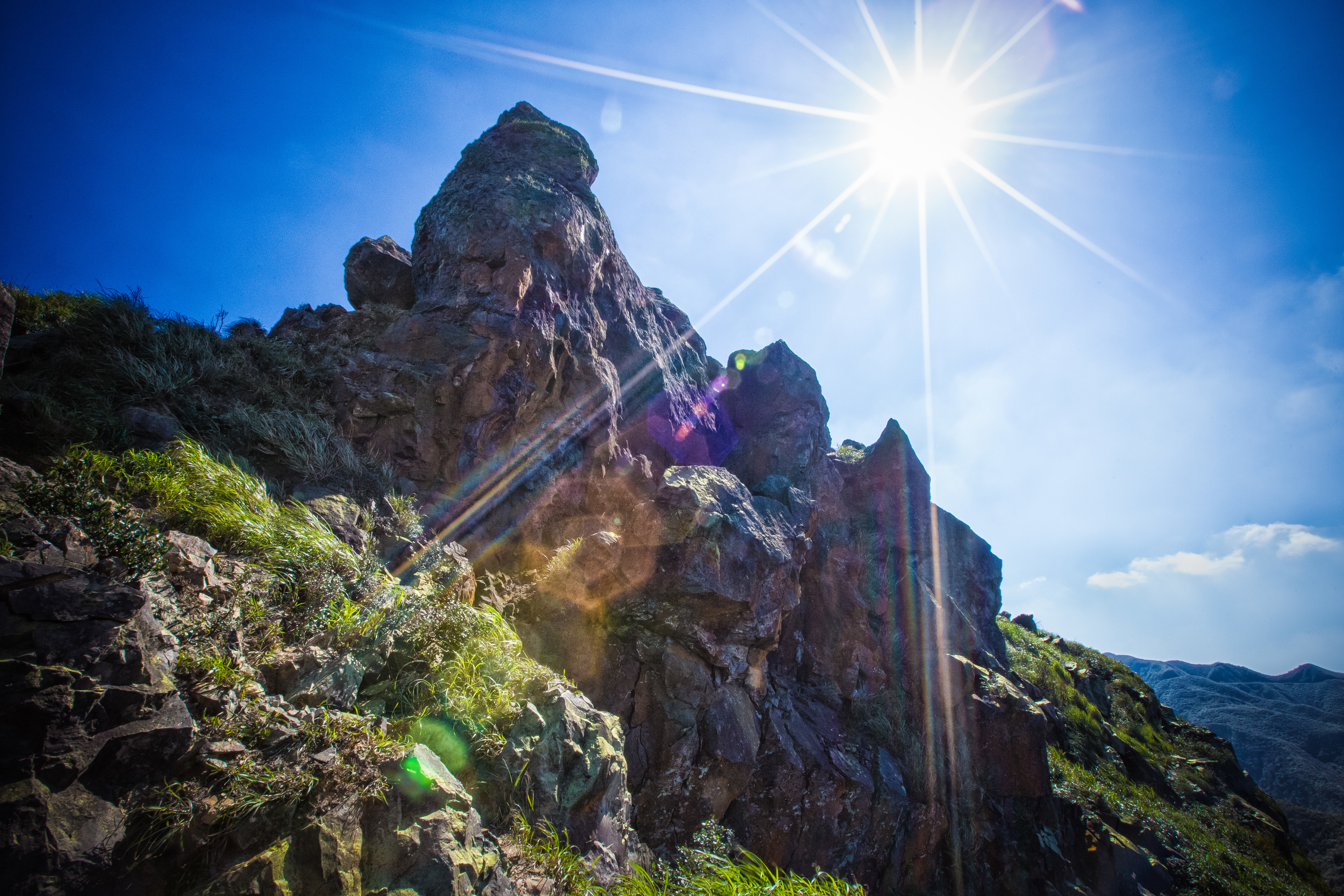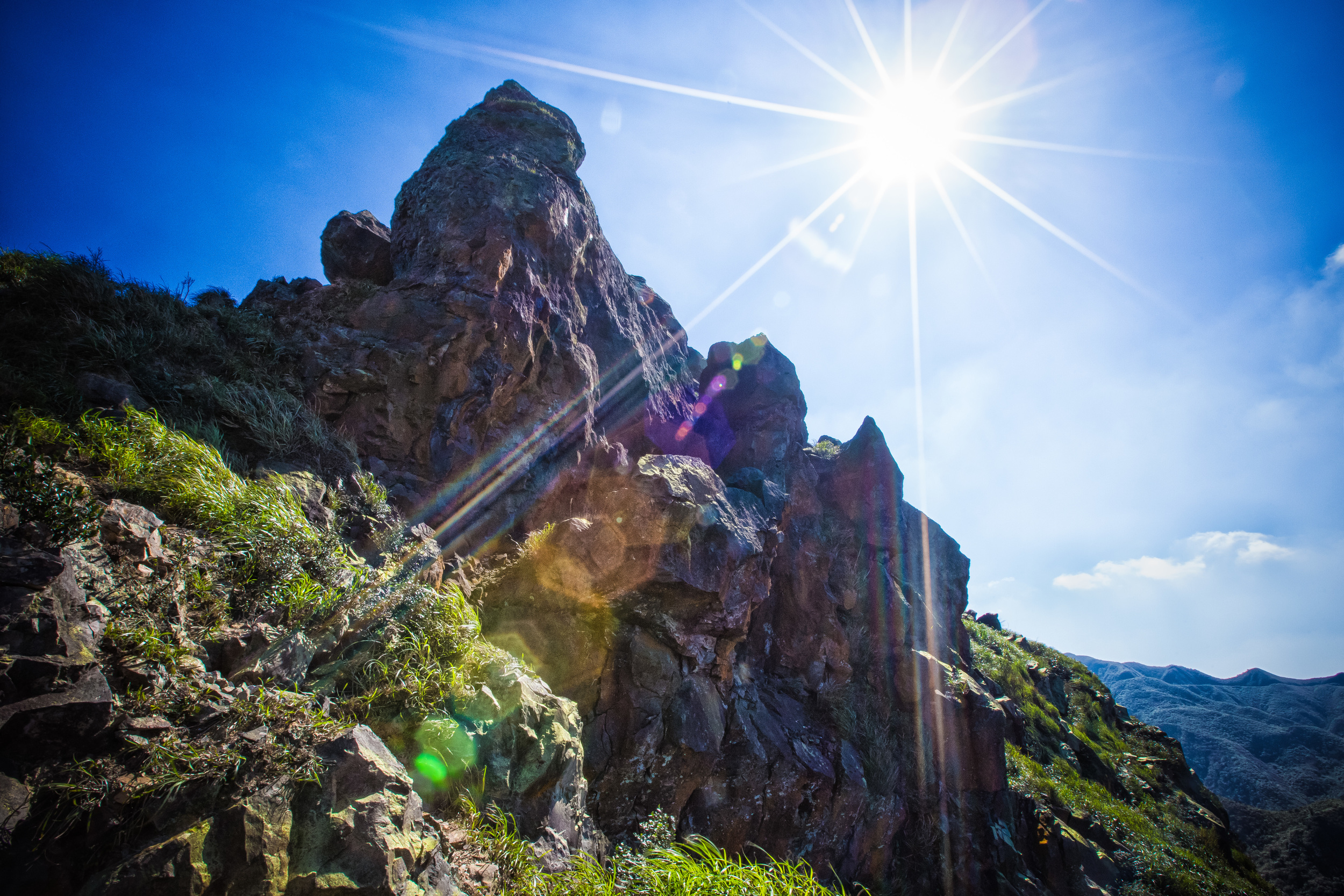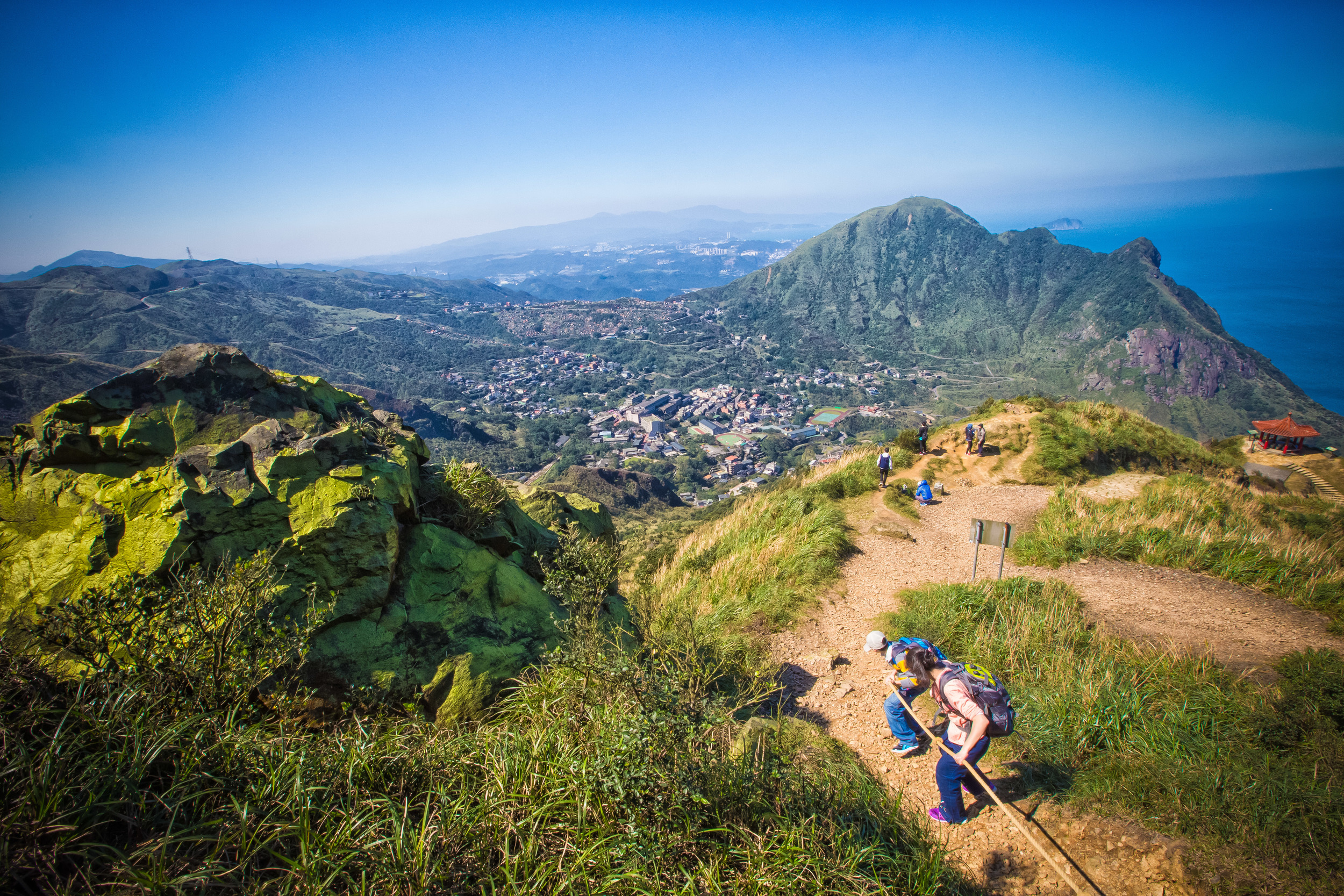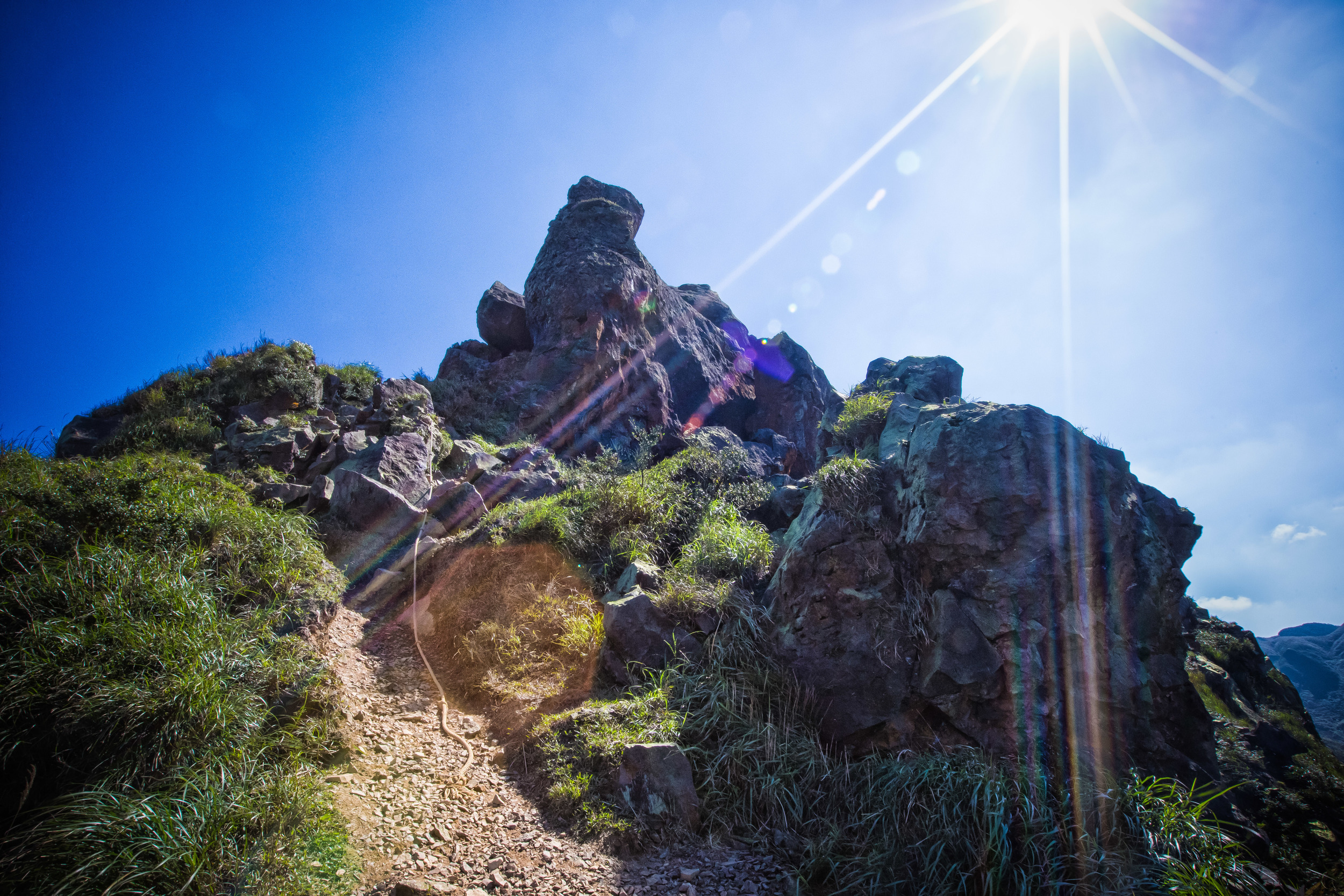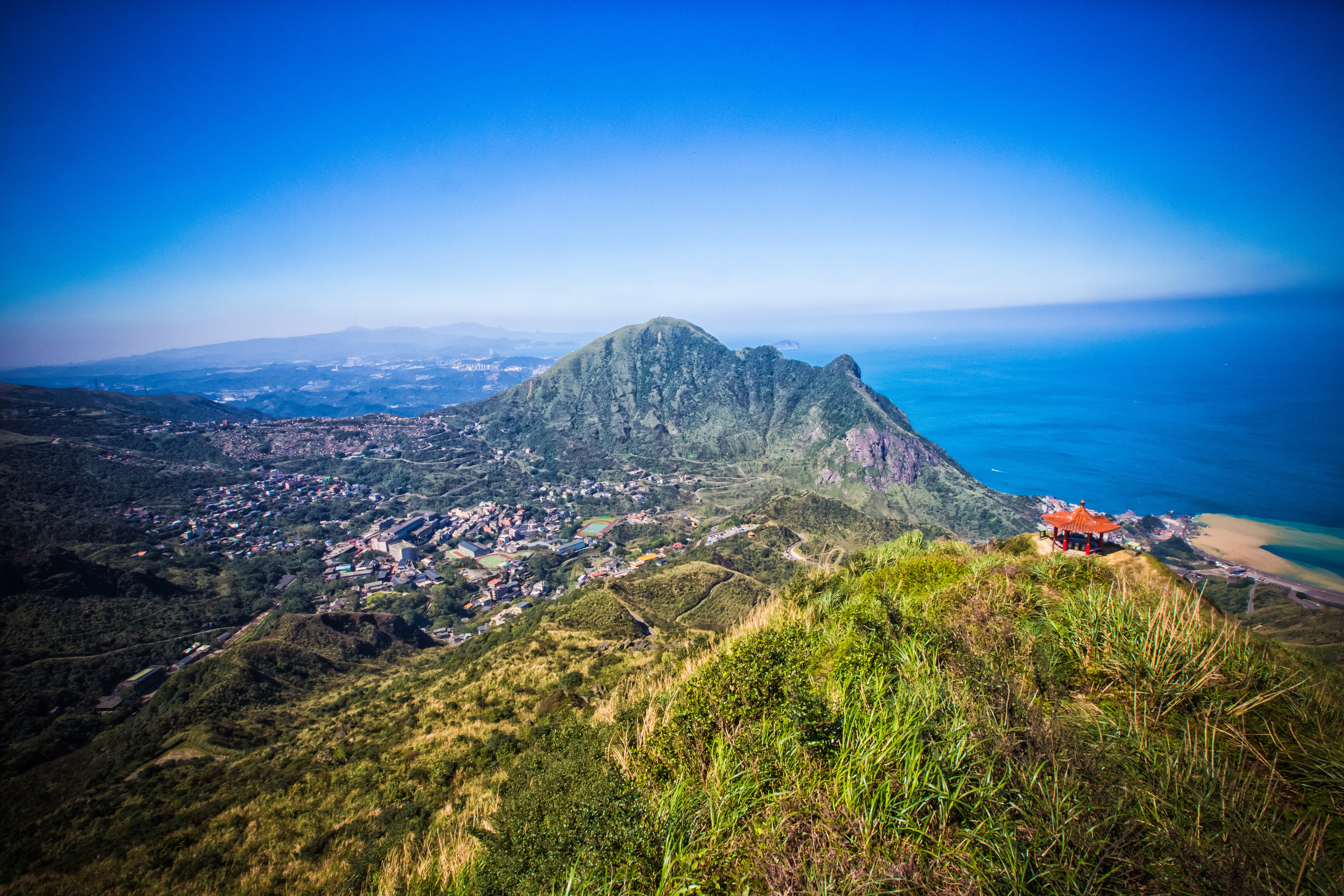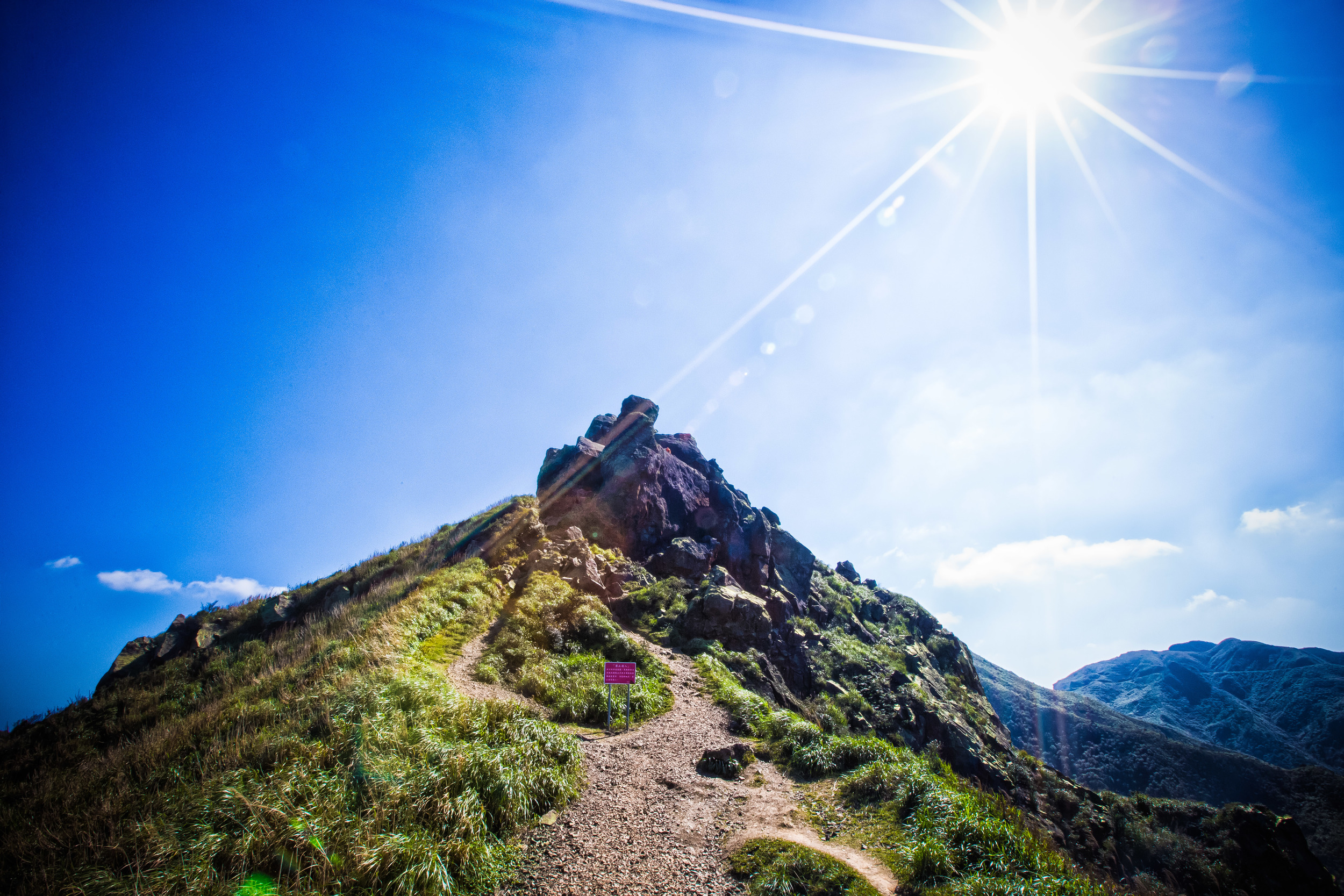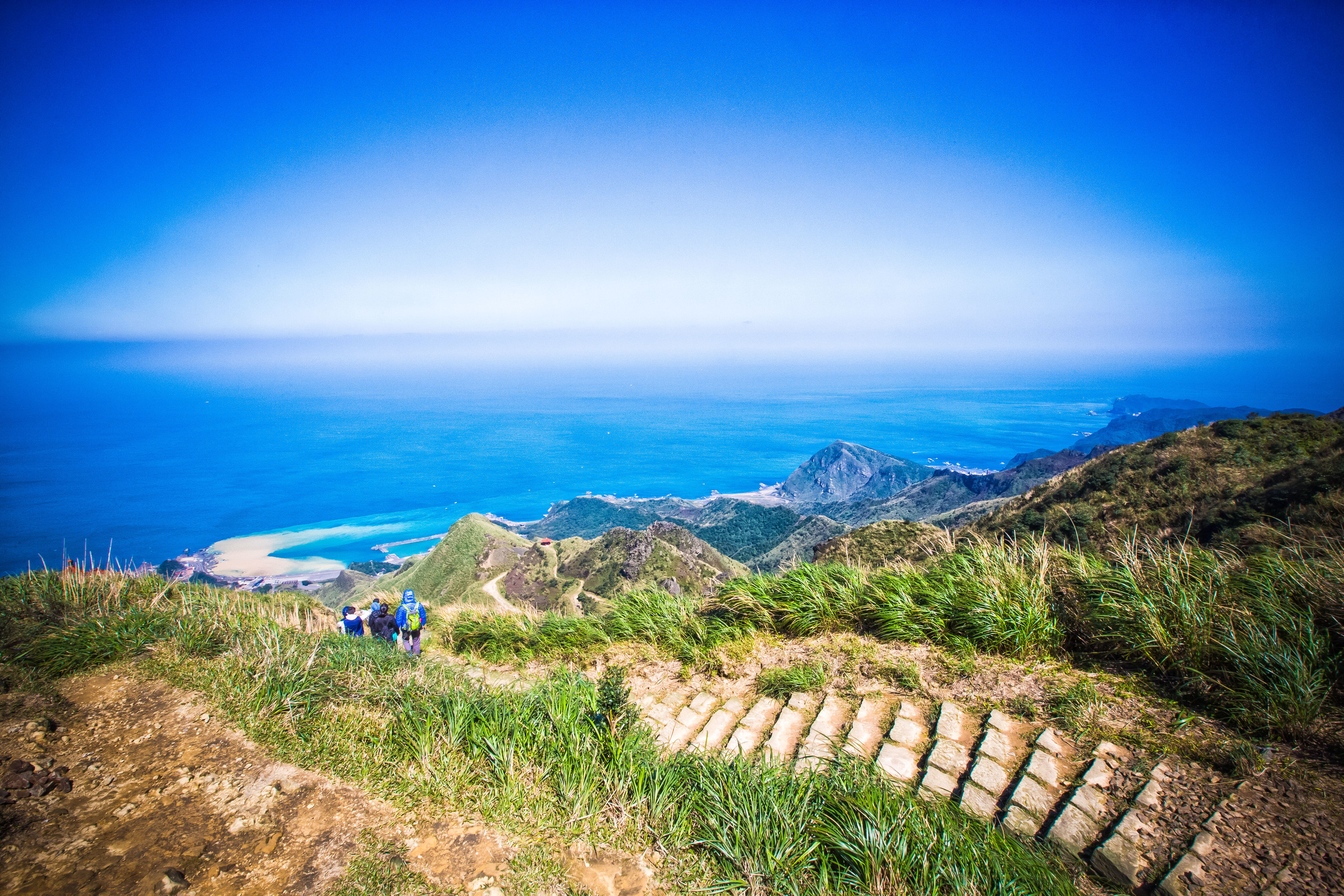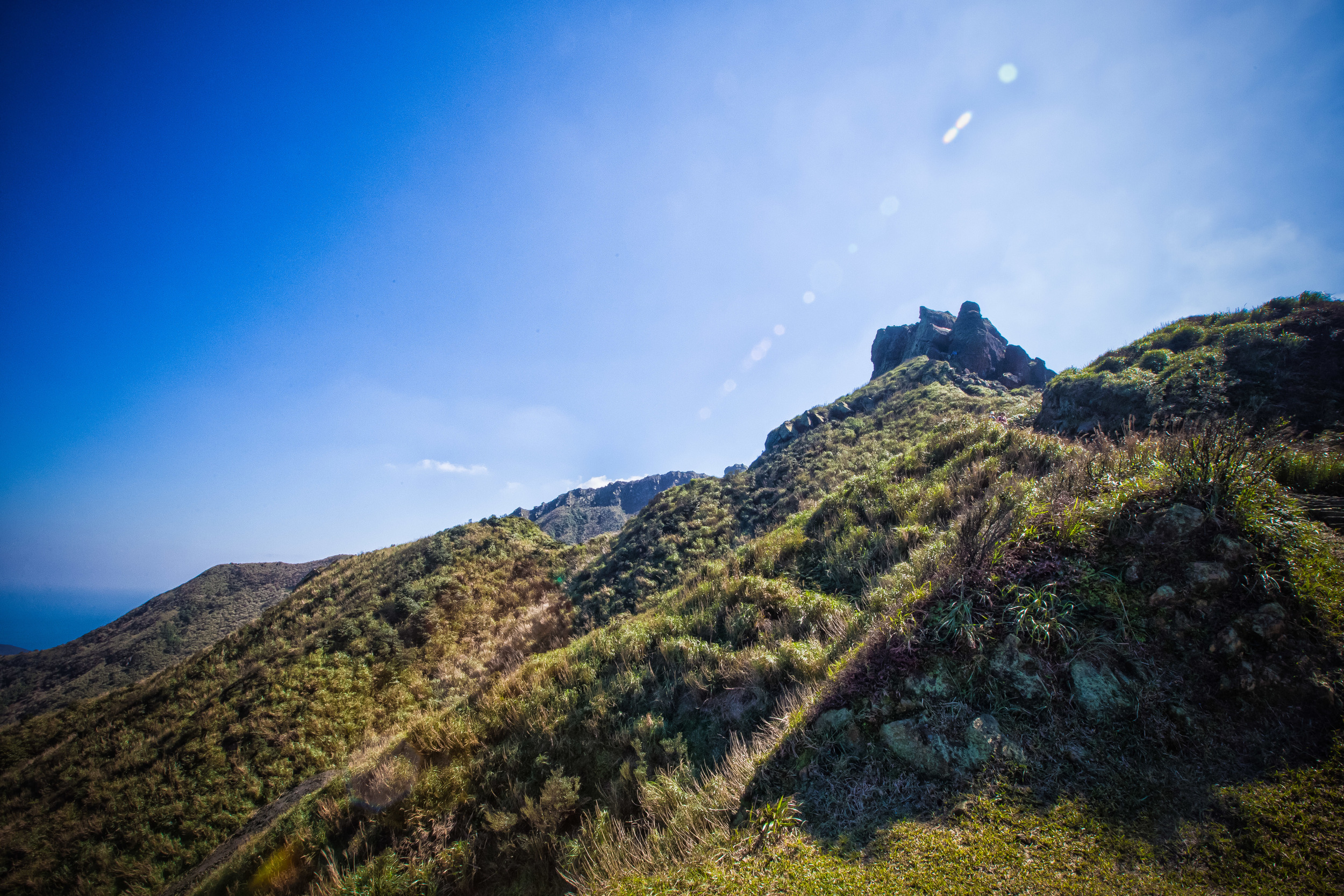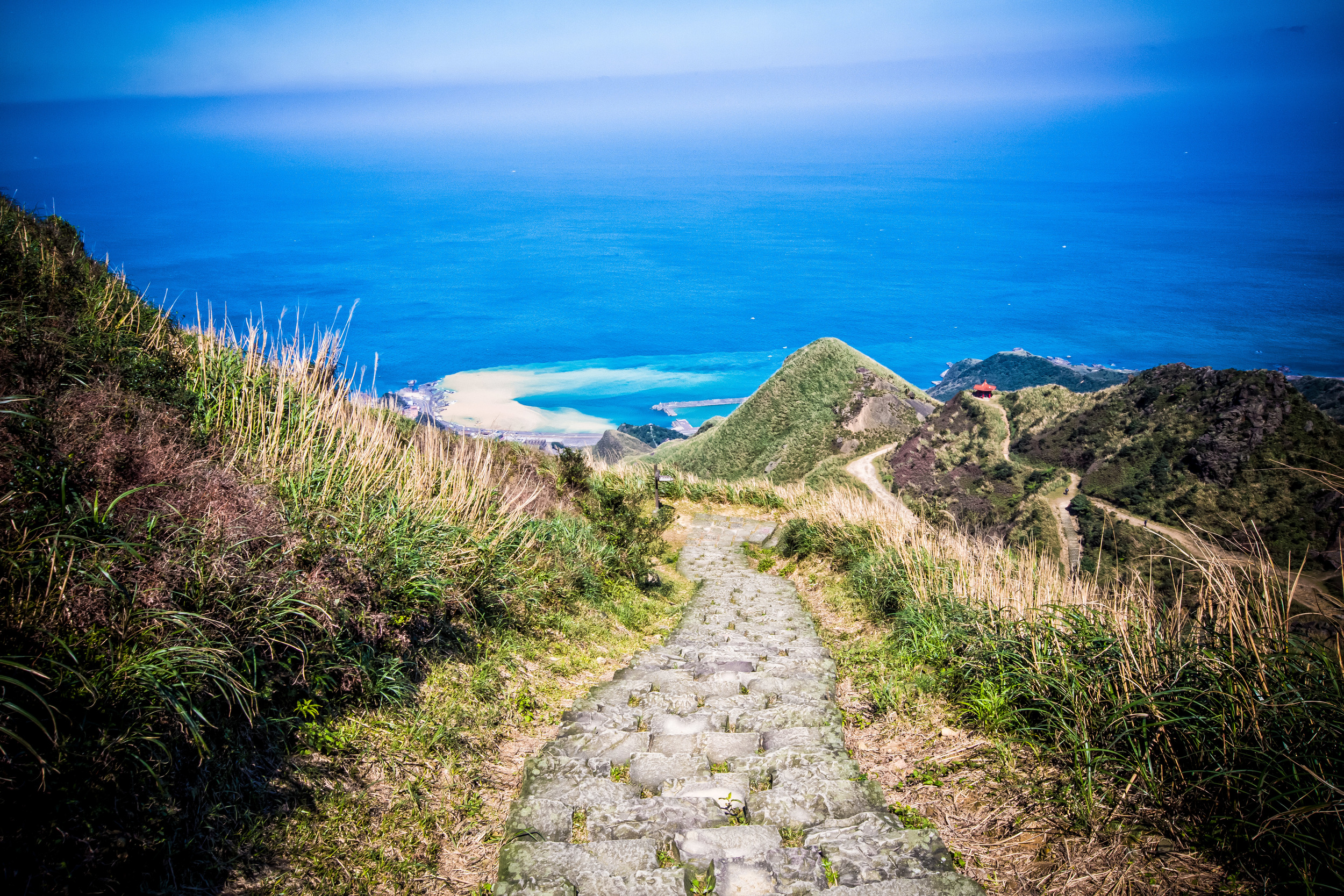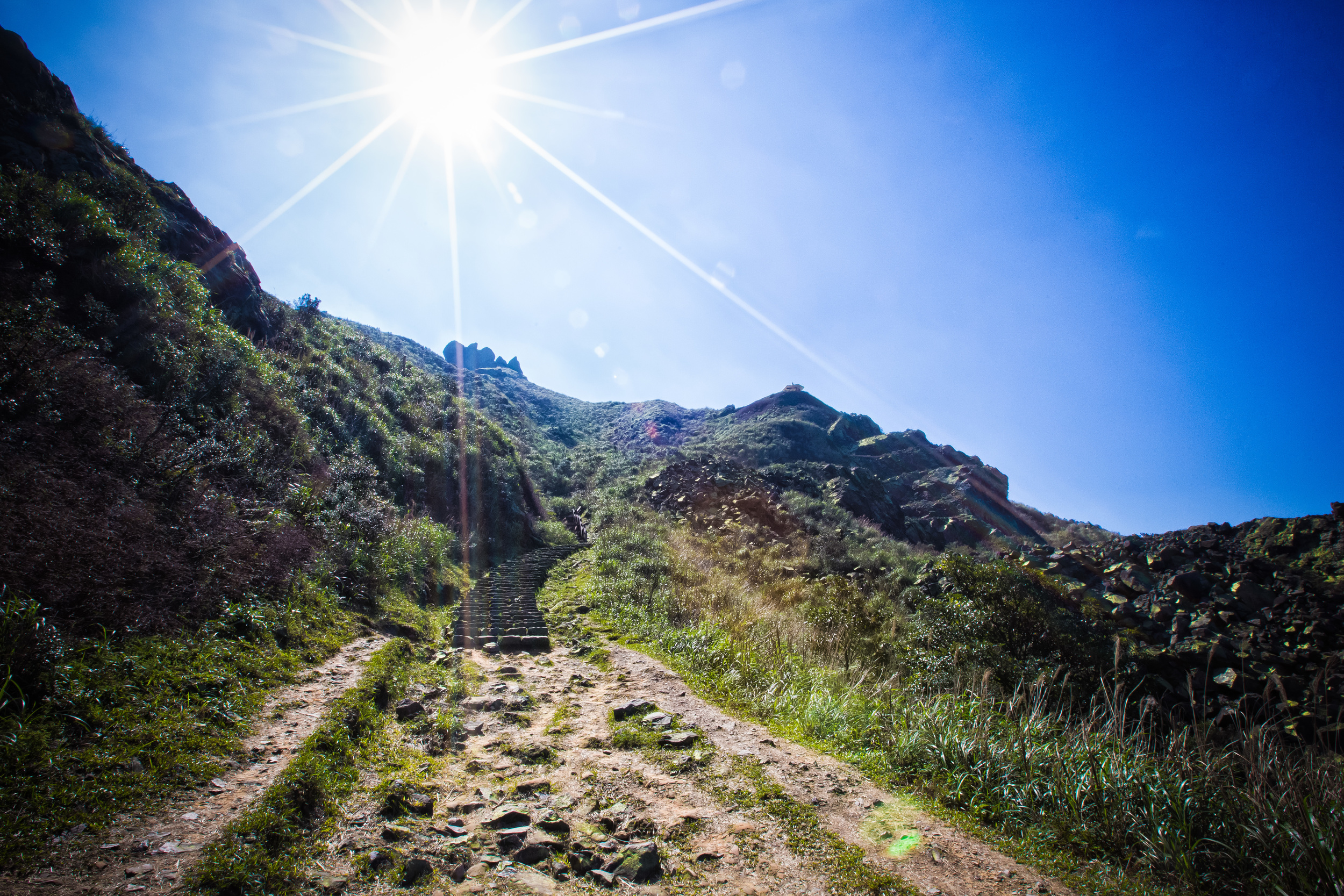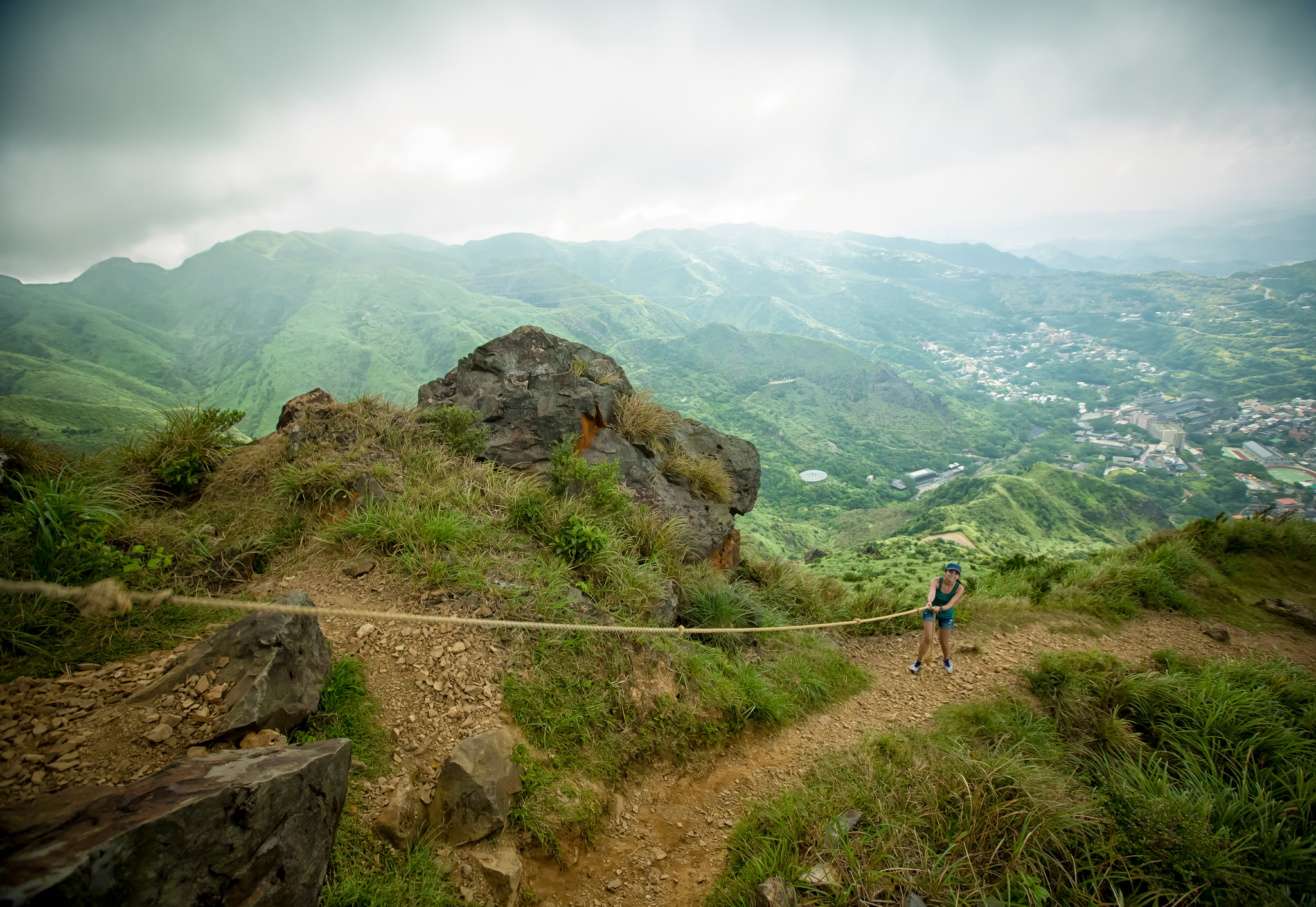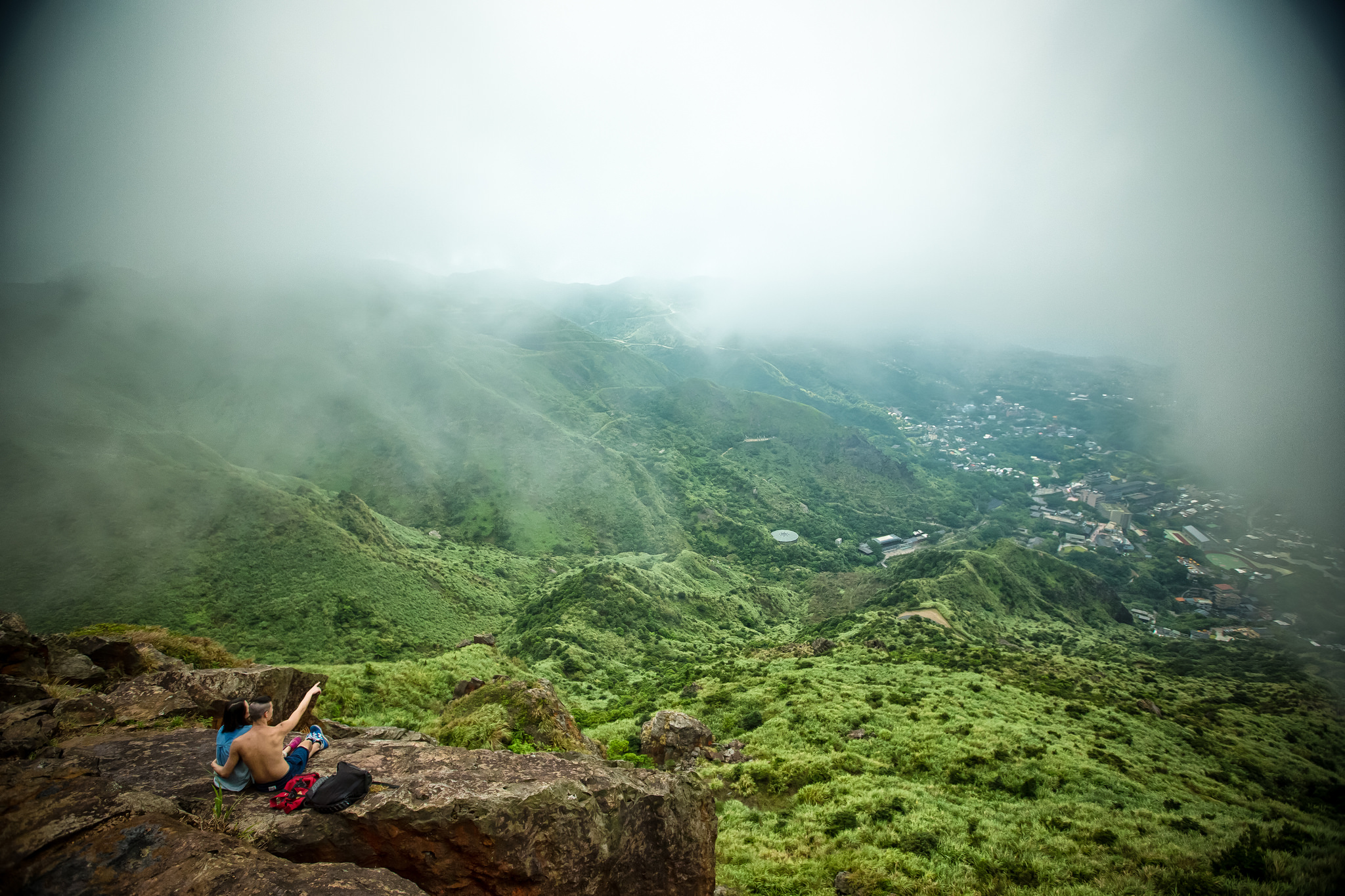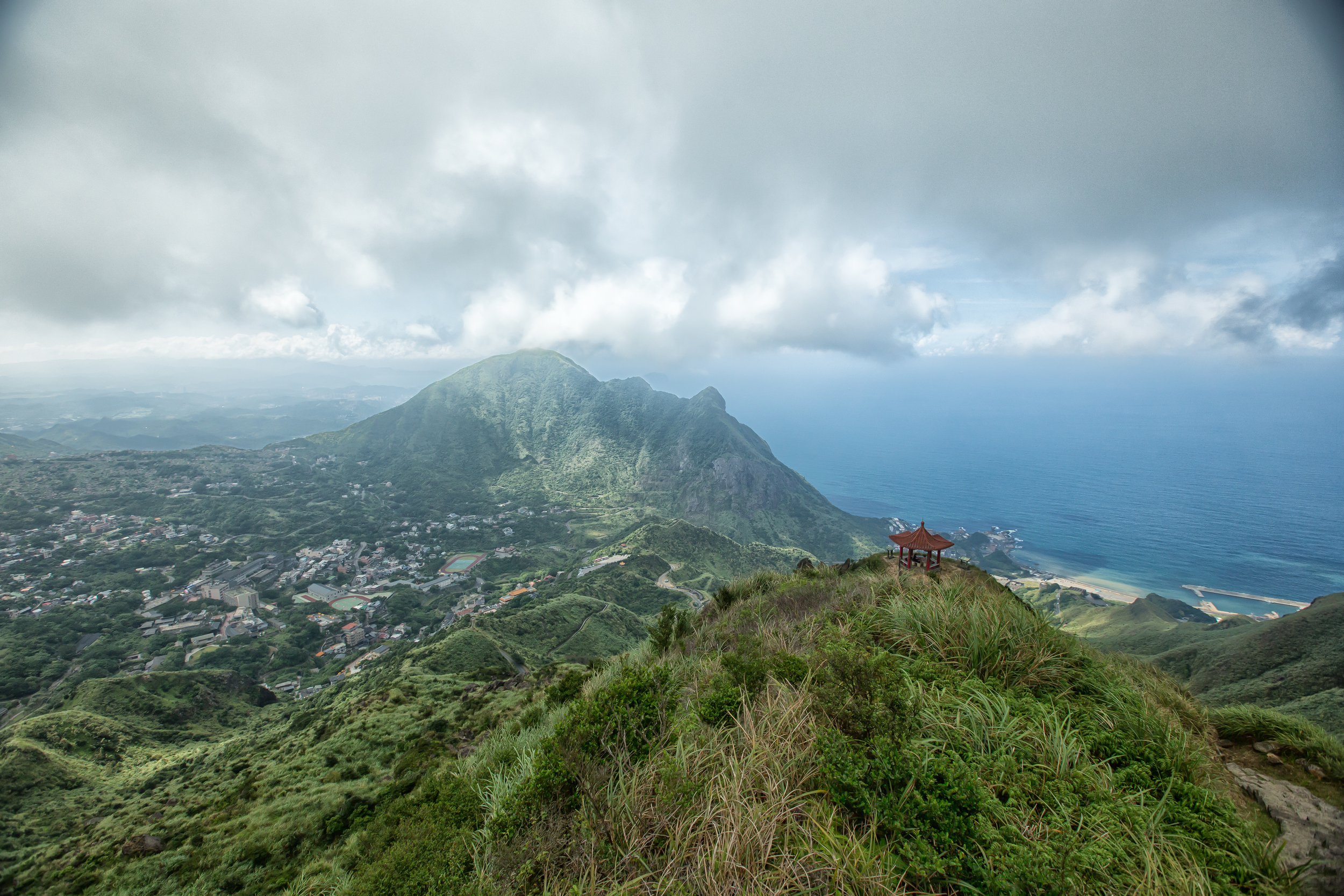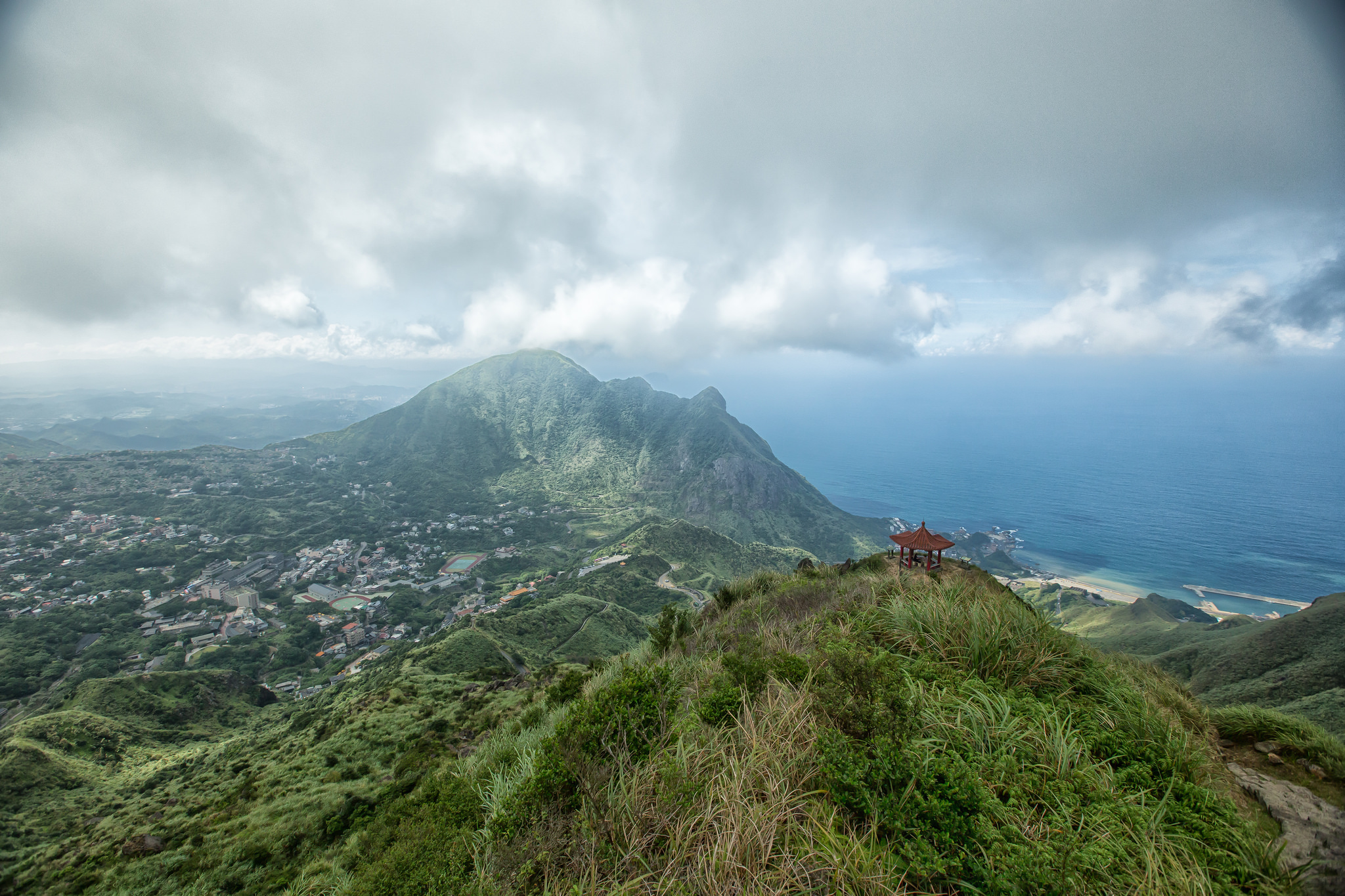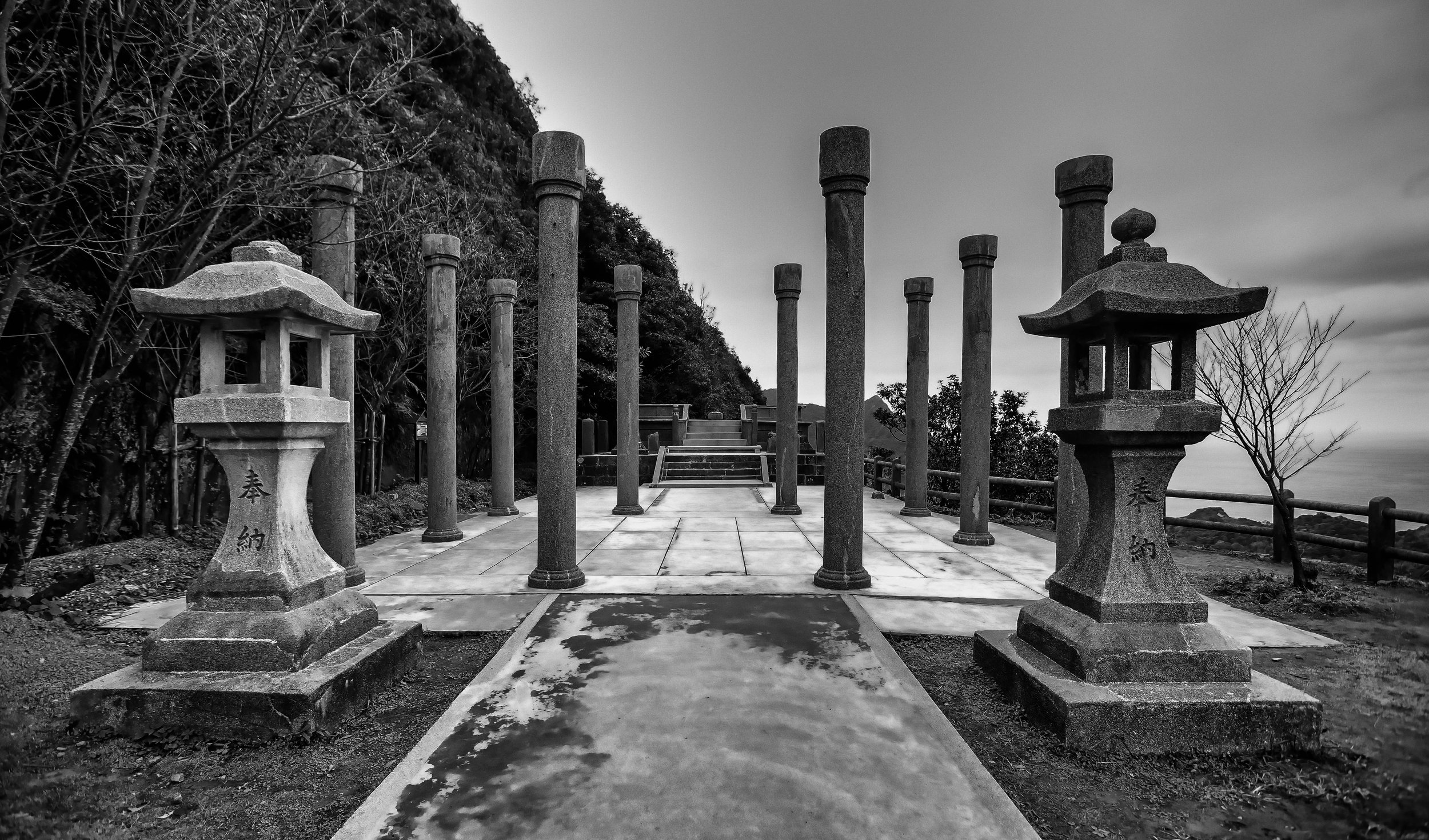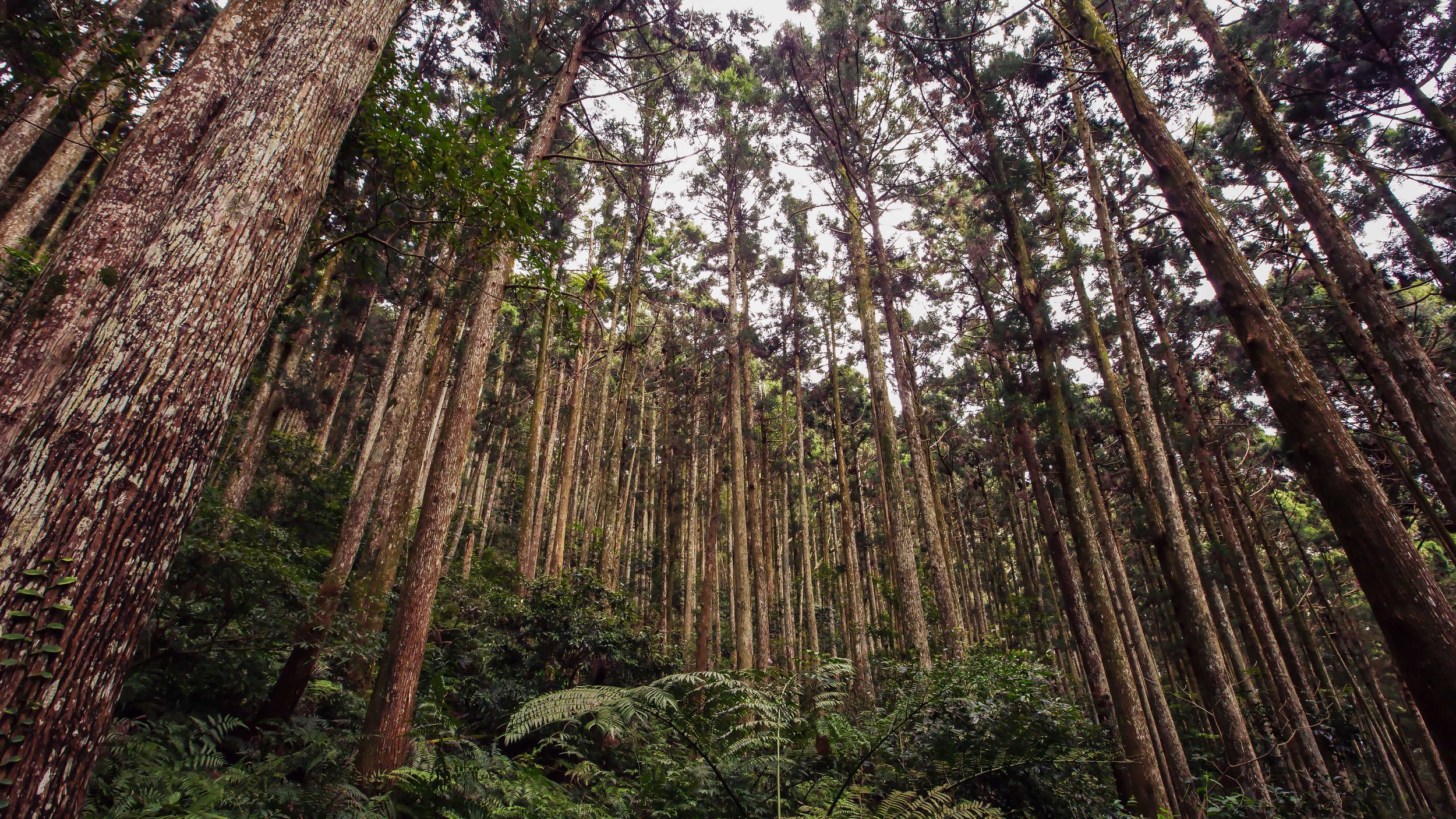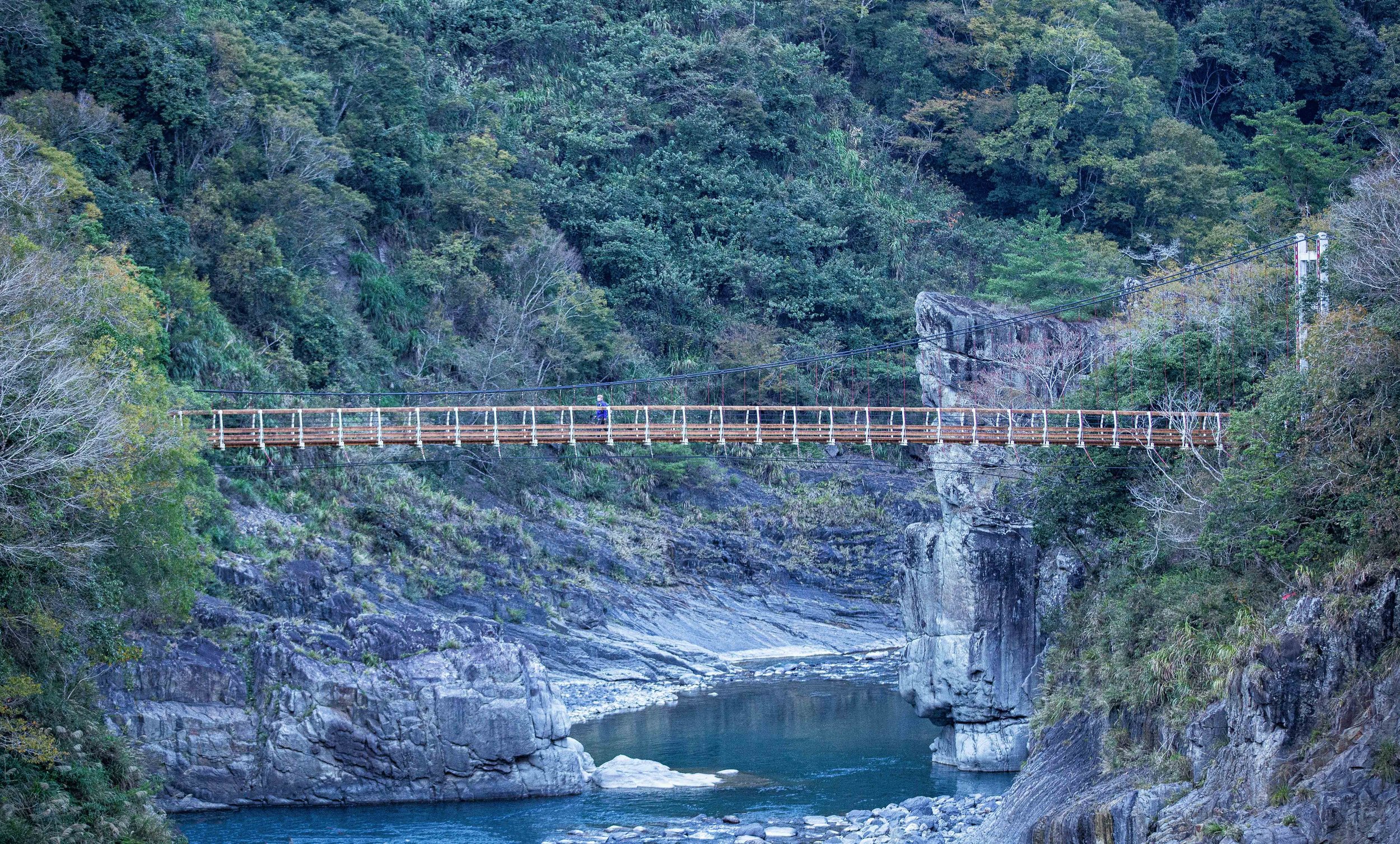A few weeks ago I went on a photowalk around Guandu (關渡) with some photographer friends and it led me back to Guandu Temple (關渡宮), one of my favourite temples in Taipei. I've already blogged about the temple before, so today being that it just so happens that it is Guanyin's birthday - I'm going to share a few photos of my favourite shrine in the temple and explain it a little bit as well as a funny experience that happened while at the temple.
The day of our photowalk it was forecast to rain, it had already rained for the entire of month of March and the weather was having a major effect on people's moods. Billy, the leader of the photowalk group thought about cancelling it the day before, but we all decided that we shouldn't let the weather get the best of us and we went anyway.
When we arrived at the temple, it hadn't started to rain, so I helped to lead people around the temple showing them the highlights and discussing random things about its construction. When we got to the Guanyin shrine, one of my favourite Buddhist shrines in all of Taiwan, one of the photowalkers asked me why there were two stone elephants guarding the door rather than the lions that most temples have. Truthfully I couldn't answer the question and I thought it was a bit strange myself as I had noticed earlier that they were designed in the Thai-style.
So instead of standing around and thinking about it, I walked into the shrine room and approached the attendant to ask her if she knew. She replied to me: "I don't understand your Chinese" (我聽不懂你的中文), so I repeated myself more slowly thinking that my Beijing accent and pace of speaking were too much for her.
After repeating my question in a very slow and clear manner she replied to me in broken Mandarin that she couldn't understand and asked if I could speak Taiwanese. I expect this kind of thing is common in the south of Taiwan, but in Taipei it's quite rare to find a local that can't speak Mandarin.
She eventually found a young woman who could speak Taiwanese and I asked her the question and she translated it for me.
The reply was: "I've no idea, ask someone else." Mystery unsolved.
The Guanyin shrine room at Guandu temple is one of my favourite for a few reasons - The first is because it is connected to a long cave which is inside of a mountain. The cave has murals along the walls telling different Buddhist stories. The shrine is at the end of the cave and there is a balcony that takes you out to the side of the mountain overlooking the Danshui river.
The shrine itself is of the Thousand-Armed Guanyin (千手觀音菩薩) and to me is expertly crafted and the lighting in the room makes it look amazing. I can see however that it might come across as scary to some (she's holding various weapons) but if you really understand the purpose and story behind this depiction you might really appreciate the beauty of it -
The topic of "Guanyin" can be a bit confusing to some, because in countries that practice Buddhism, this specific "Buddha" is depicted in a lot of different ways and you might not ever know who you're looking at. The name "Guanyin" (觀自在) comes from the original"Avalokiteśvara" (སྤྱན་རས་གཟིགས་) who is referred to as the "Buddha of Compassion" and literally means "the lord who looks down on sound" (those who are suffering). The purpose of this specifc Buddha is to show compassion and remain on Earth and work to alleviate the suffering of human-kind. Today, it is said that the 'Buddha of Compassion' walks around in human form and is the nobel peace prize laureat known around the world as the Dalai Lama.
As for the differentiation in iconography between different traditions, the best explanation is that over history, the Buddha of Compassion having returned so many times reappeared as a male and a female. This is why you will find that this specific Buddha appears in different forms in different countries and in some cases may even appear androgynous. Here in East Asia, Avalokiteśvara is typically depicted in the form of Guanyin (觀世音菩薩) and for Chinese, Taiwanese, Korean and Japanese Buddhists she is a popular figure of worship.
The story behind this specific statue of Guanyin comes from a popular Buddhist myth (南海觀音全撰) that tells of a conversation between Guanyin and Amitābha Buddha (阿彌陀佛) - two of the most important Buddhas - where the Buddha of Compassion complained about the never-ending mission that he/she was on. Despite all the hard work that was done over countless lifetimes, humans were still miserable and suffering. Amitābha hearing this transformed Guanyin's body into one with eleven heads (to hear the cries of humanity) and one thousand arms which would help to aid in helping to alleviate the suffering of humanity.
I'm neither a Buddhist, nor am I religious, but the story of the Thousand-Armed Avalokiteśvara stands out to me as a westerner for a few reasons. The first being that I come from a culture that believes in a God that demands worship, adoration and adherence to a set of rules. In the other case we have a god-like figure (Buddha's are not actually gods) whose entire purpose is to help humanity realize it's full potential and live a happy life free of suffering. To me they seem almost the polar opposite of each other - one demands adherence and love while the other asks for nothing and works tirelessly to improve your life. If I were looking a religion (I'm not, no knocks on my door please) I might actually lean more to the latter as it seems a bit more genuine.
The next reason is that in Buddhism, gender is not an obstacle in attaining enlightenment or for becoming a Buddha. It does not matter to Buddhists if a female becomes one of the most prominent figures in the religion. I can appreciate a system of beliefs that does not limit a person's individual potential based solely on their gender or their sexuality. The world would be an infinitely better place today if women were given equal opportunity to include themselves and lead in all facets of life as well as in philosophical debates rather than the age-old system of patriarchy that has been in place.
If you have a chance to visit Guandu temple, make sure to check out this shrine and take a few minutes to enjoy the craftsmanship that was put into constructing this giant statue. No matter what your opinion of religion, you have to appreciate the human intellect and skill that went into constructing it and that's basically the attitude I take with me when I visit temples with my camera in hand. I respect the human ingenuity, skill and care that was taken to make these giant museums of Taiwanese art.
If you have any questions, comments, or corrections, please feel free to comment below or send an email through the contact section.

